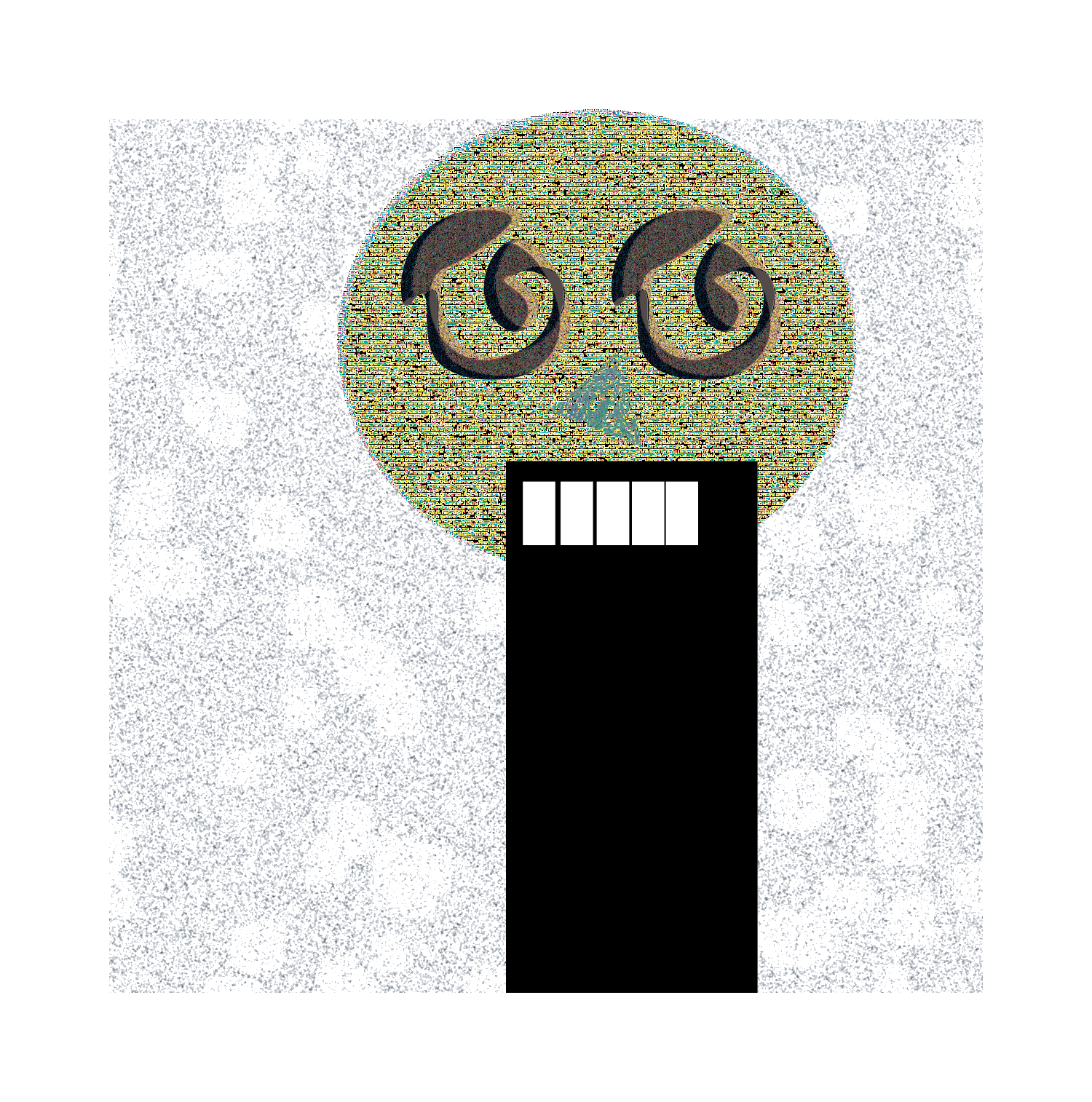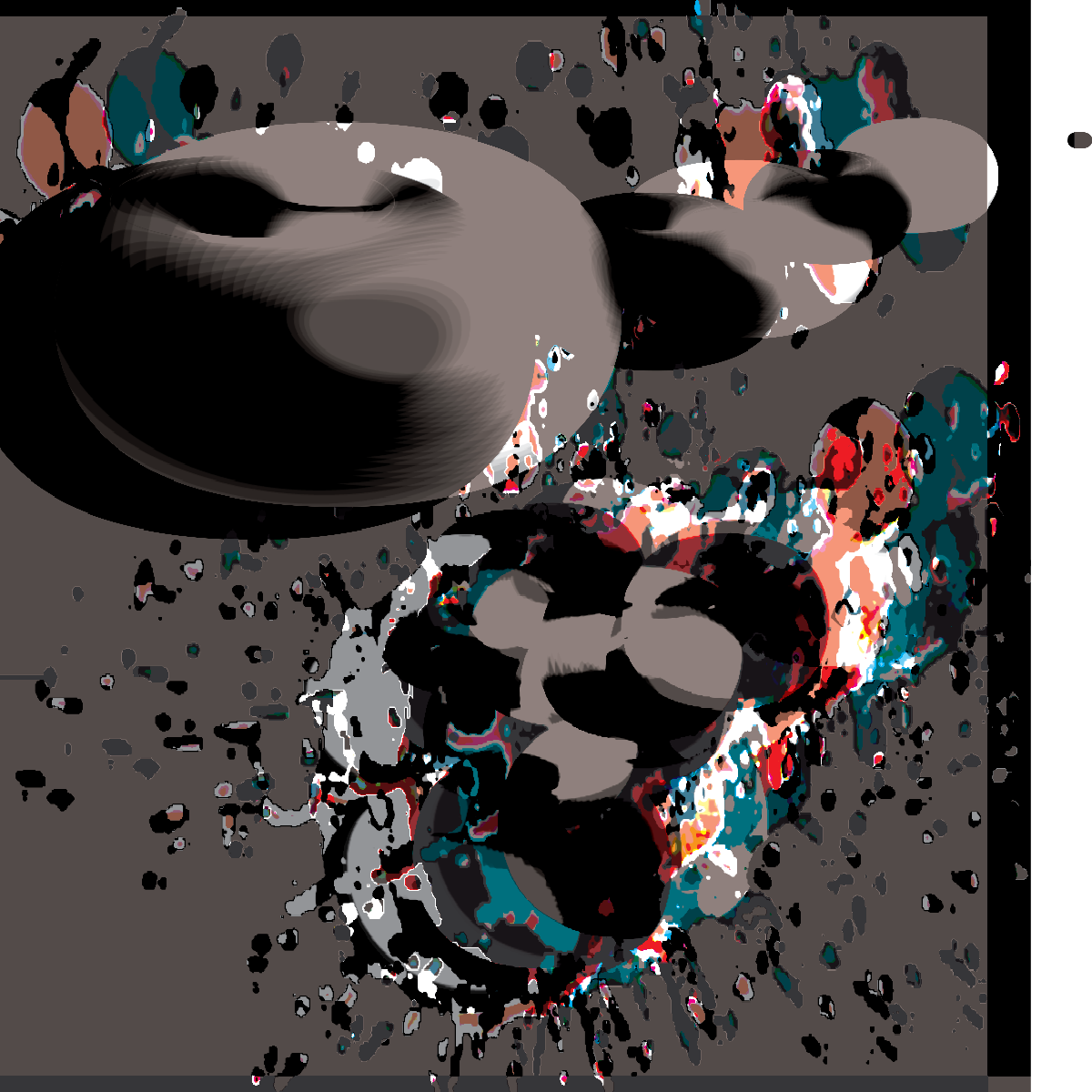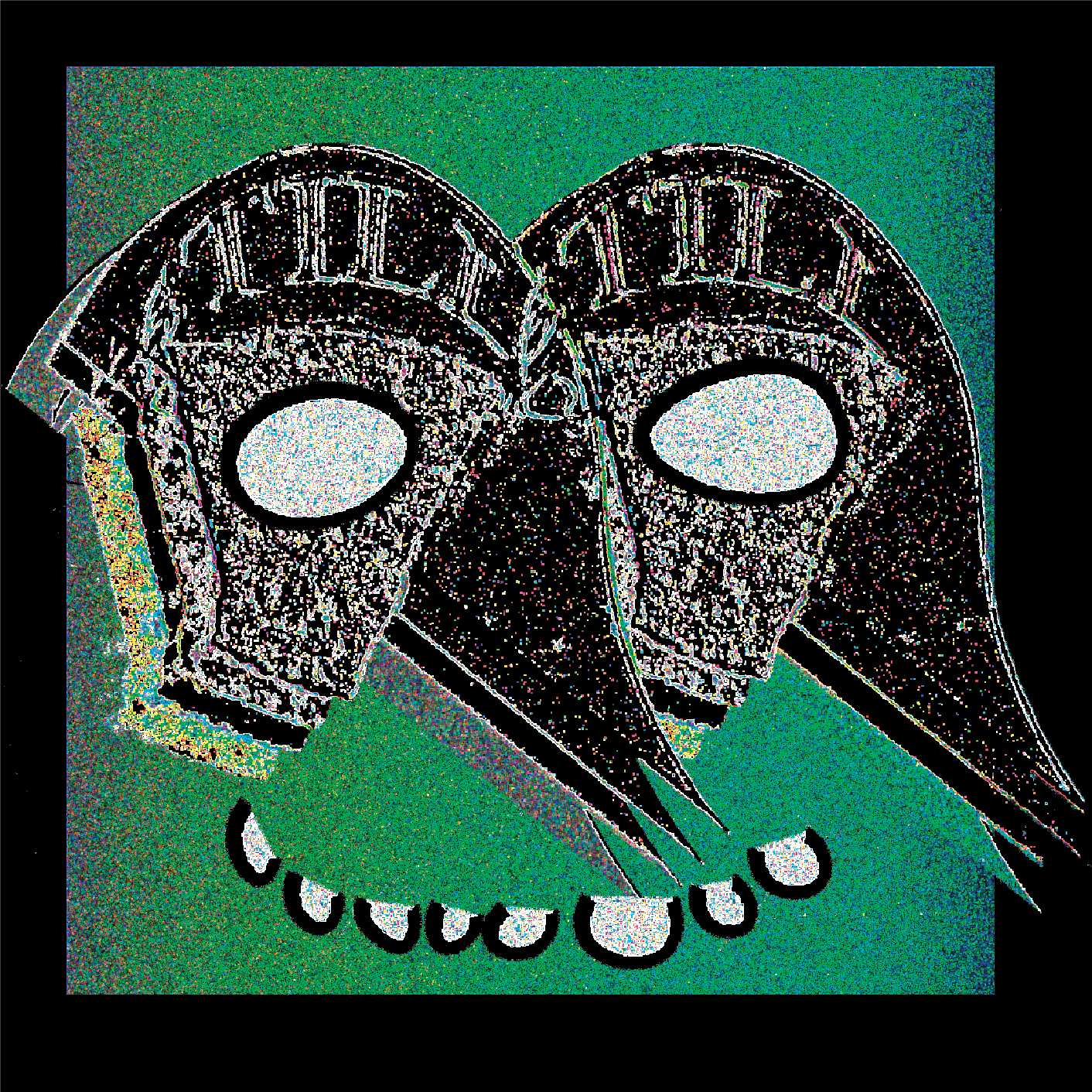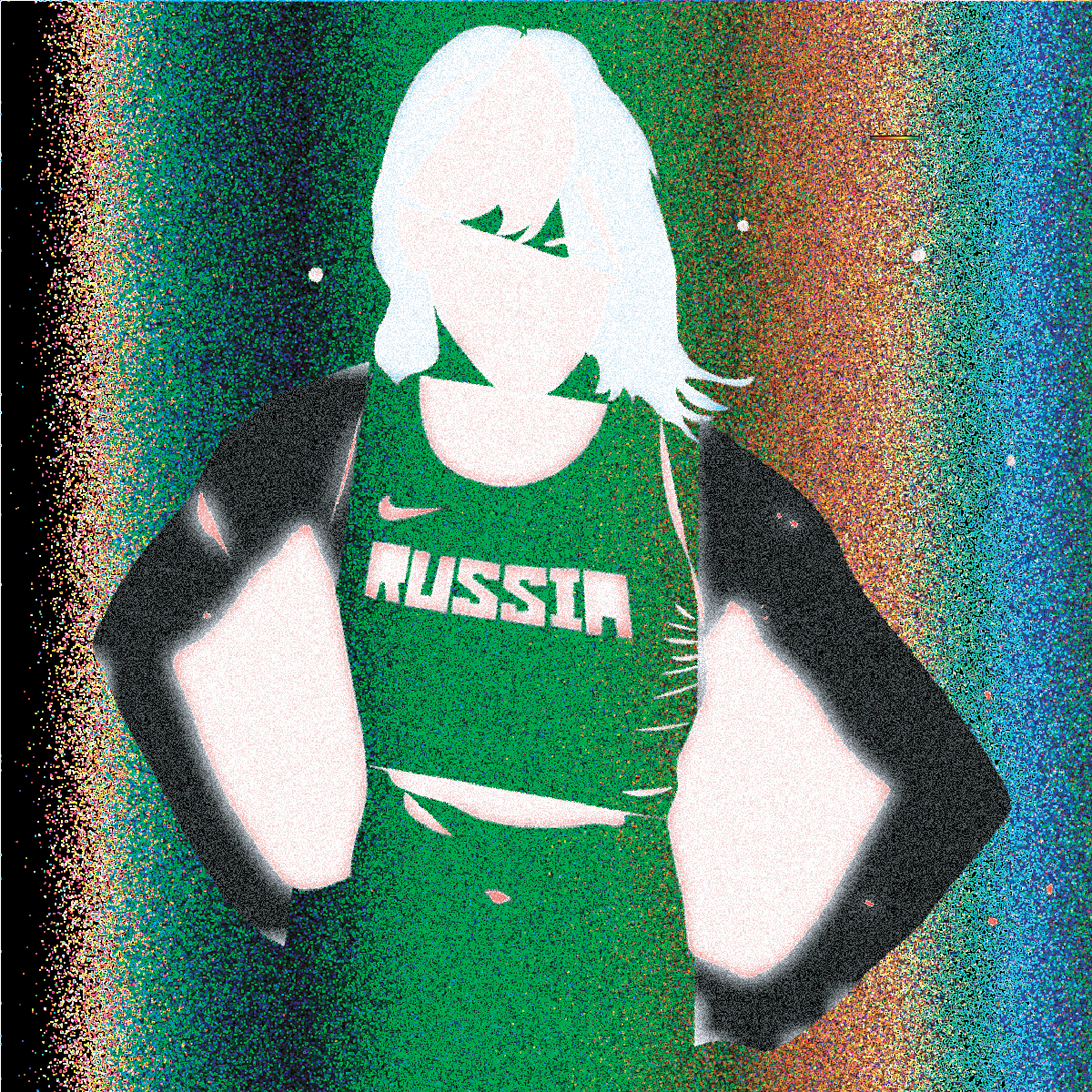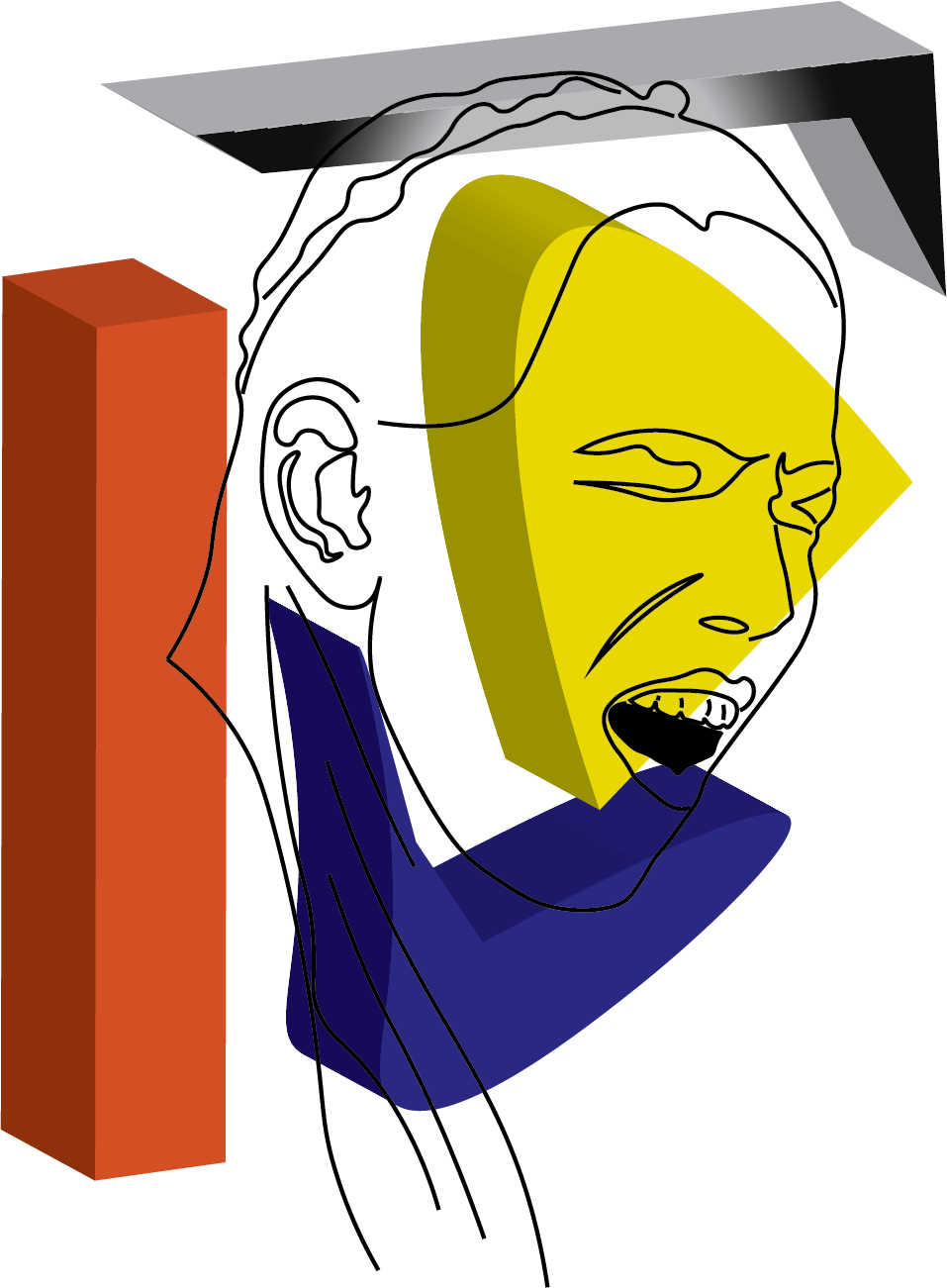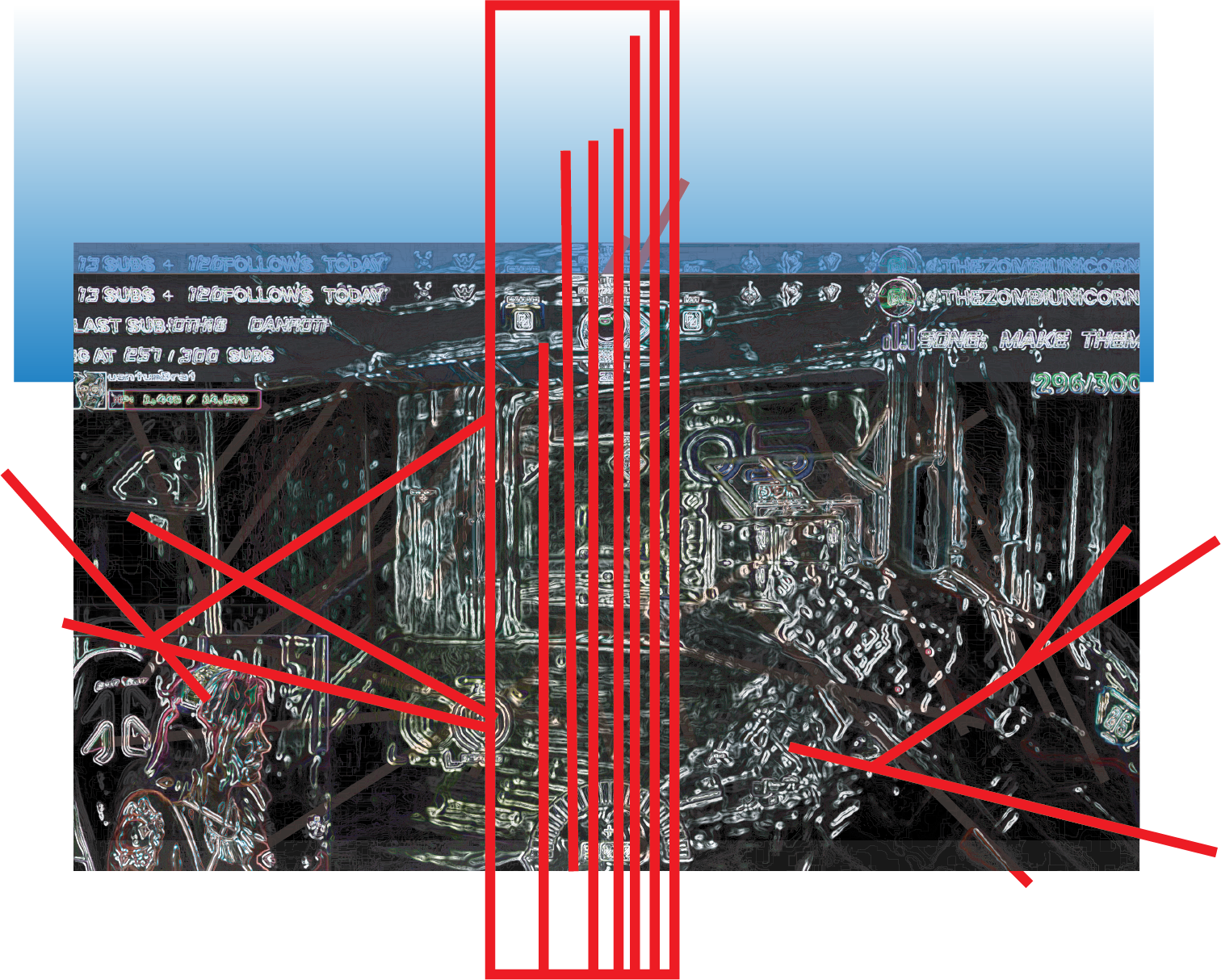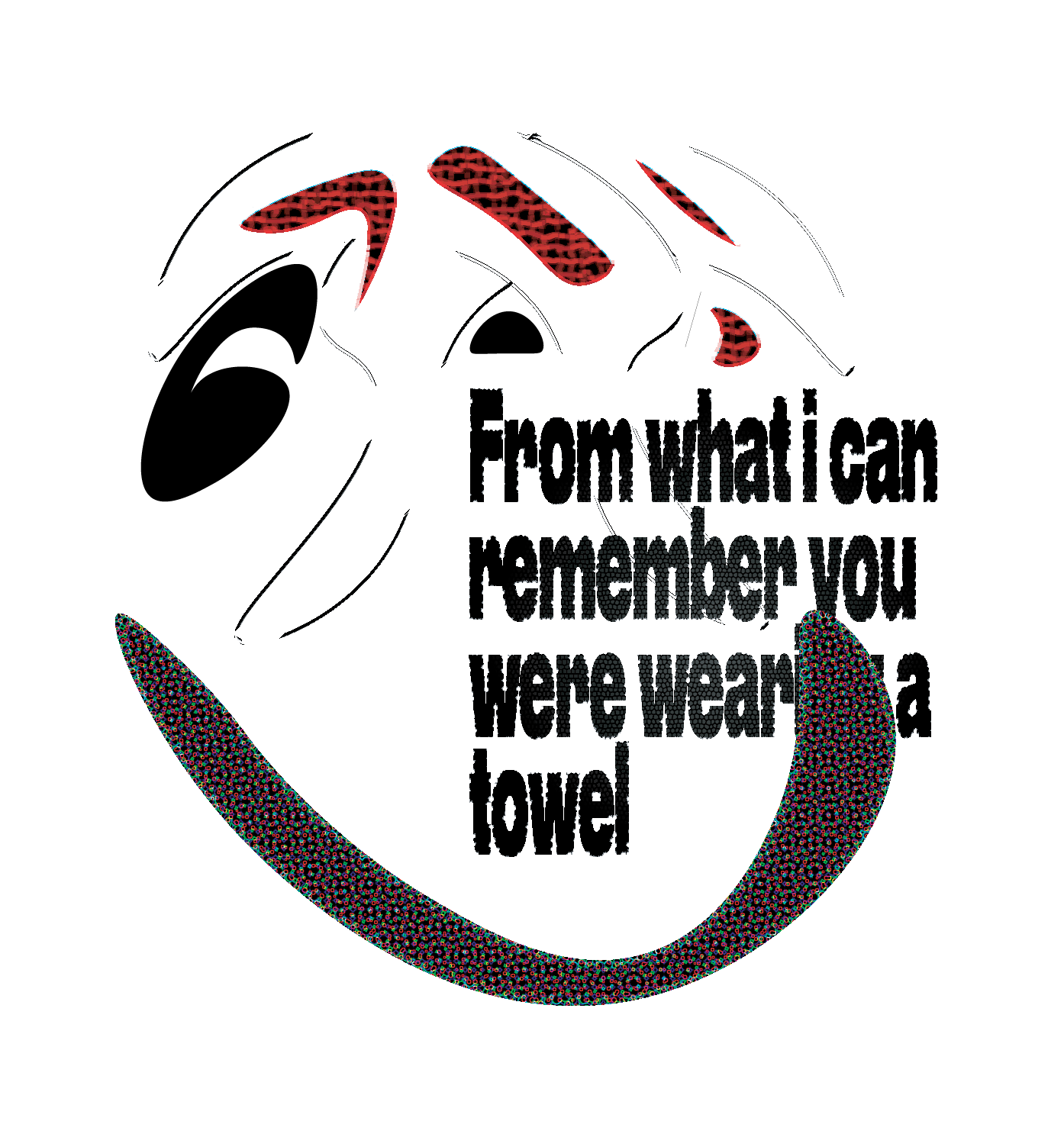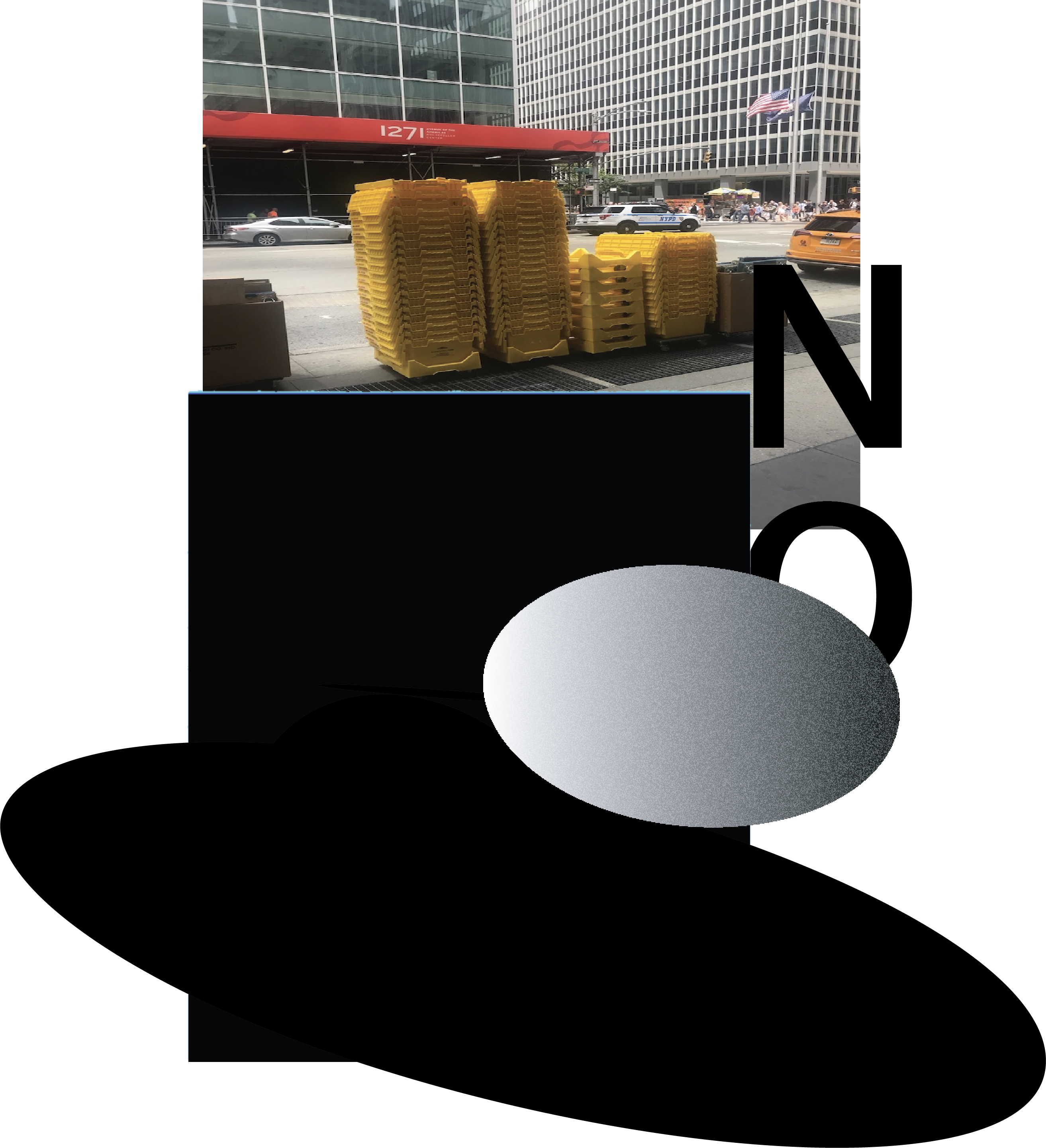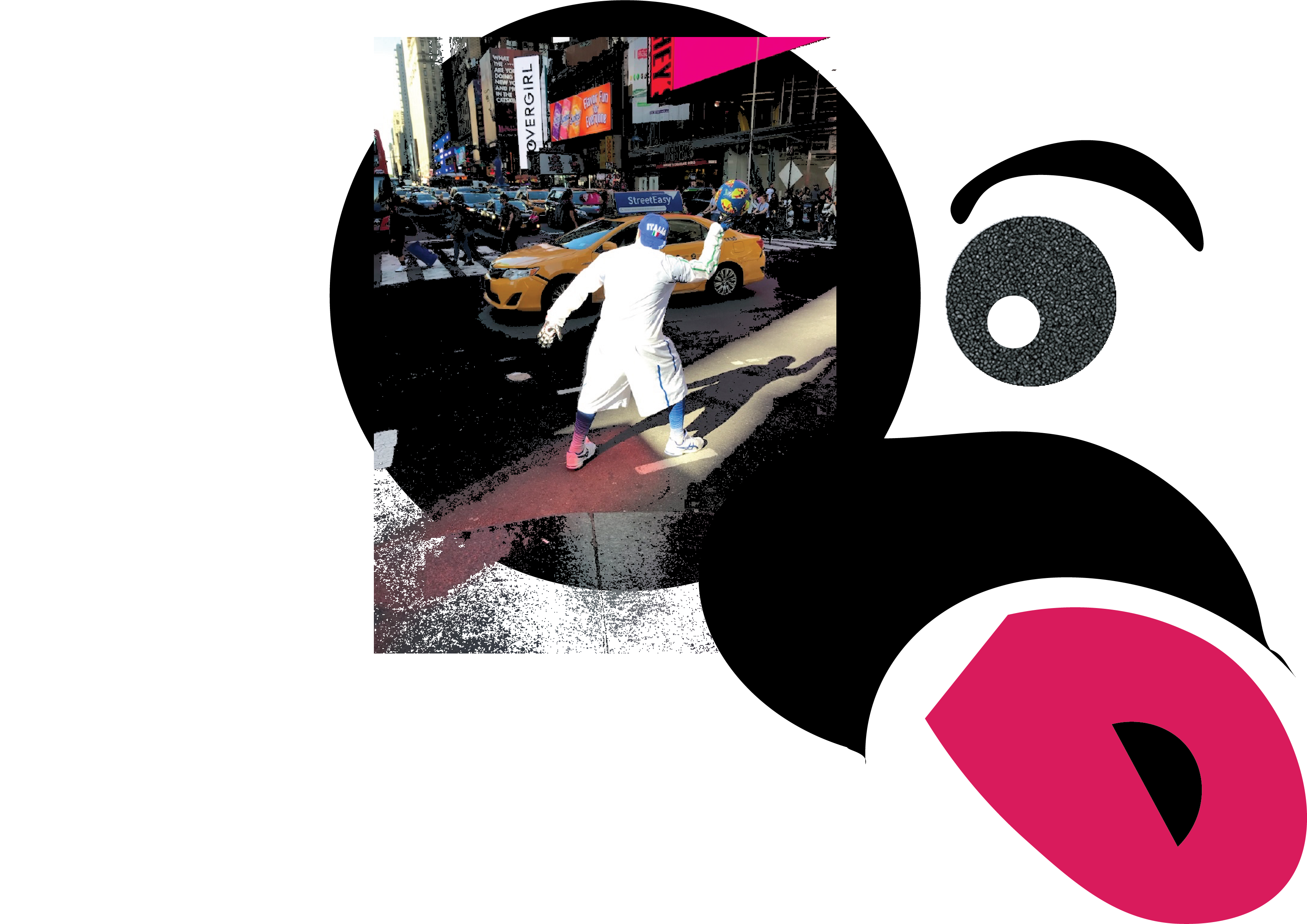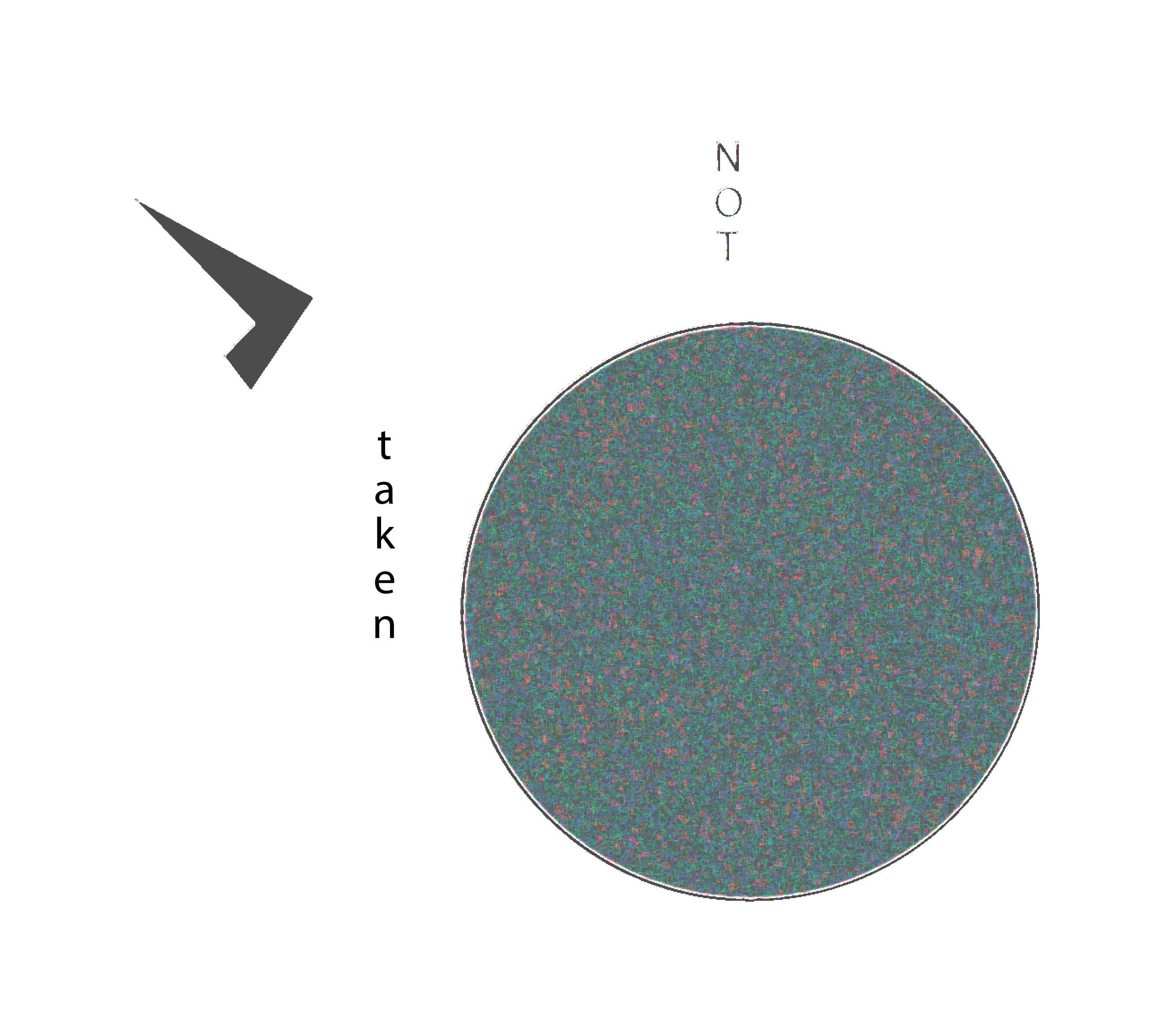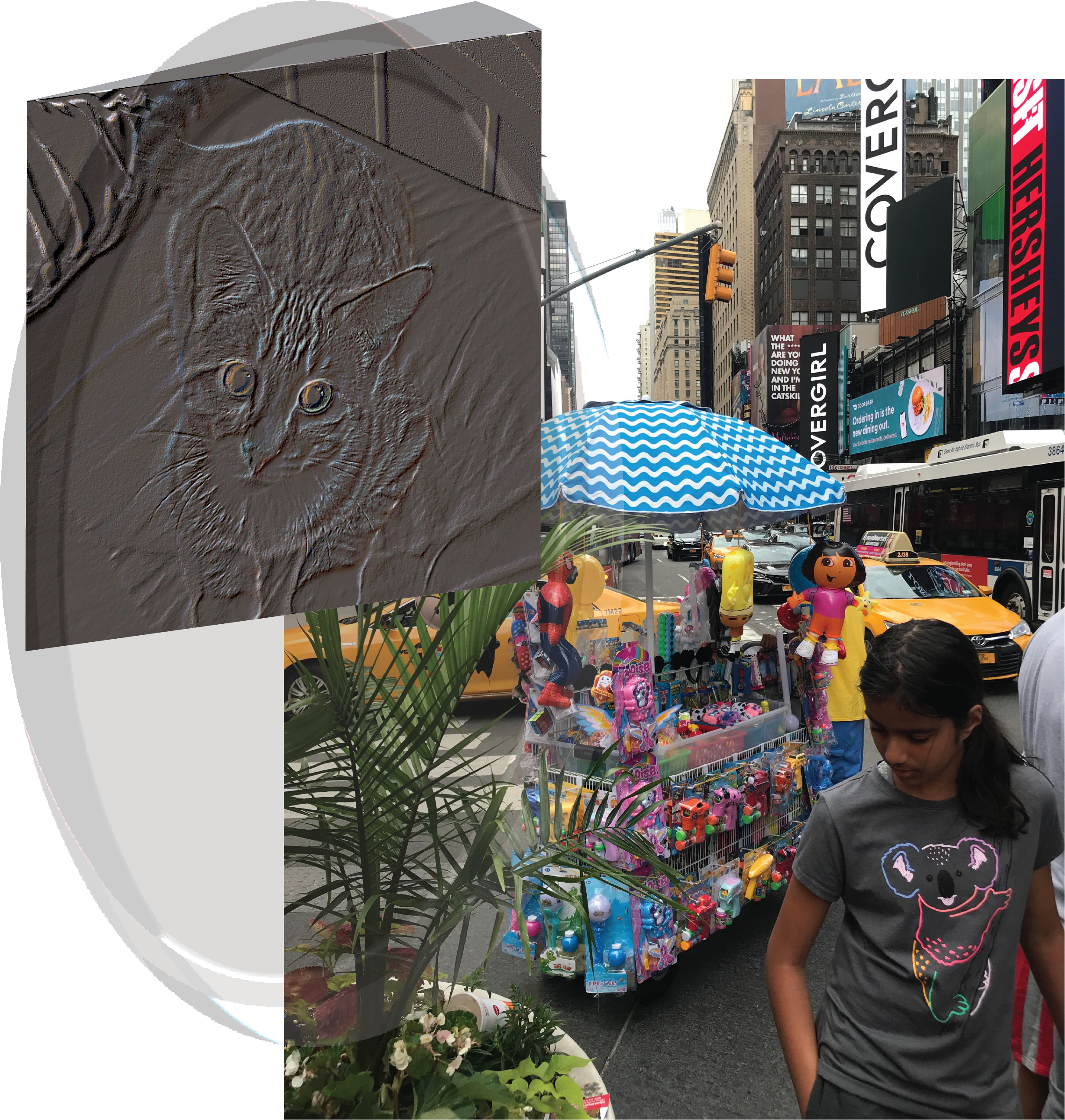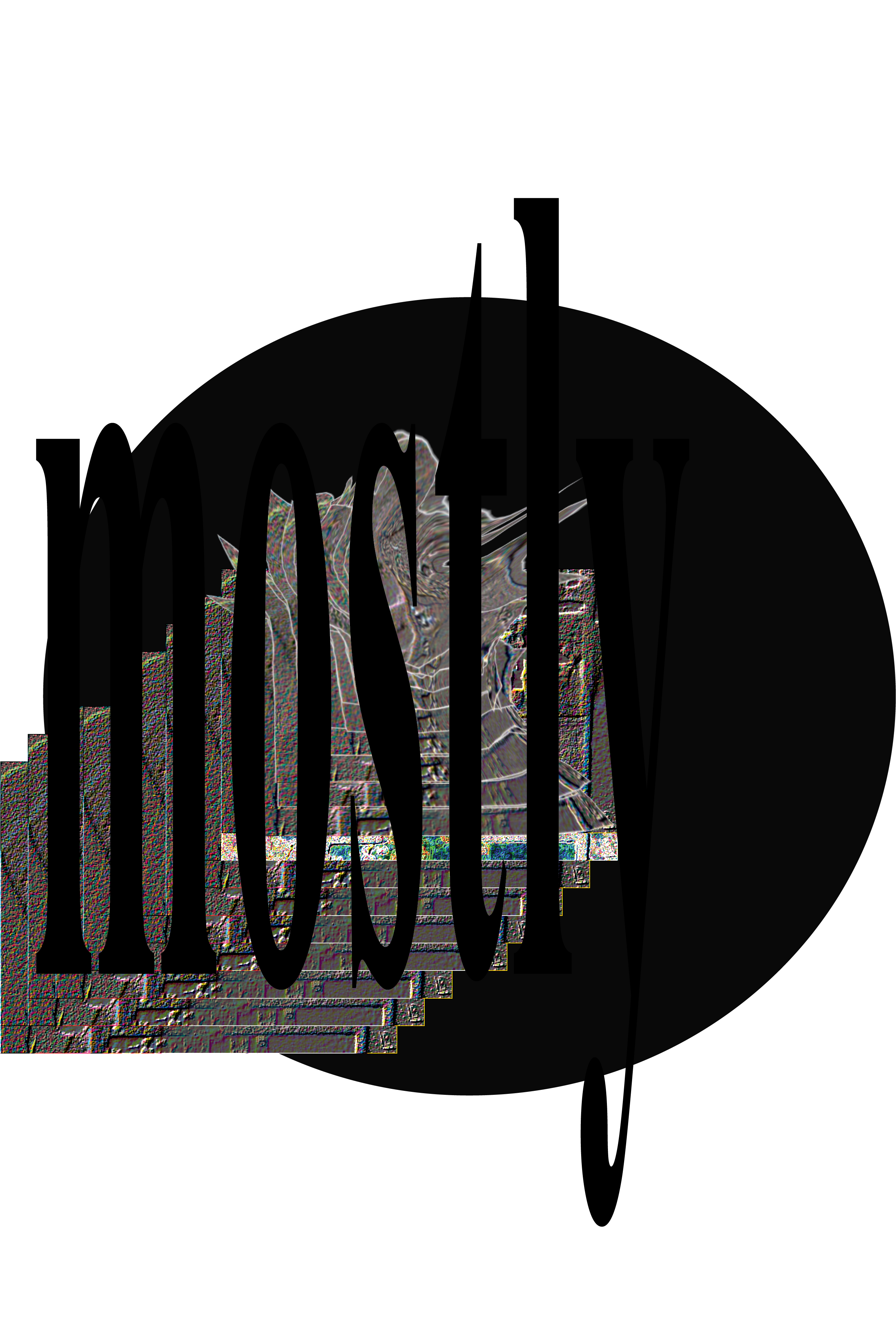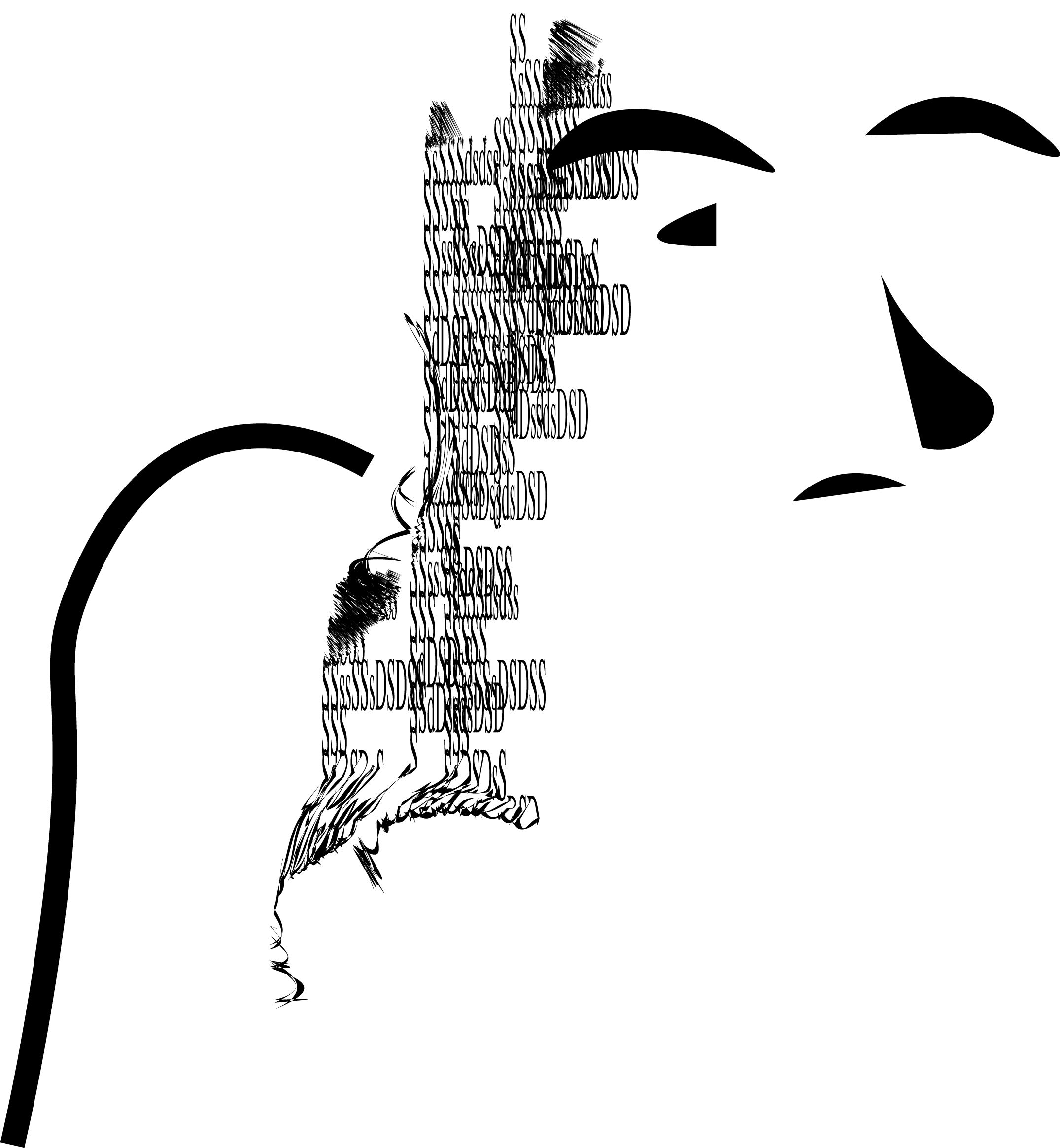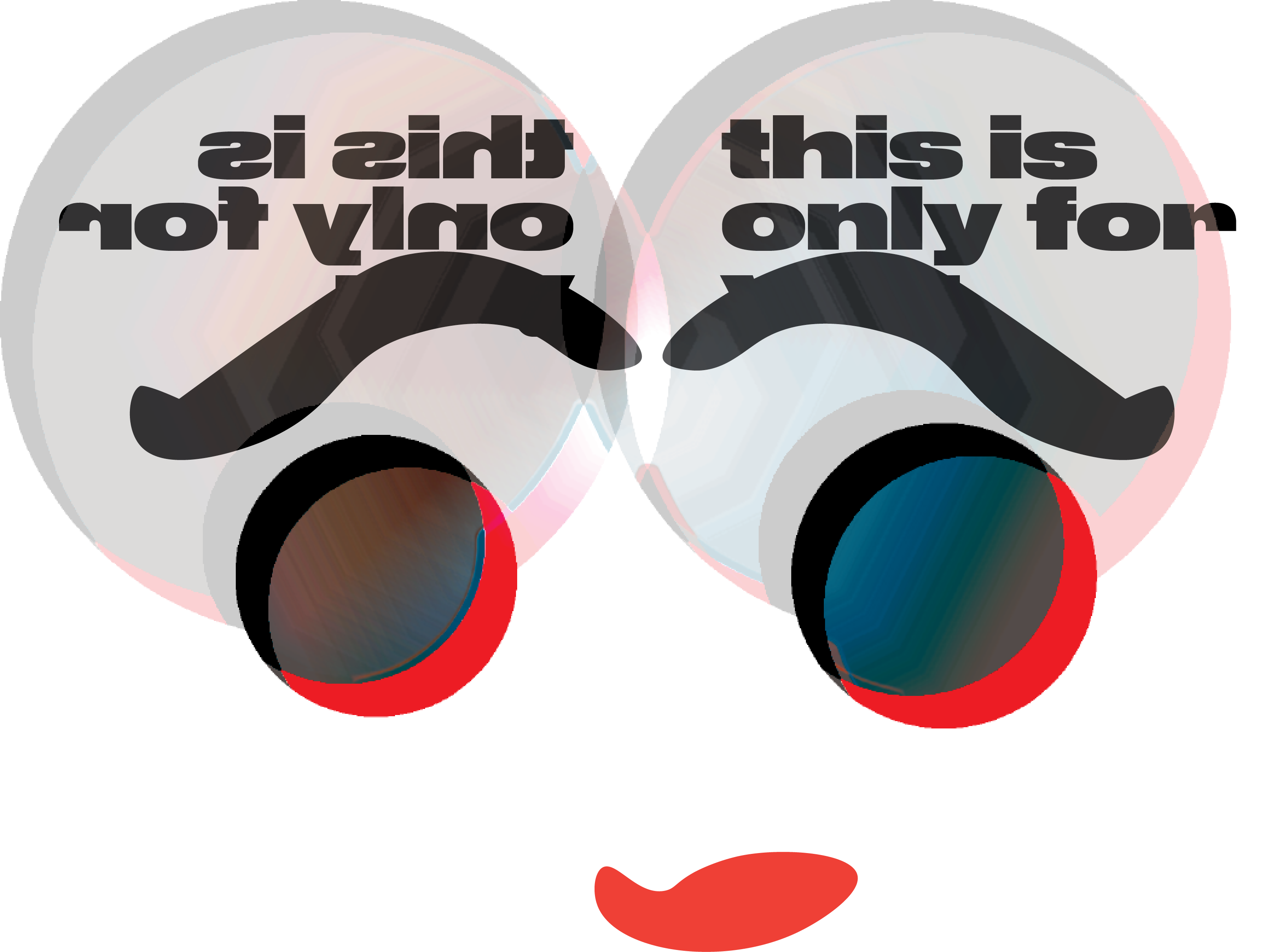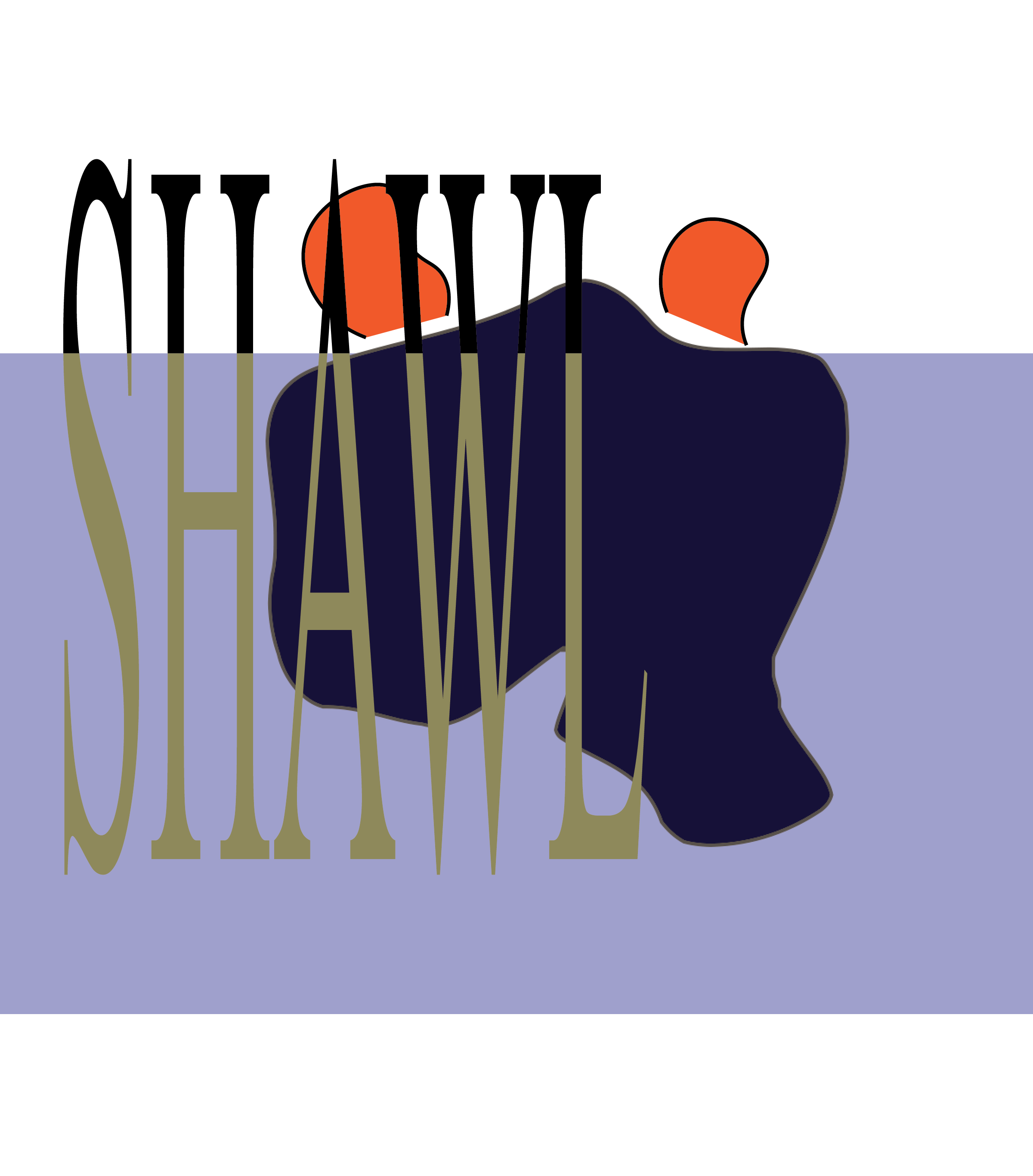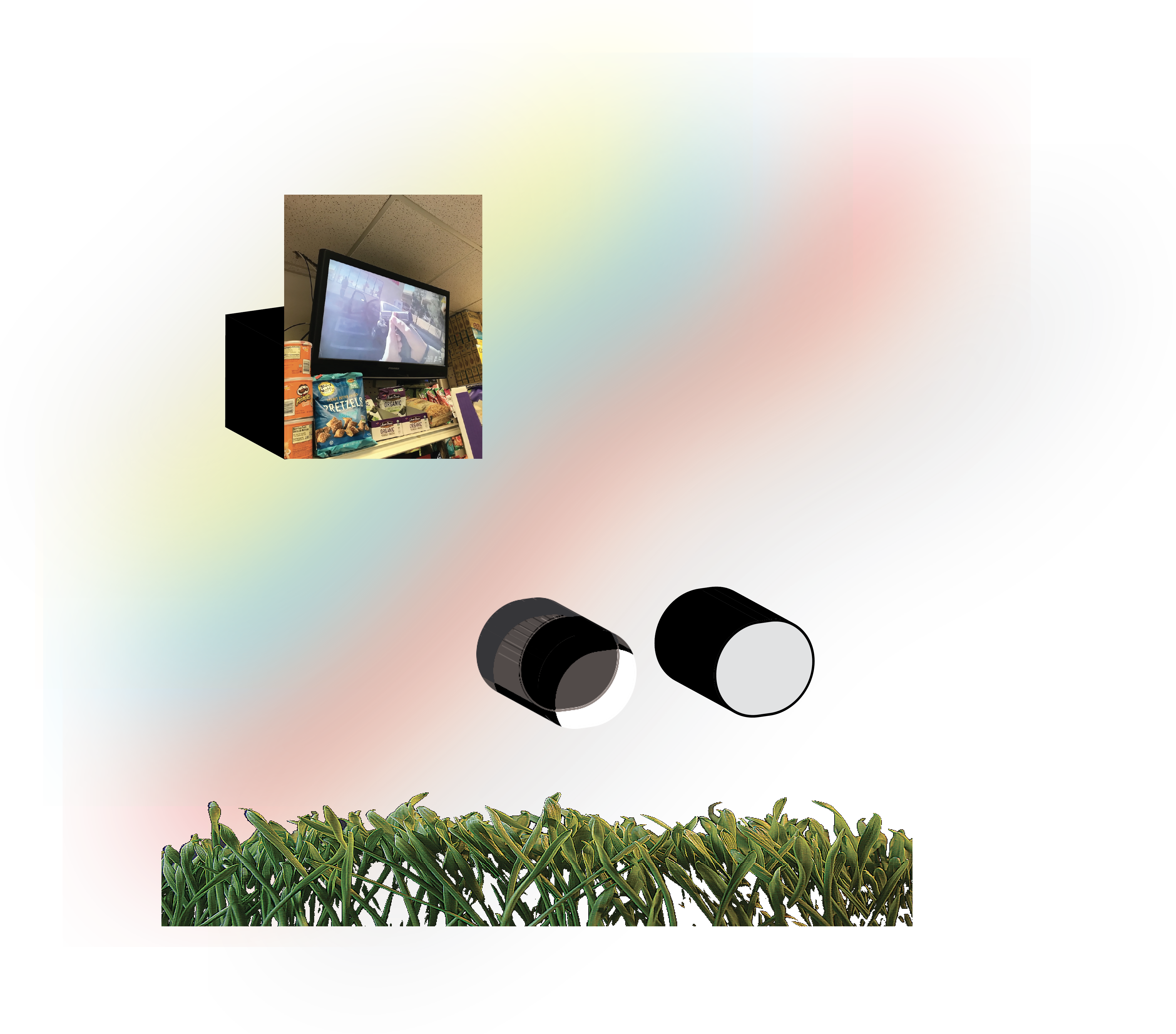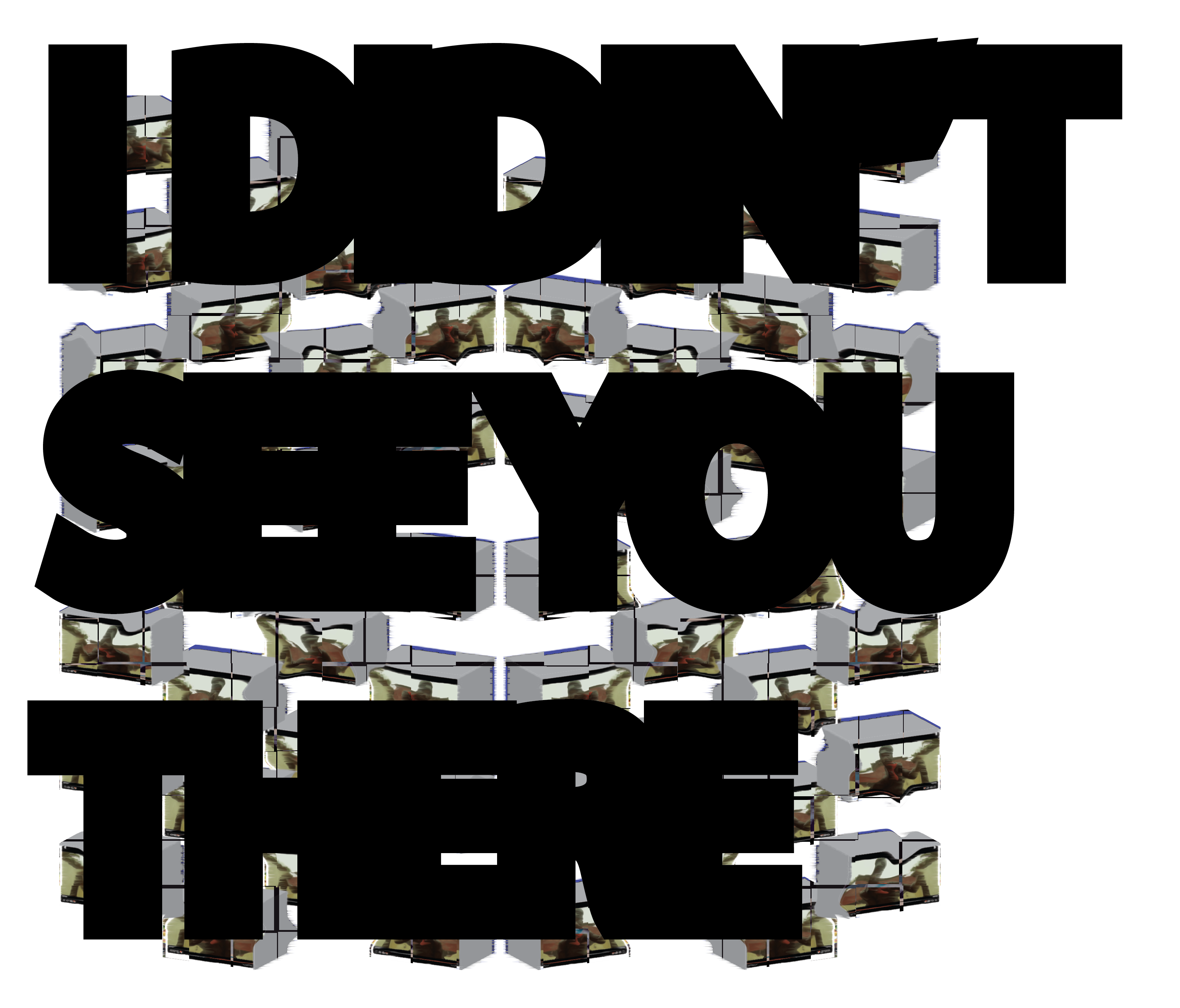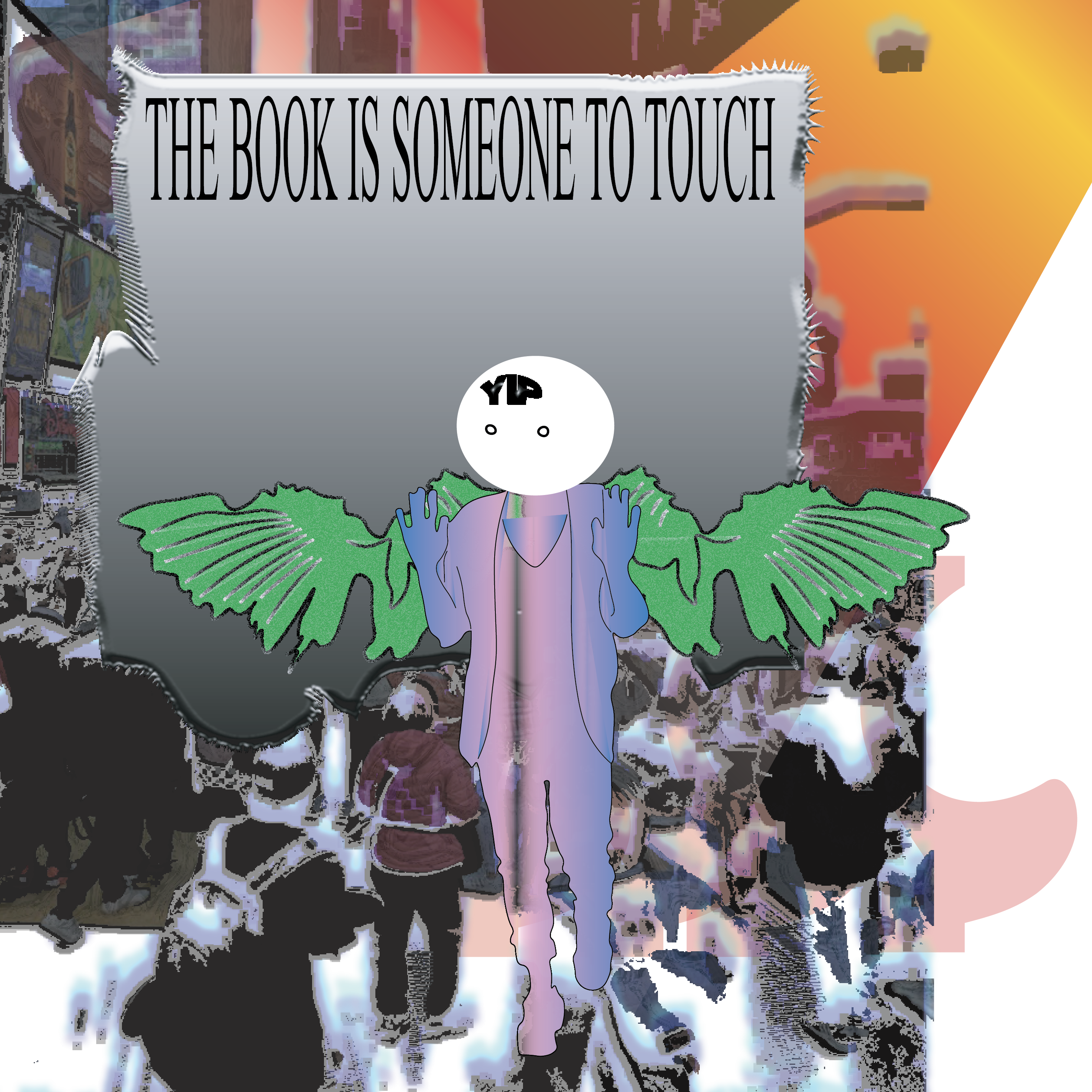
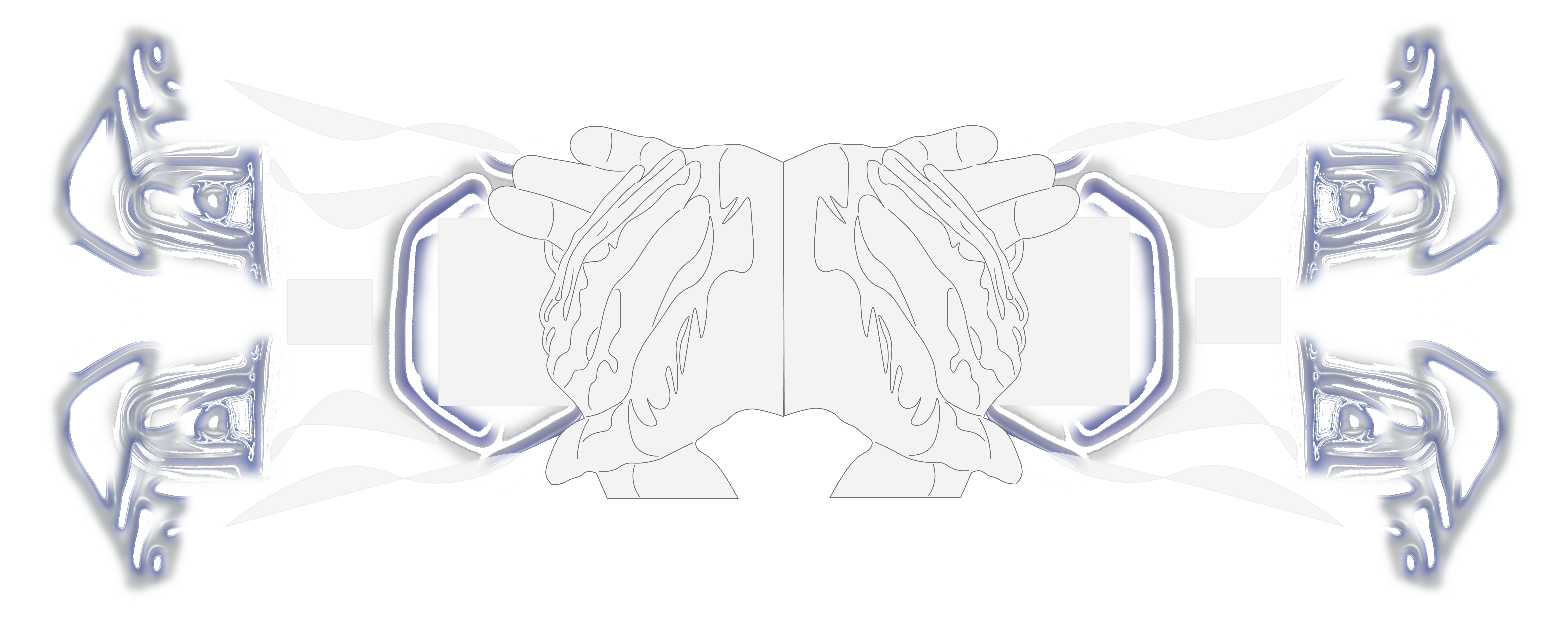
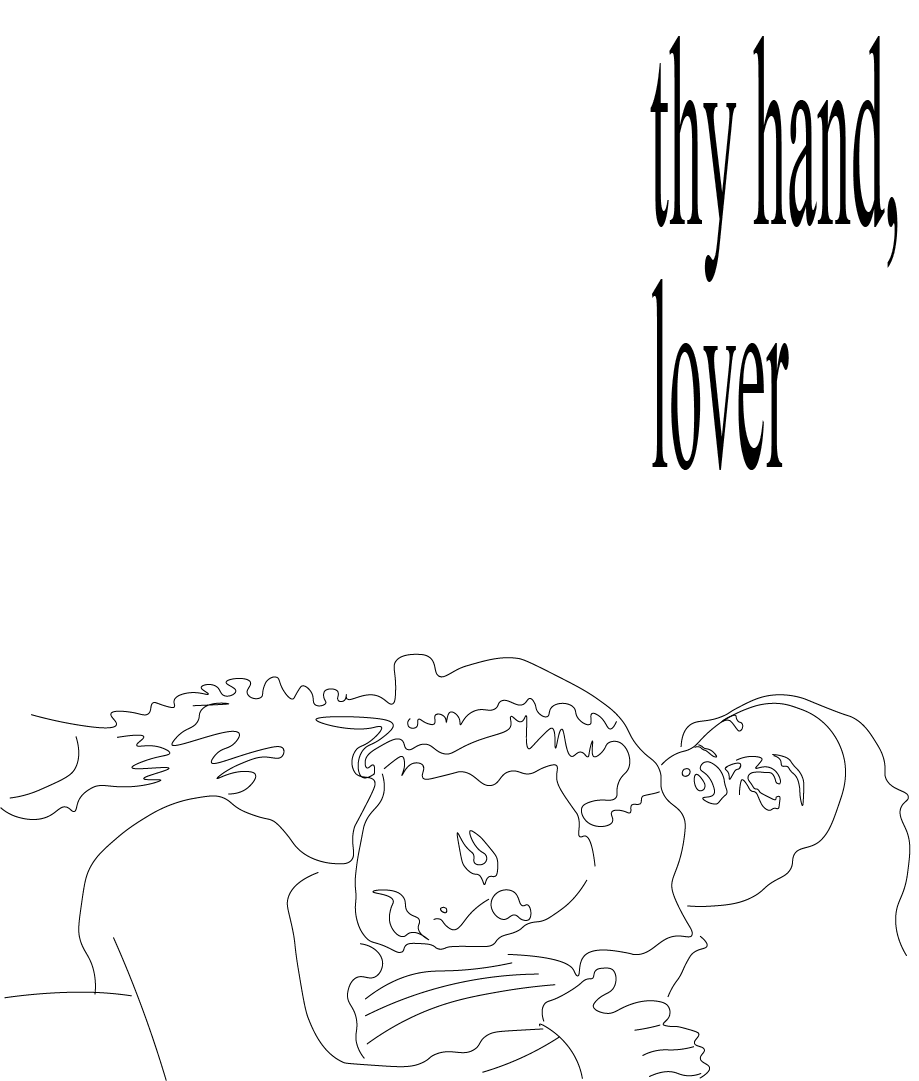

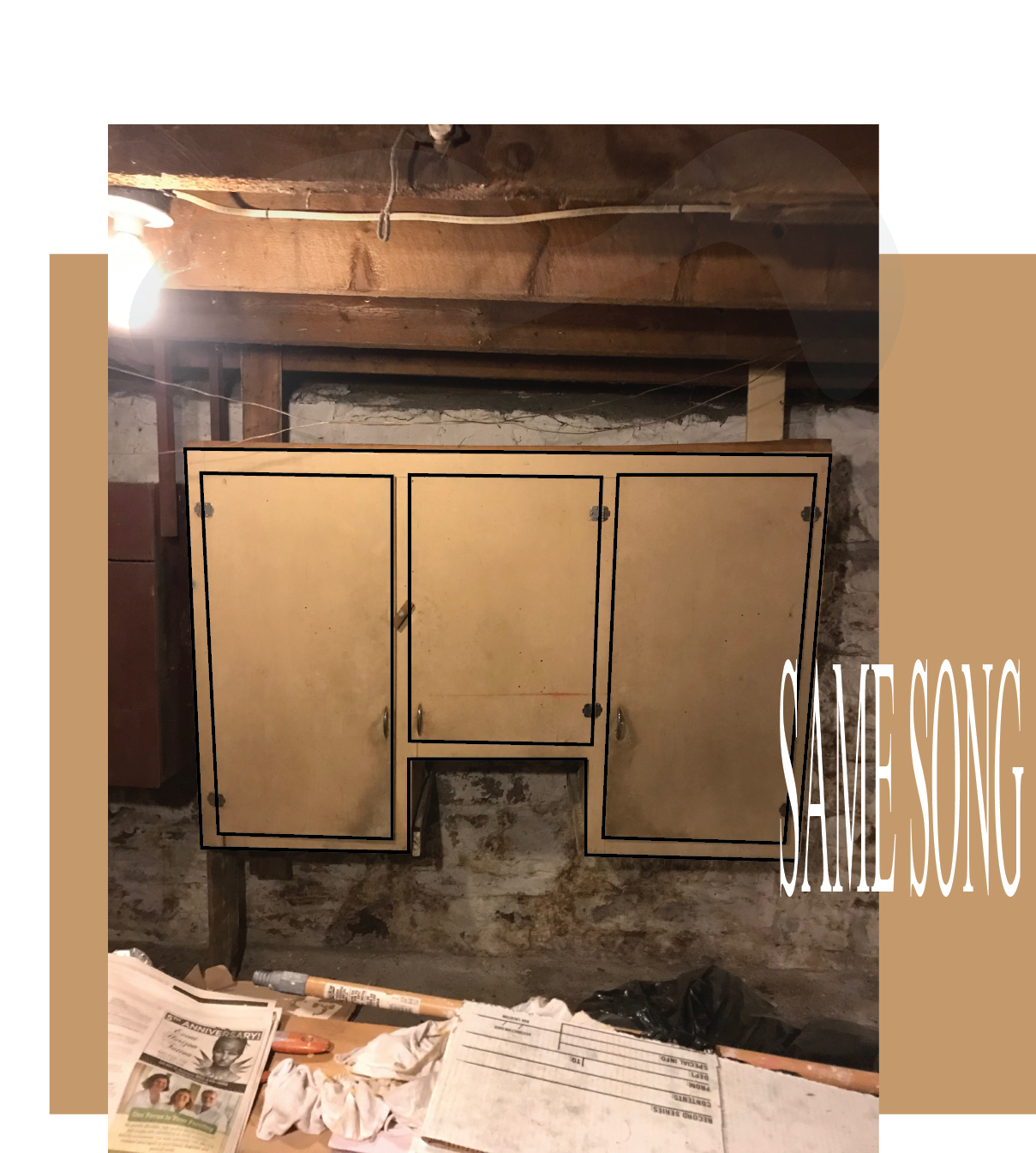 YIP MANIFESTO
YIP MANIFESTO3/7/19
Always be Always on Times
2/25/19
Where there will be silence, and a great respect for the dead. There is book.
Where there will be touch, and the special knowledge of care. There is book.
Where there is you, and the looming of the future. There is you, and there is book.
We shall never seen an end to this moaning of the surf. The book is an ocean in us.
We will save a space for touch, where together we are enough.
the book is someone to touch
And wherever it shall go, the dew on it’s feet shall manifest.
Given the coming crash will be the emotional one—the viral plummet of all workers who survive by way of the monetization of their day-to-day; the dear labor known to influence so many.
Given childhood will become adulthood—a boundary doomed to erode as young dexterity, proclivity, abandon, voice, and skin on camera, on-line becomes the height of hard hustle.
Given we will still need to grieve, together.
We will re-member the book—someone to touch and an entering of afterlife. We will save a space for touch that is unprofitable, that shows a way to fulfillment without consumation.
You never stop loving someone
not sharing a room, not sharing a decade is hard.
touching what you will leave behind is a poor substitute for the real thing
.
November 2018
Books are Net Art
touching what you will leave behind is a poor substitute for the real thing
.
November 2018
Books are Net Art
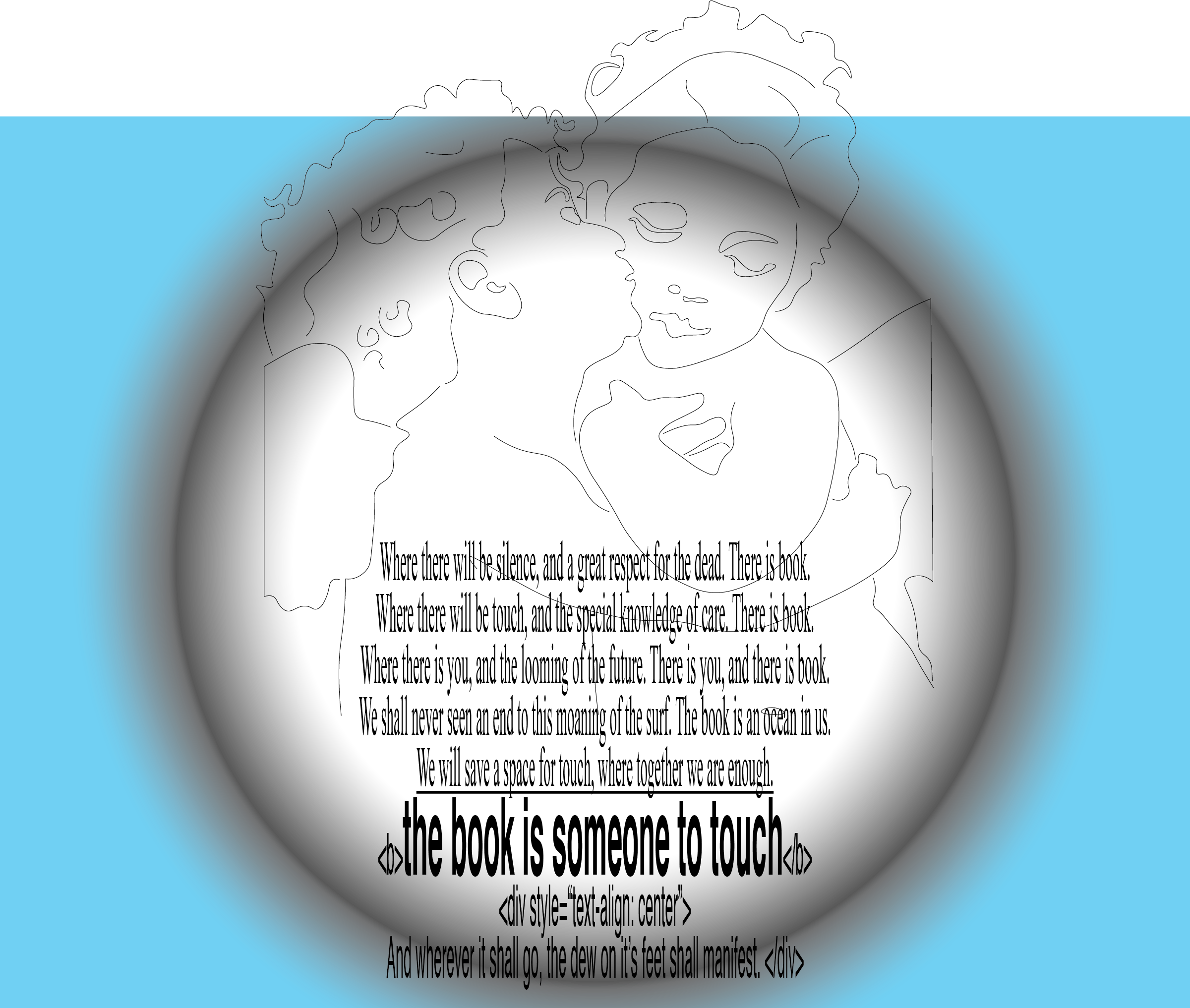
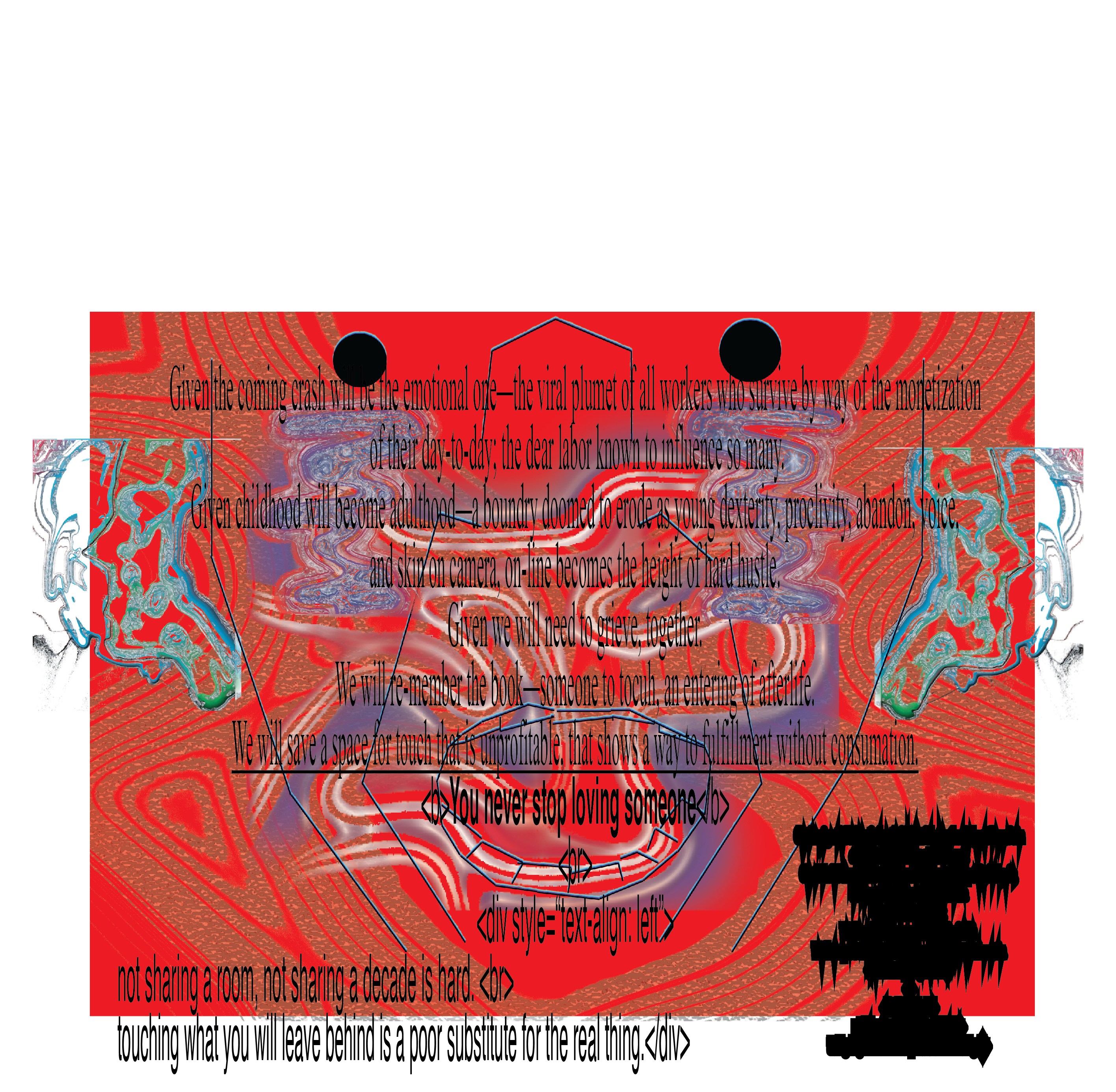

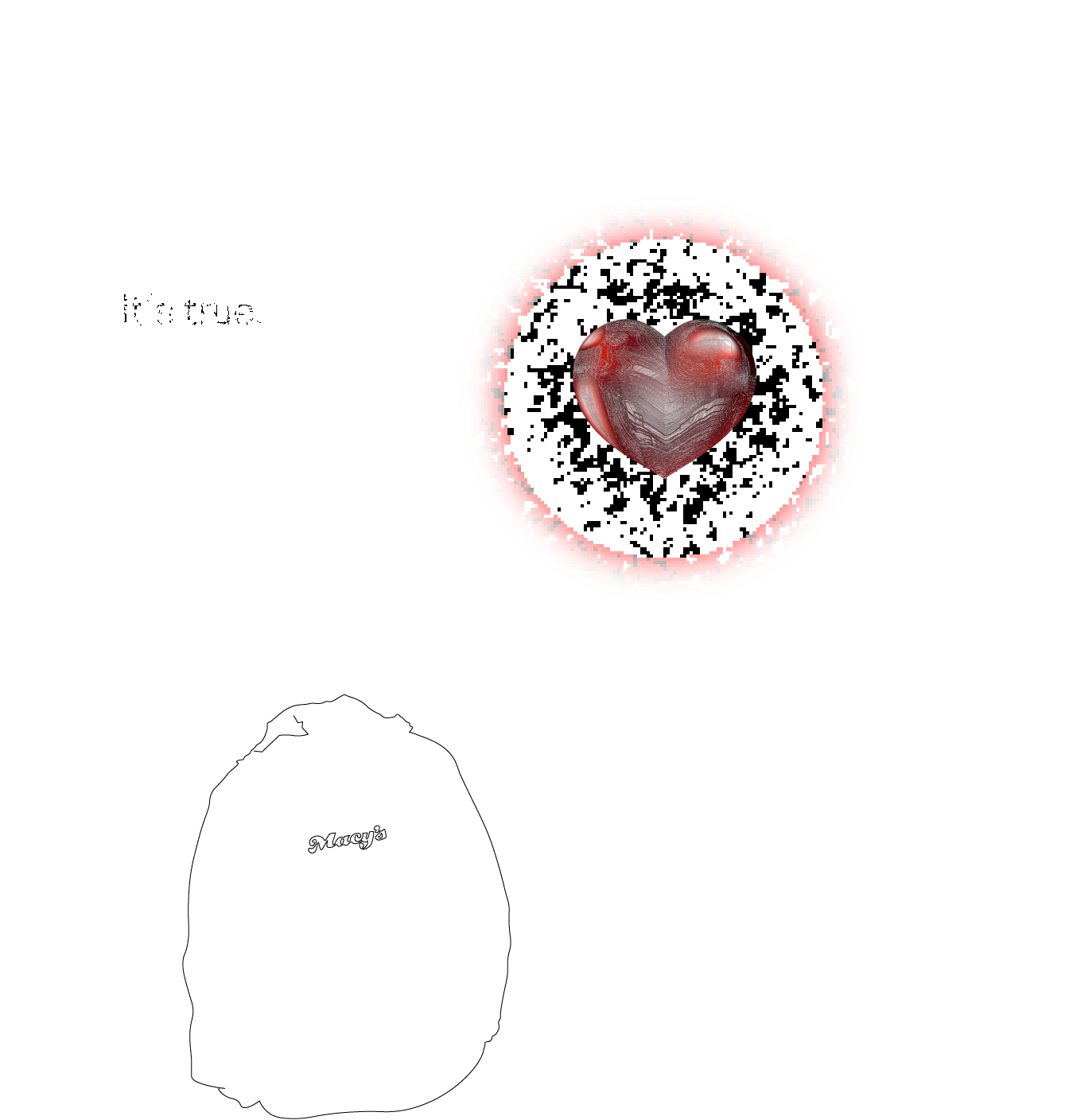
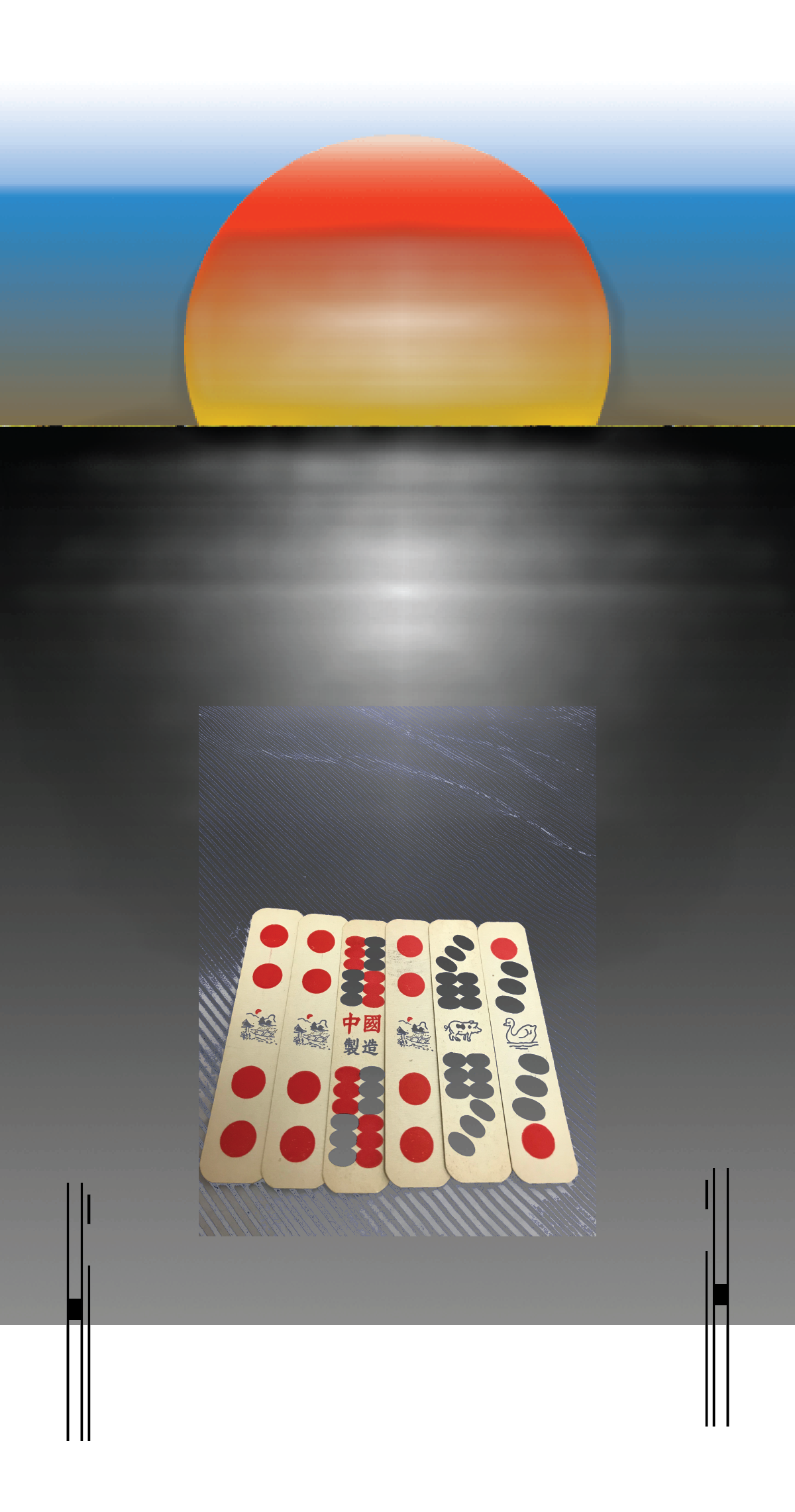


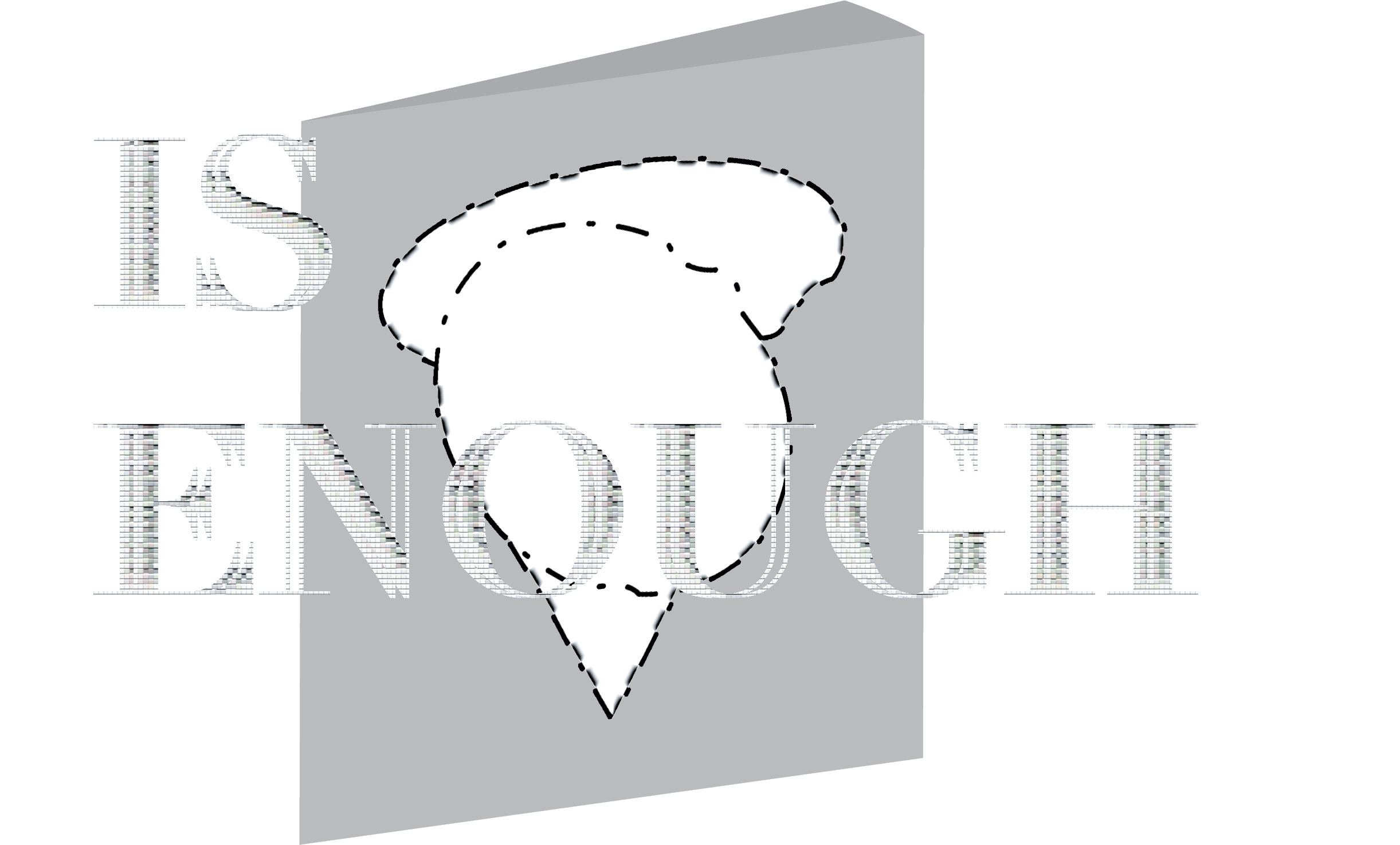
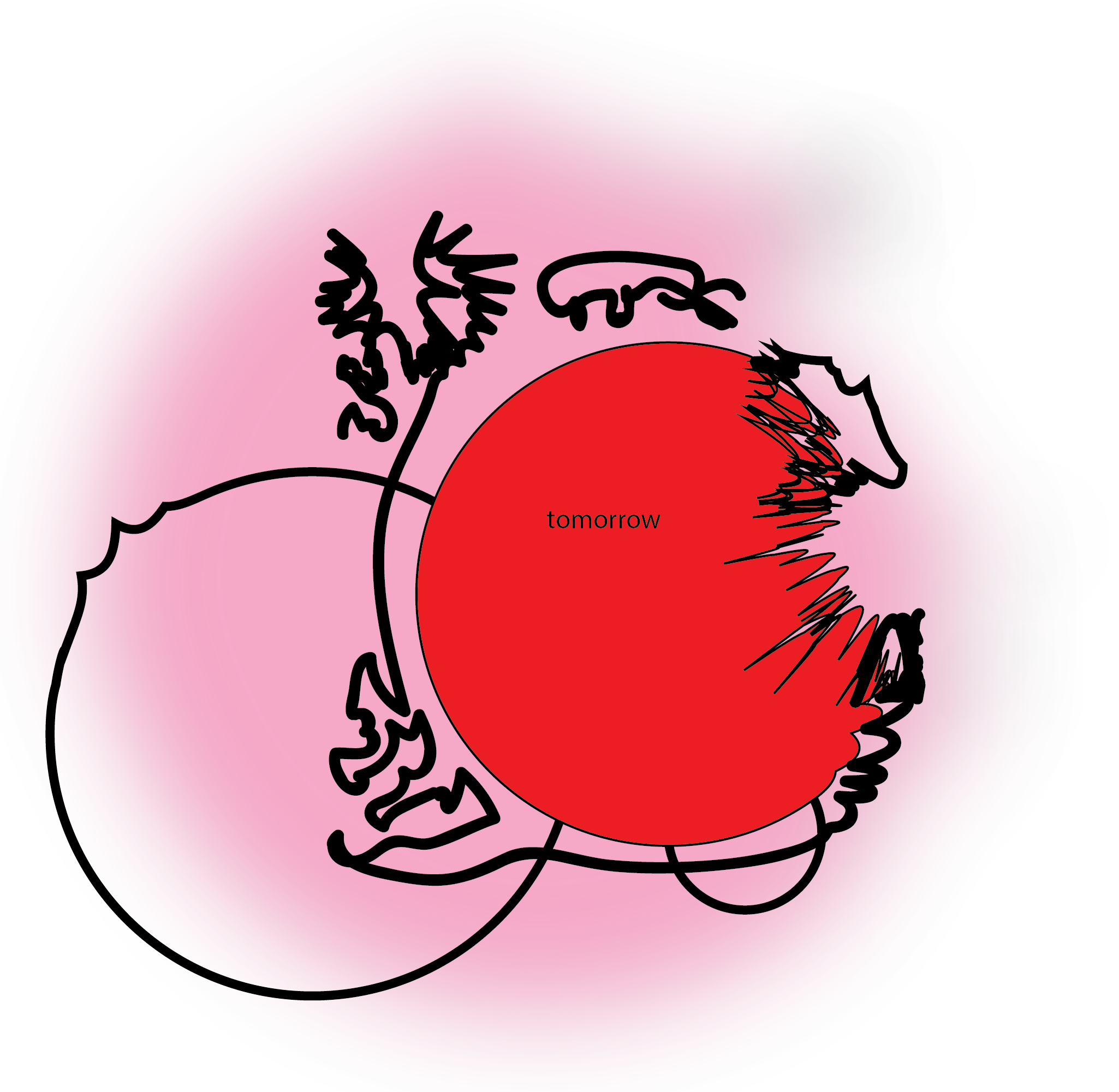
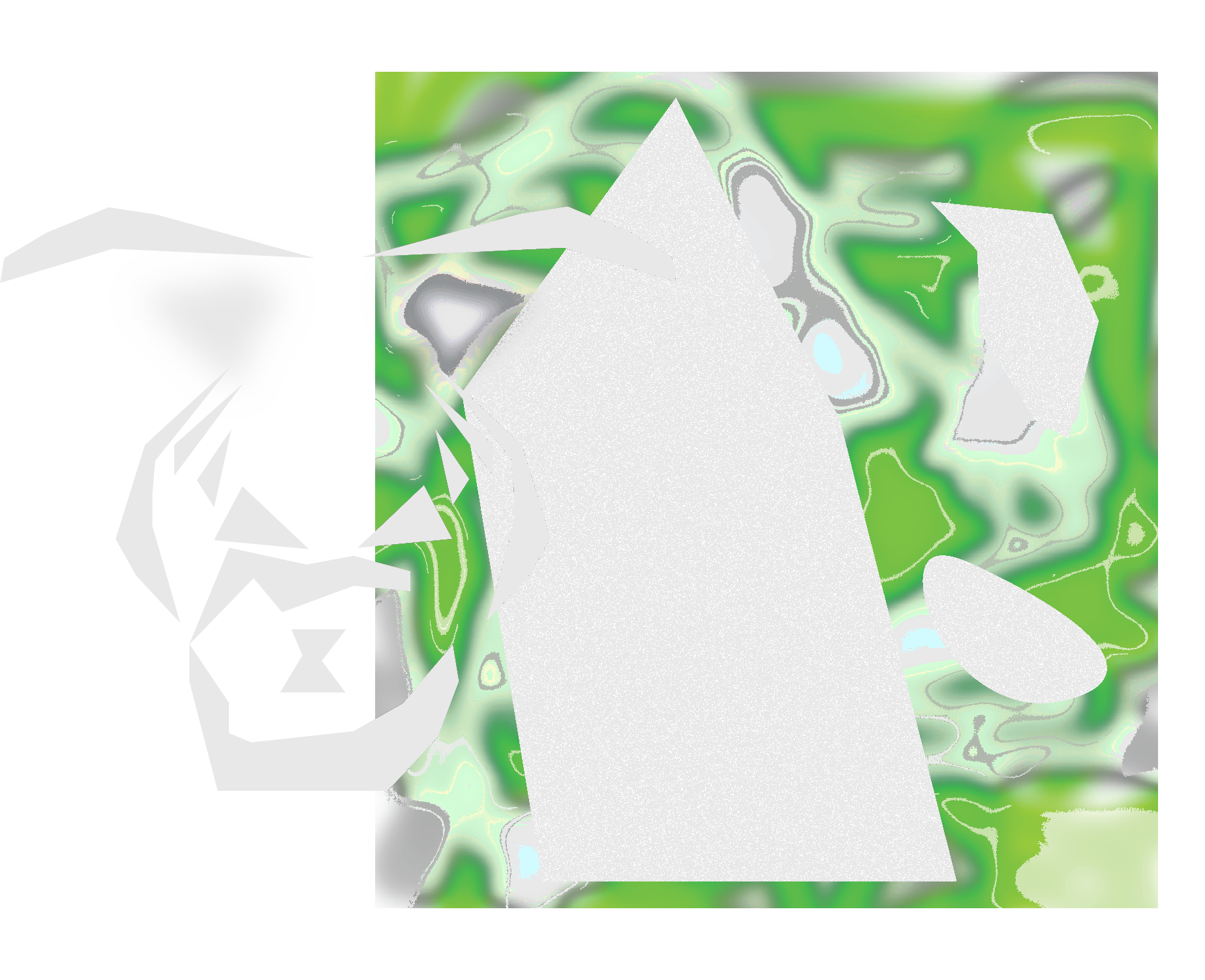
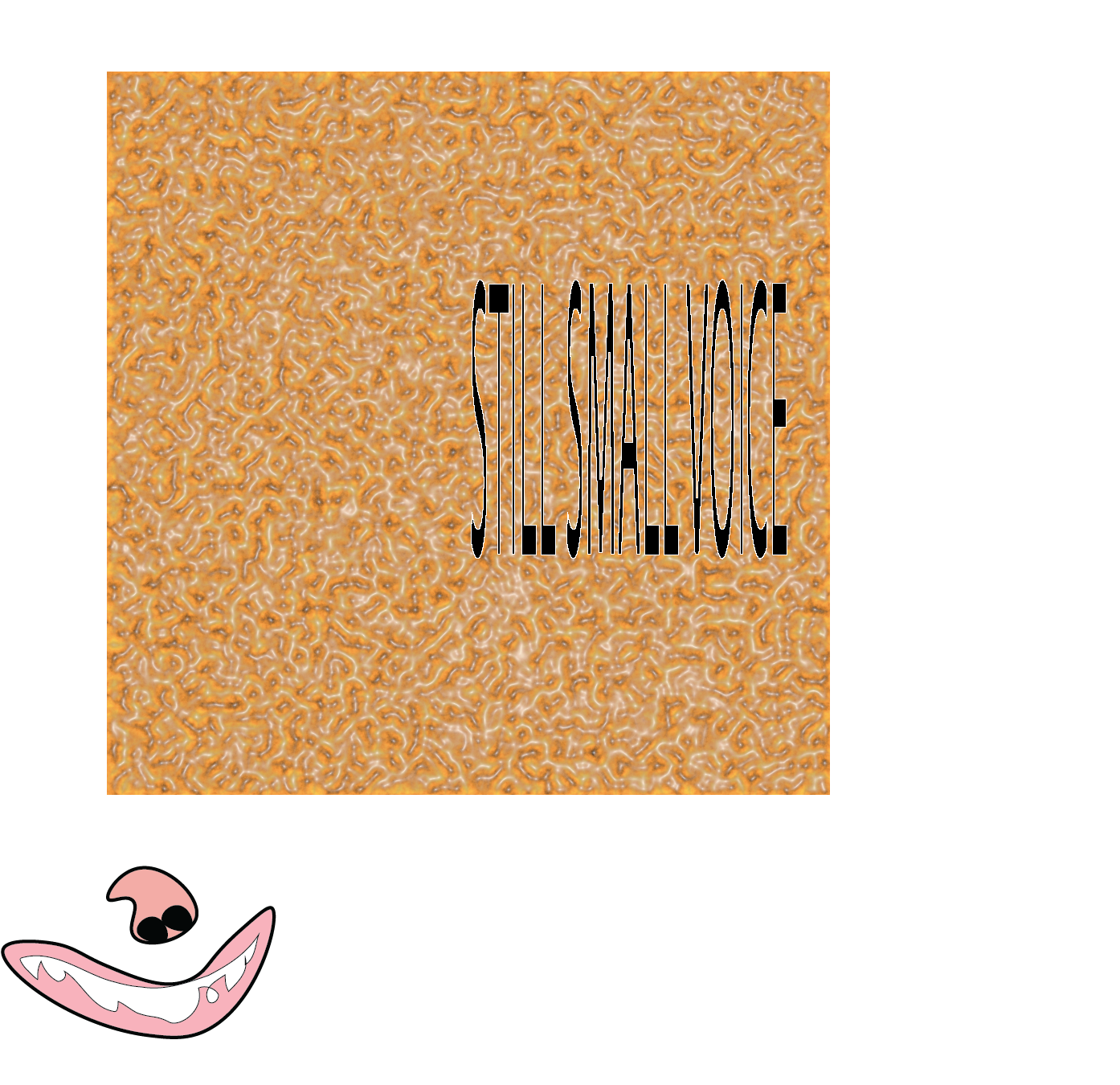


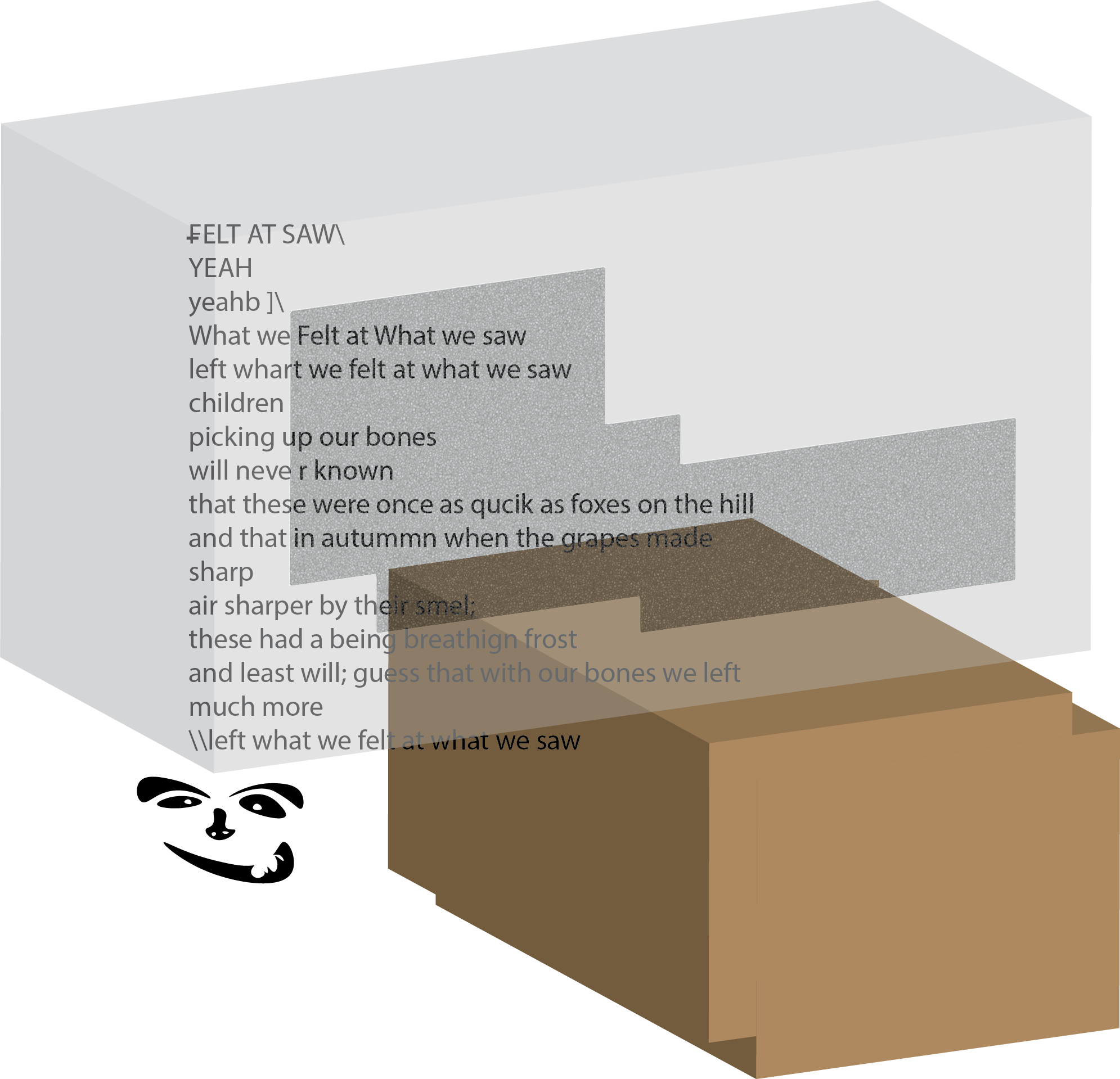
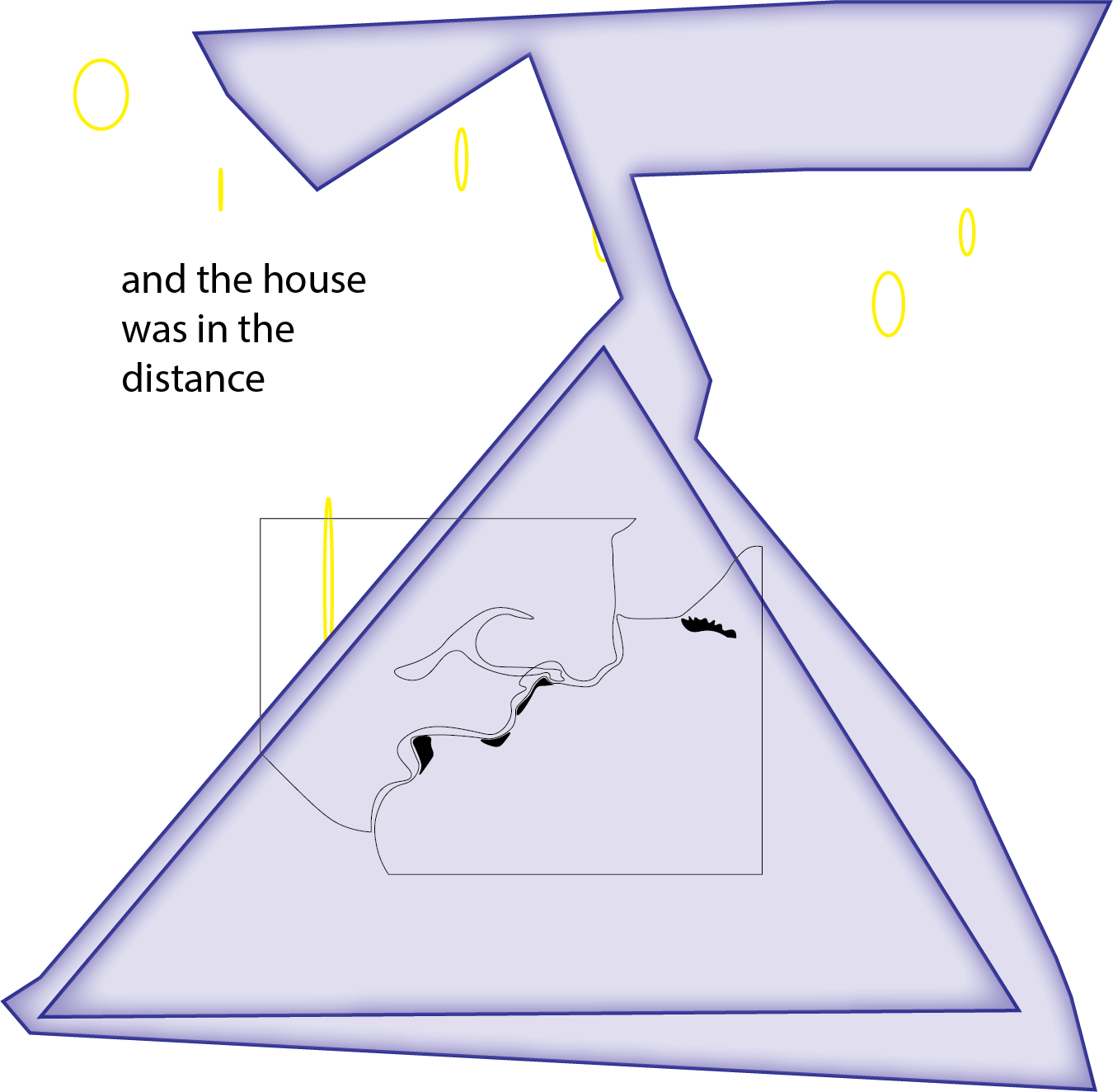
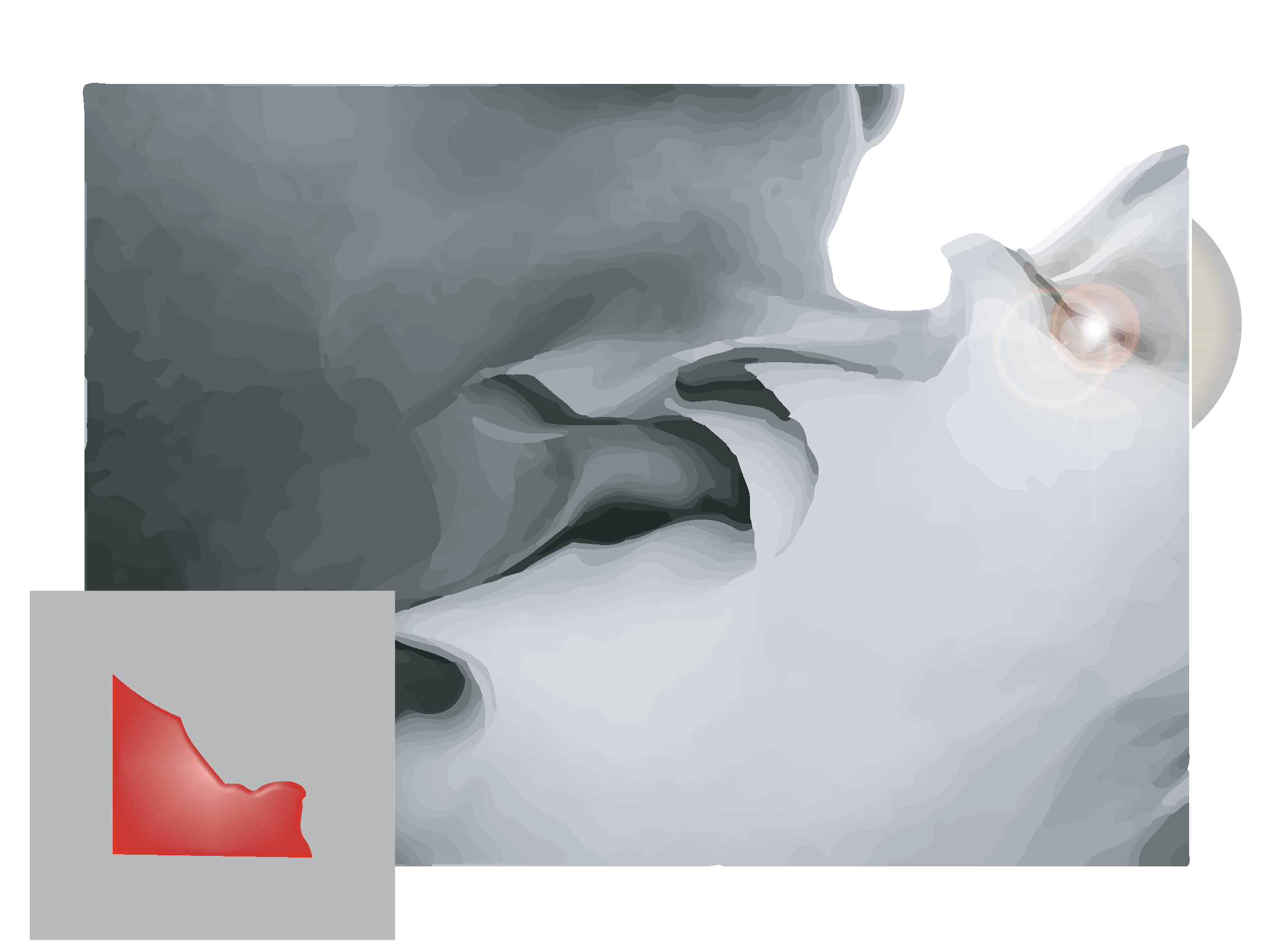
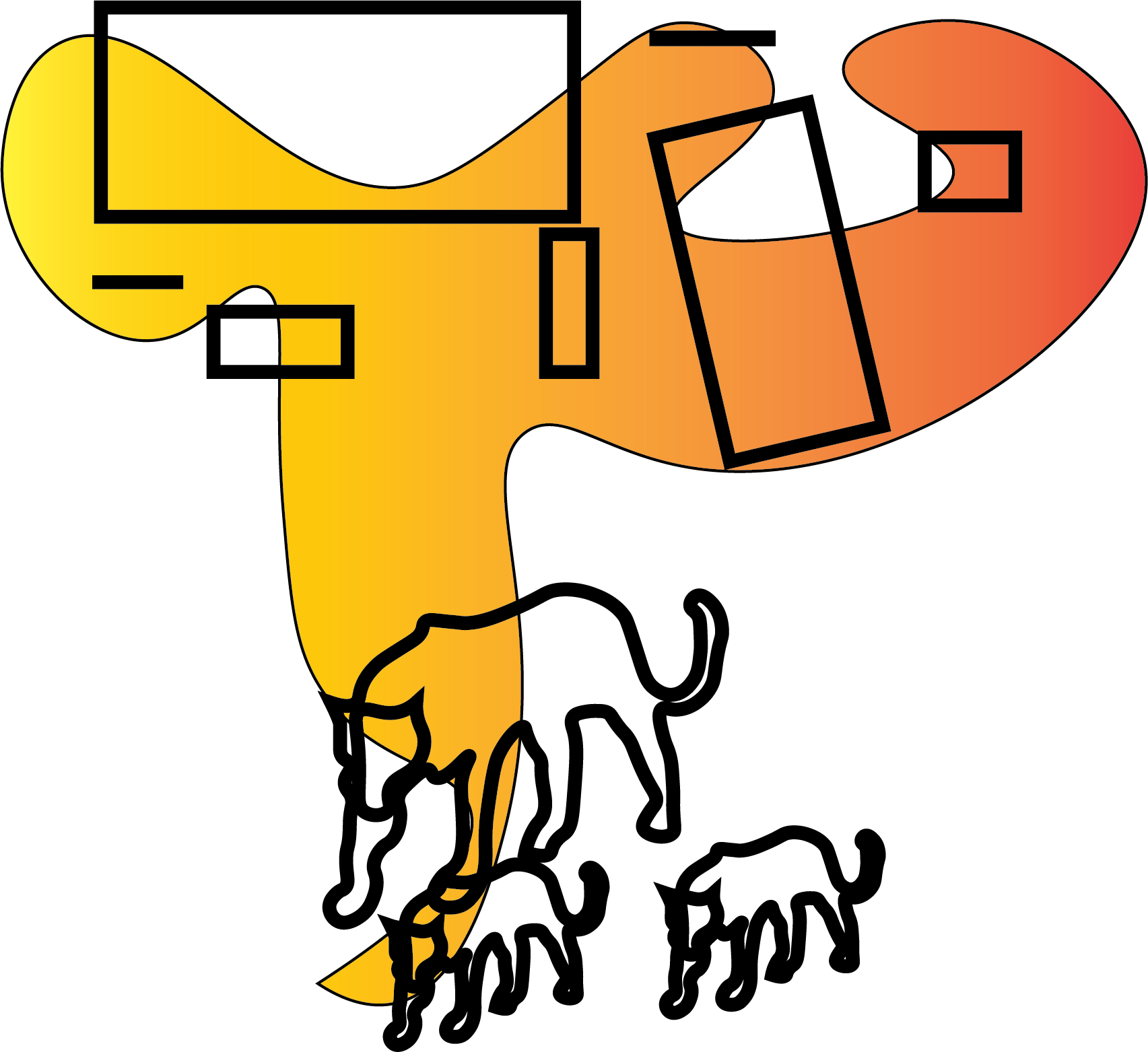
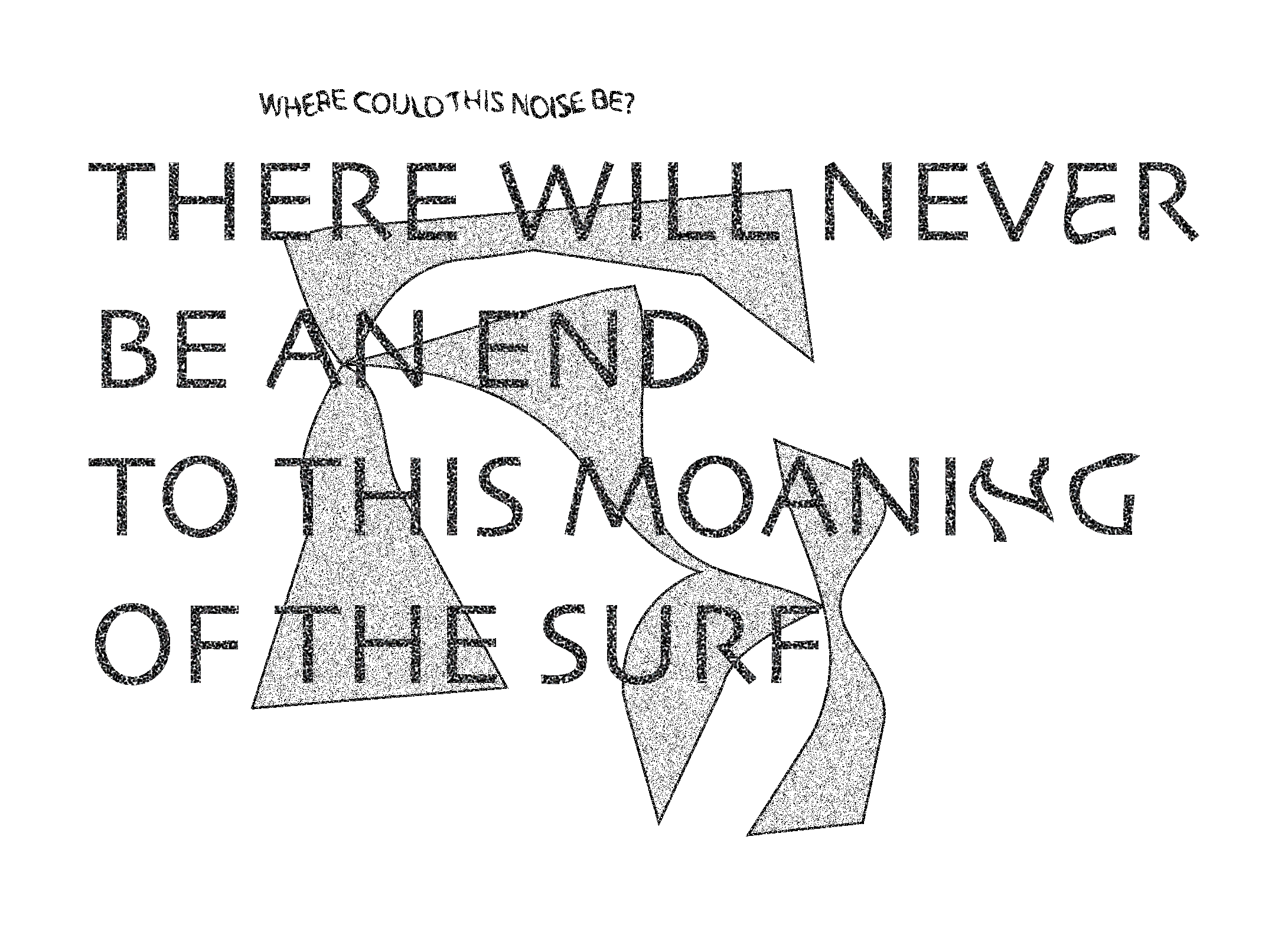
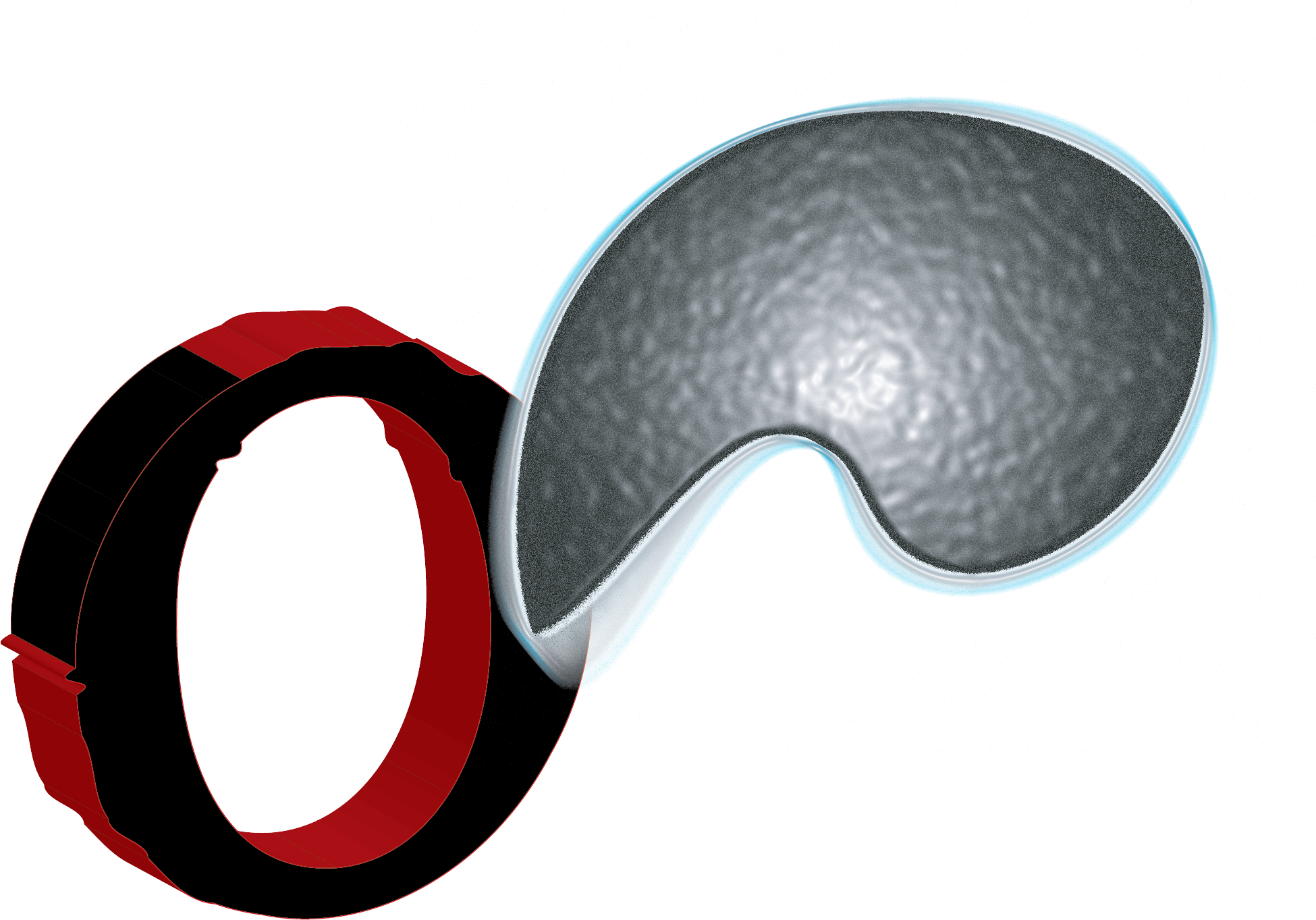

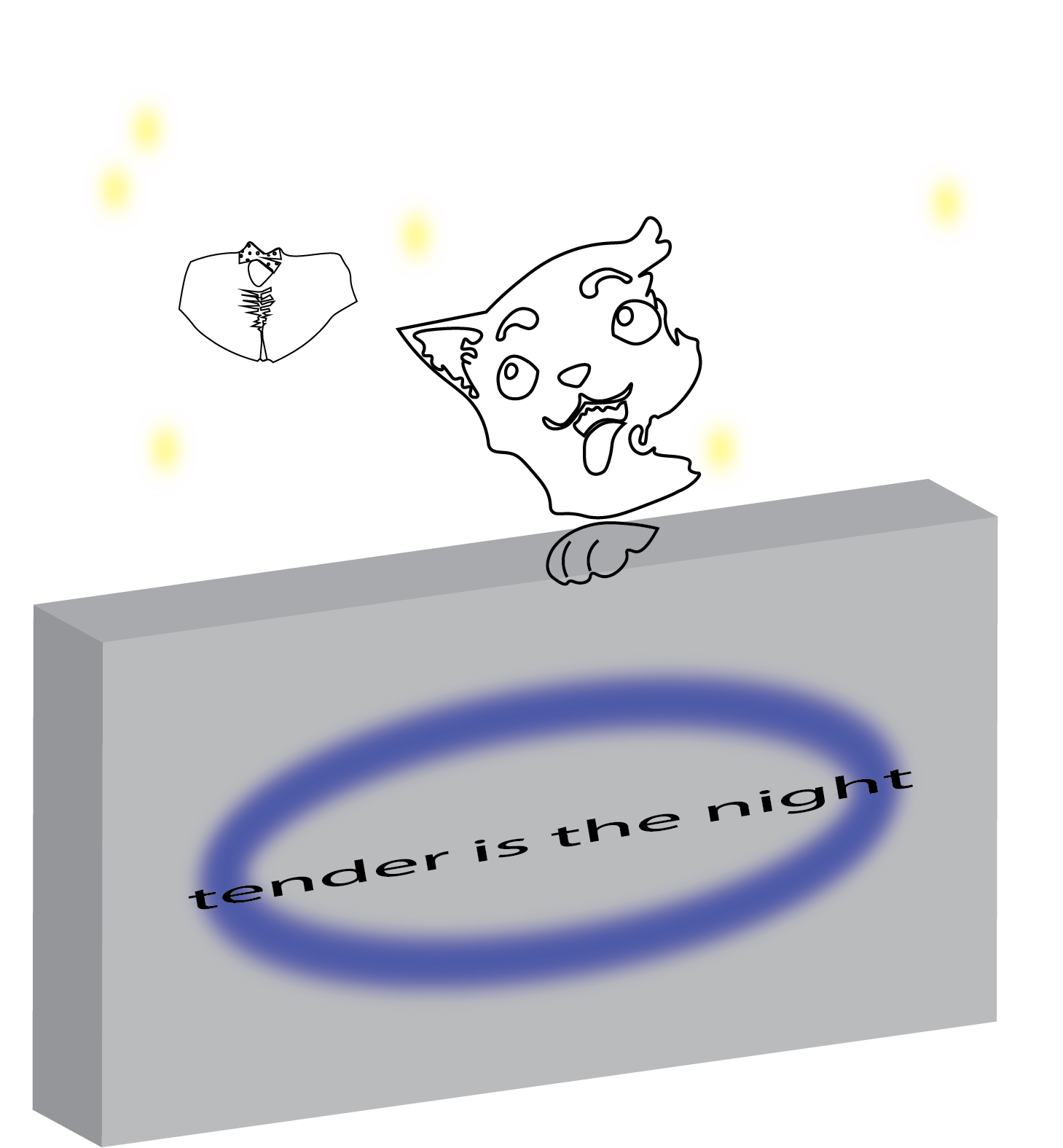

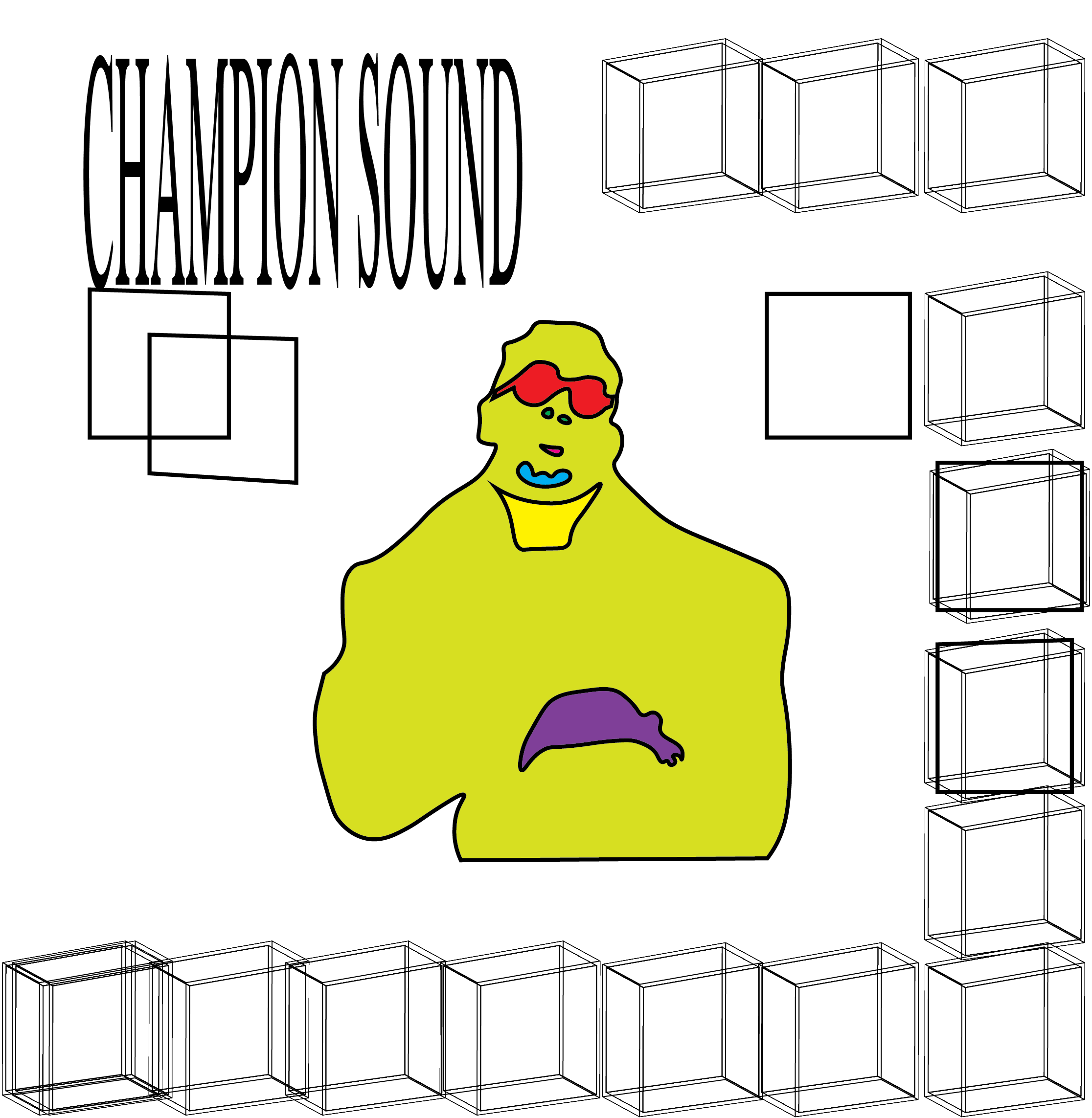
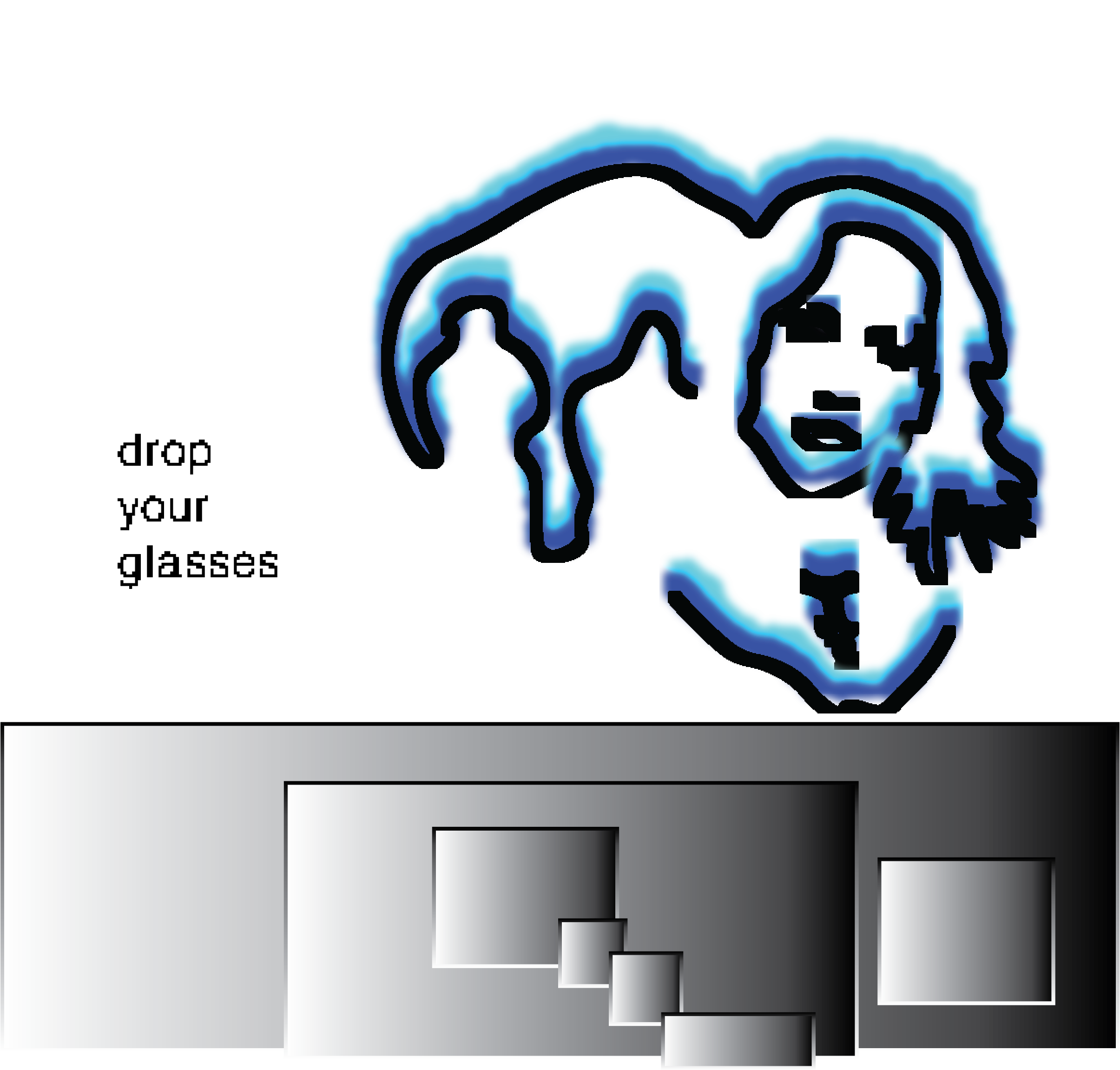


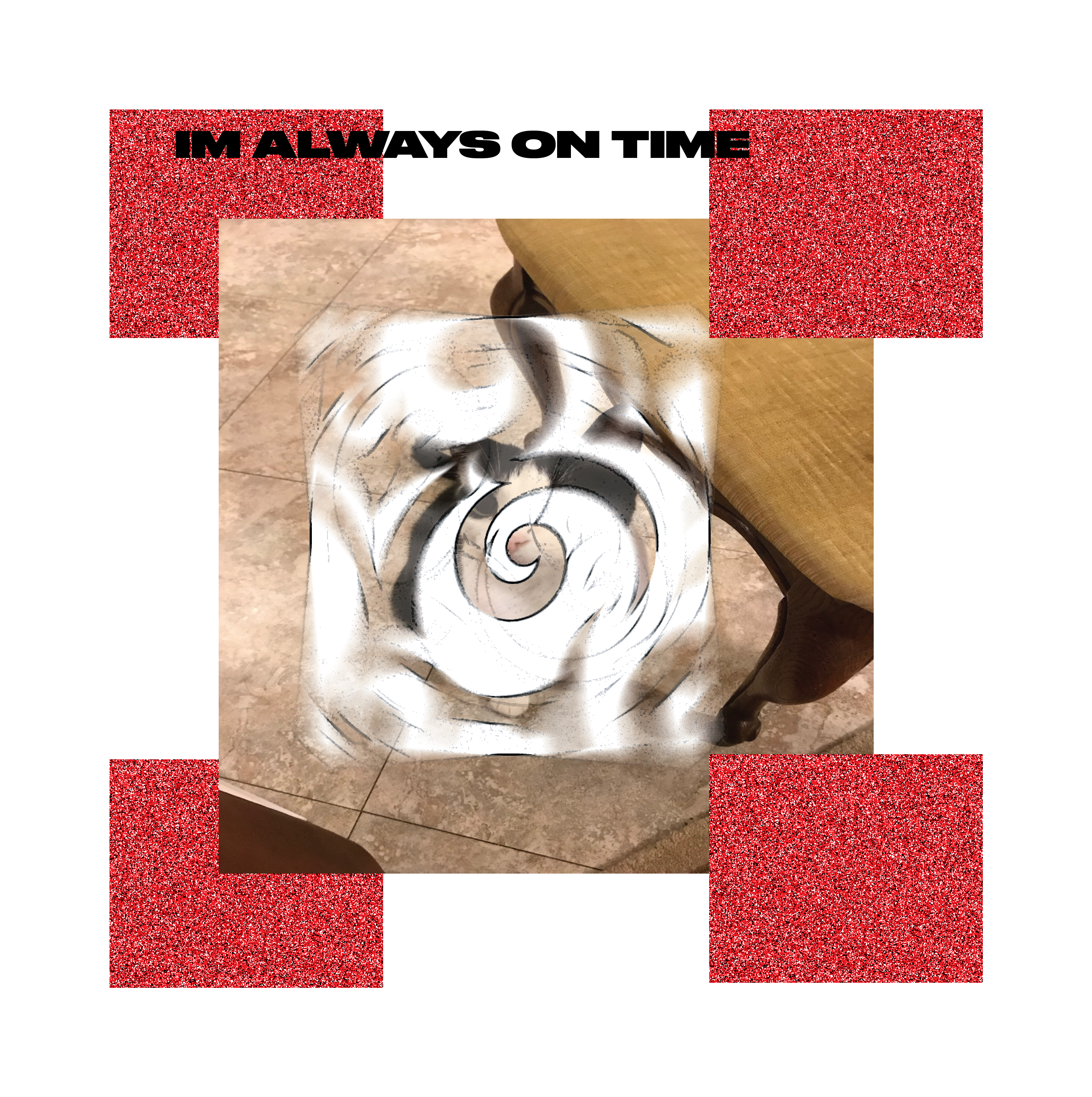

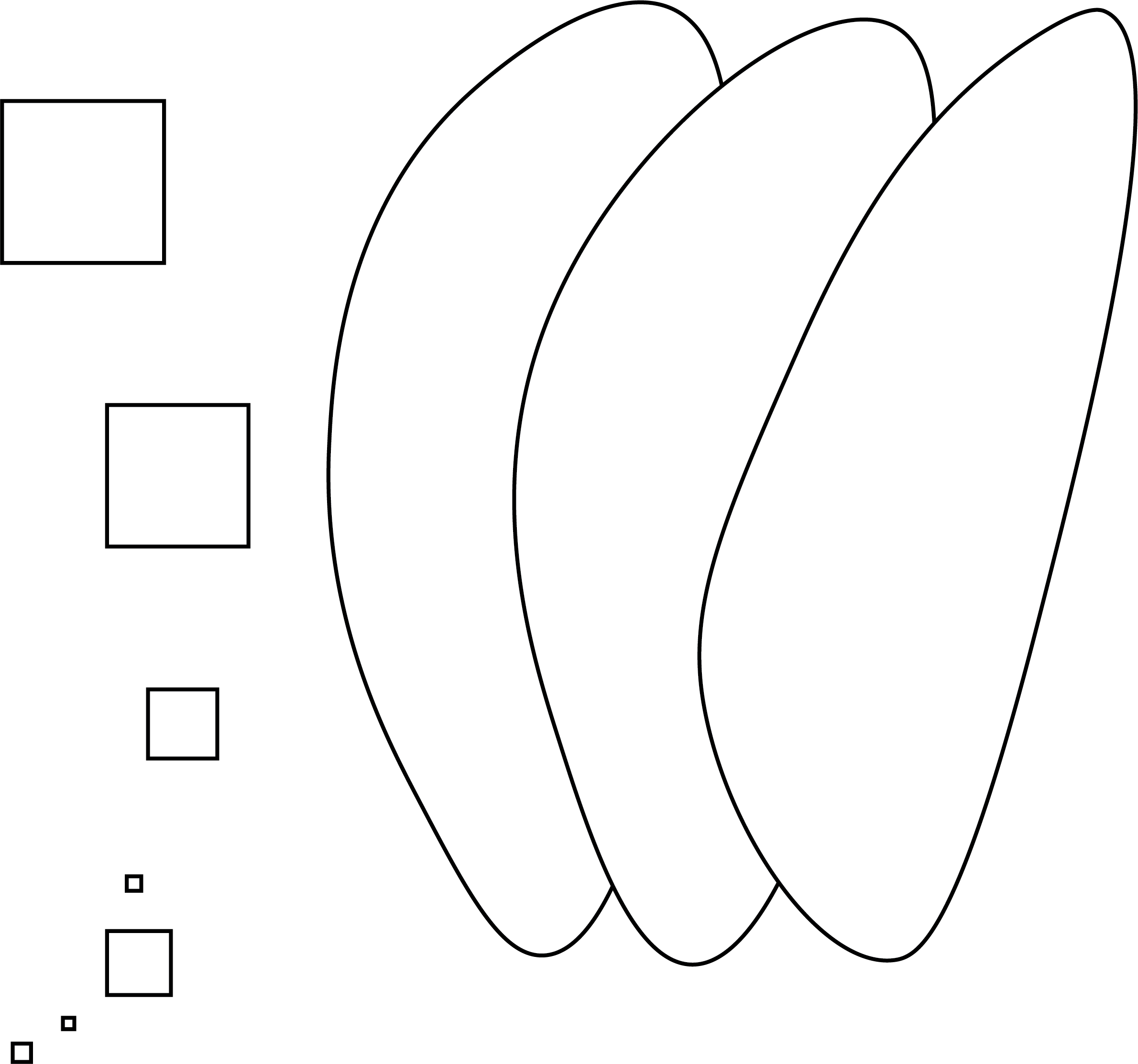
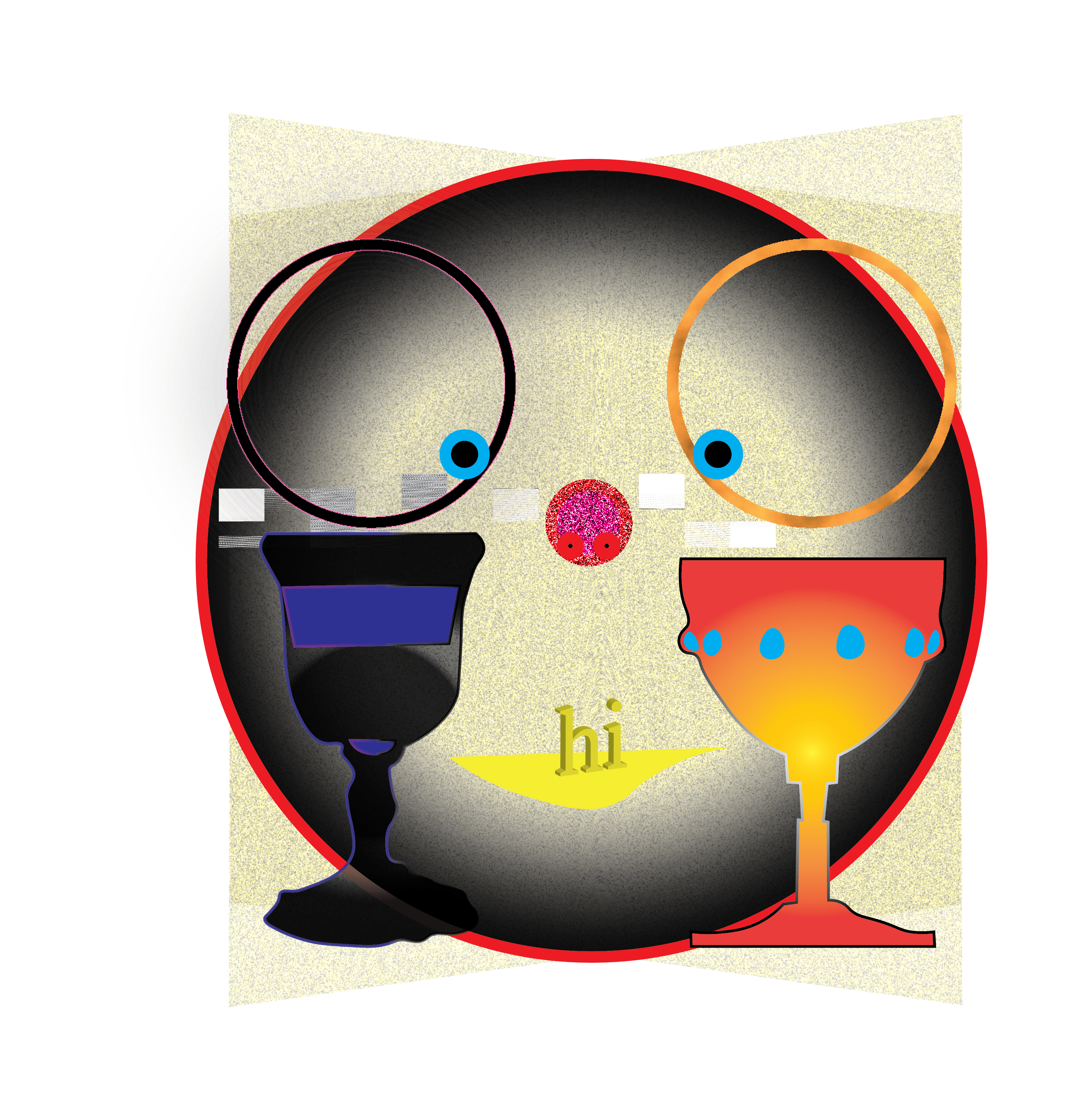
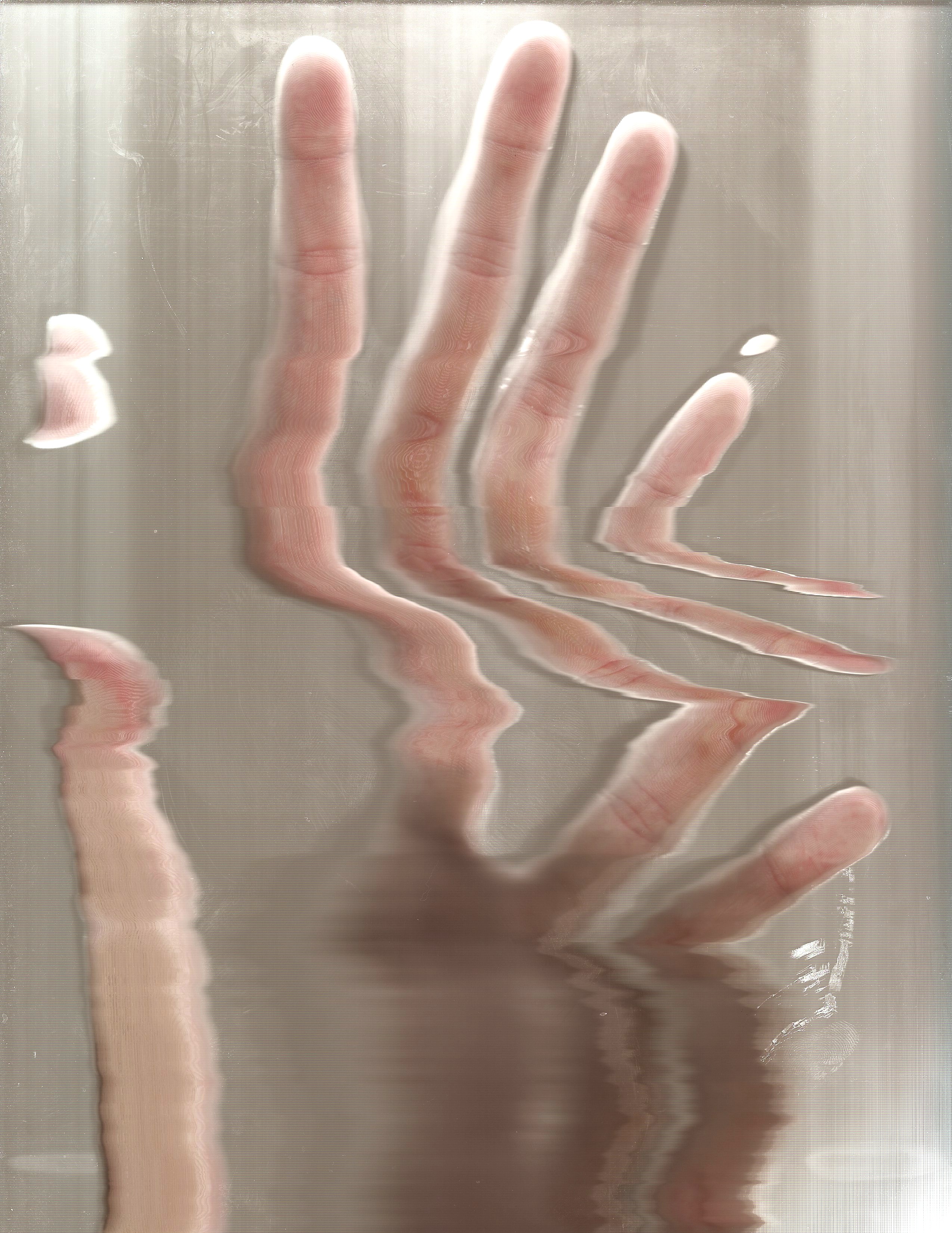







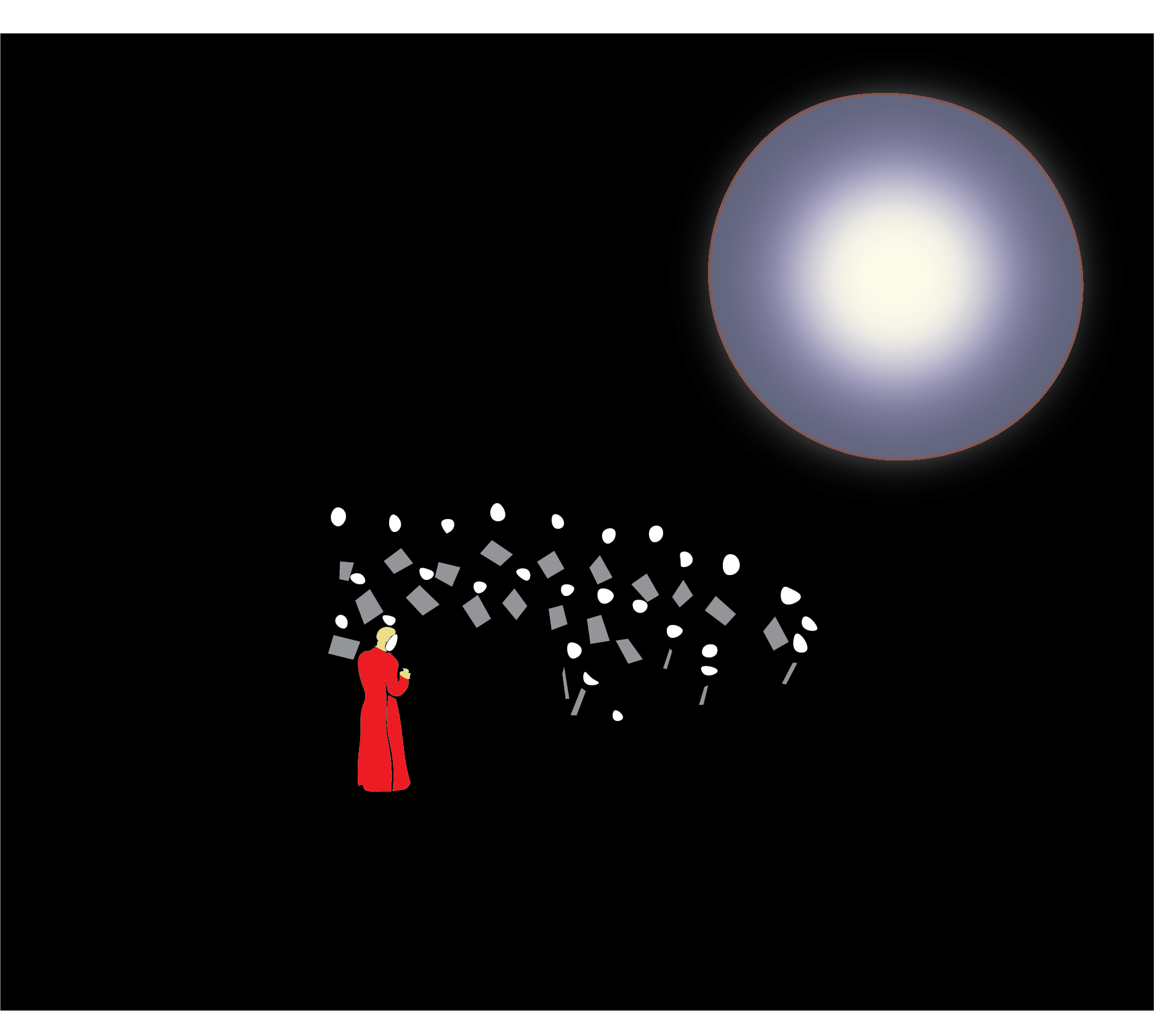












old intro language: publishes books by artists working in dance and performance-based art forms; as well as a growing number of periodicals that focus on electronic and performing arts. YIP is a no overhead, no debt publishing house, unsponsored by any individual or organization. The sole operator of YIP is Ben Van Buren
INTRODUCTION -- For whatever reason I always start, by way of remembering that I want to start, by acknowledging a simple fact, that being far away from a love is hard. I used to want to say that, only— that being away from someone you love, and really, specifically, a lover, is difficult. But recently I’ve started to amend that observation with the added observation that the distance from a living lover can sometimes feel the same as the distance froma non-living love, or lover. It’s simply the not having that
brings one pain. And even more recently I’ve come
to acknowledge that when I read a powerful book,
a book that moves me to tears by way of showing
me the face of the something profound, which is my
face, which is your face, when that happens, I feel
more than presence of the author; I feel their touch
in the cheap cream stock of the paper. And their
touch is the touch of unconditional giving. It is their
nudity, offered selflessly. They become the universal caregiver. And I love that.
Because, to borrow a locution, I am who I am
because somebody cared for me, somebody attended
to me. And so, having experienced the touch of
the author once I desire it again. When I read The
Rainbow and am undone by the notions of “reverence”
and of “triumph” as they have been set down in writing, the gap in time
and space that has separated me from the author
vanishes and I am there, on the bed, in Yonkers, held.
They are long dead and they hold me as I,
in turn, hold them. And then I wonder, “If the
book is someone to touch what’s a pervert?”
It may be silly to acknowledge but, in fact, we will
never close the gap of time. We may leave wholly
intentional, beautiful, objects behind, but they
will always ever-only be shadows of a life lived. I
feel it must be said because I am far too happy to
romanticize publishing (in particular) as a business
capable of creating objects that reanimate the dead.
But it can’t be so.
We live amidst distance. It is our most bountiful material.
We are in touch with each other from afar most days—
all the time. It is in this way, with phones, with letters, with
the internet, that we have come to live in a state of eager patience.
fulfilled, not always consummated.
I know I’ve seen my friend before, I know I will see
them again. I want to see them now so I will talk
to them now, wherever they are, but I wont see them
til I see them so I will do waiting.
The video might be of a higher
resolution when we skype, the decision of the paper,
of the cover, the font, the binding might be incredibly
specific, clear, intentional; but we are still apart, we
are still NOT an actual book. And so, coating, all relationships save the ones which can honestly
undo you, or the ones that are newish but which
you’d like to bring to the point where they can undo you, rests a layer, a film, of melancholy. Which is to say
that lingering in the silence that precedes the next
textual utterance is a desire to be visible which isn’t
fulfilled; is a delusional expectation of punishment. So what do we do with distance?
And that’s, finally, where I begin.
I’d like to talk with you about two things. Because
I am writing this late at night, and maybe you are
reading it now. I’d like to talk about a sense of
anxiety surrounding notions of legacy preservation
within in my generation of artists who do performance. I believe that this anxiety is related to the historical fact that the most rapid period of growth of performance studies as an academic discipline was contemporaneous to the protracted legal battle over Martha Graham’s
Choreographies, legacy, and memory... The way those two things were bedfellows could, I feel, be explored. And I’d like to talk about parallel rise in popularity of dance in museums and the rise in popularity, production and consumption of “art books”. A parallel which, I believe, indicates a desire to incorporate the erotic experience of a text into interpretations of its meaning. Which is to say a desire to care for each other other.

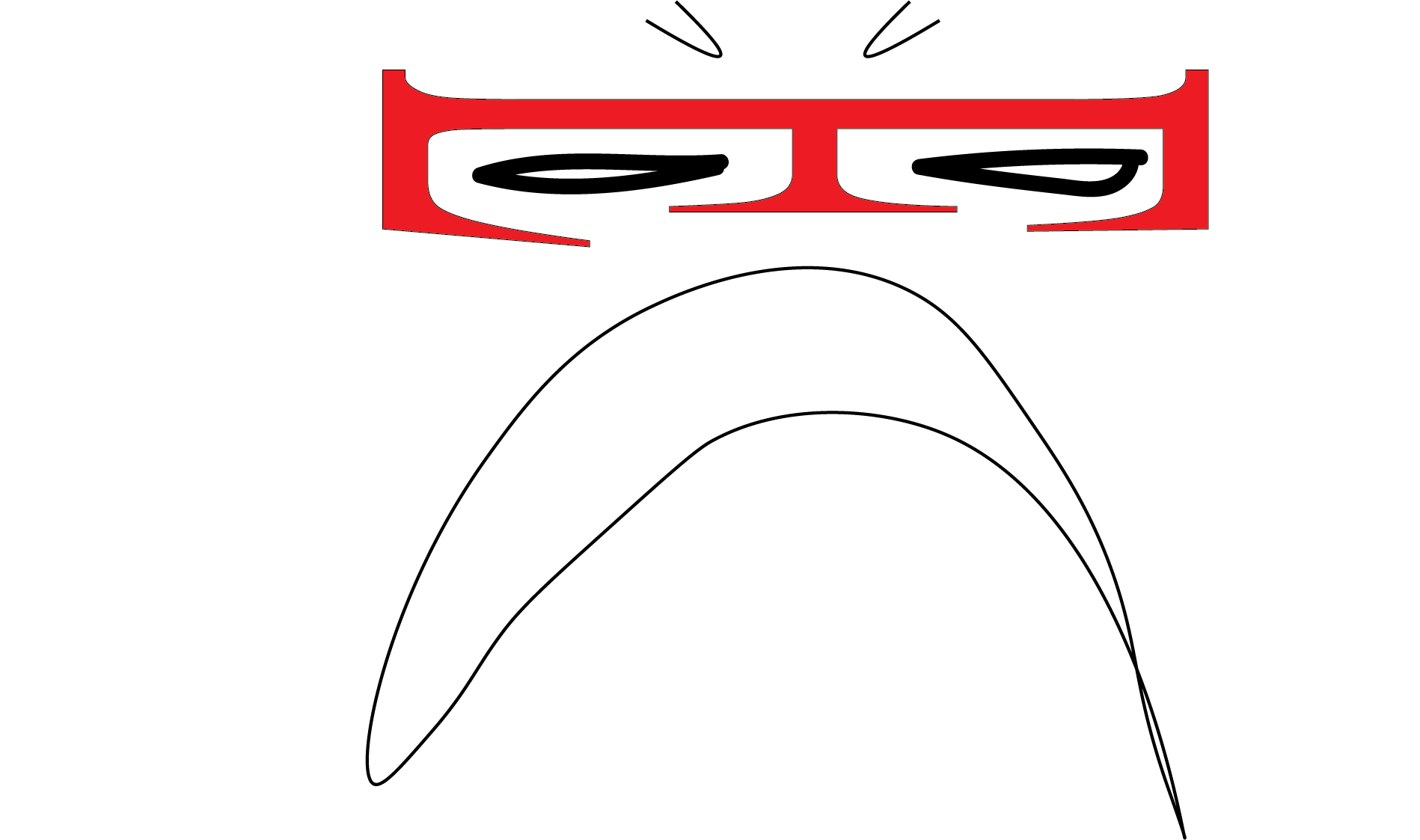
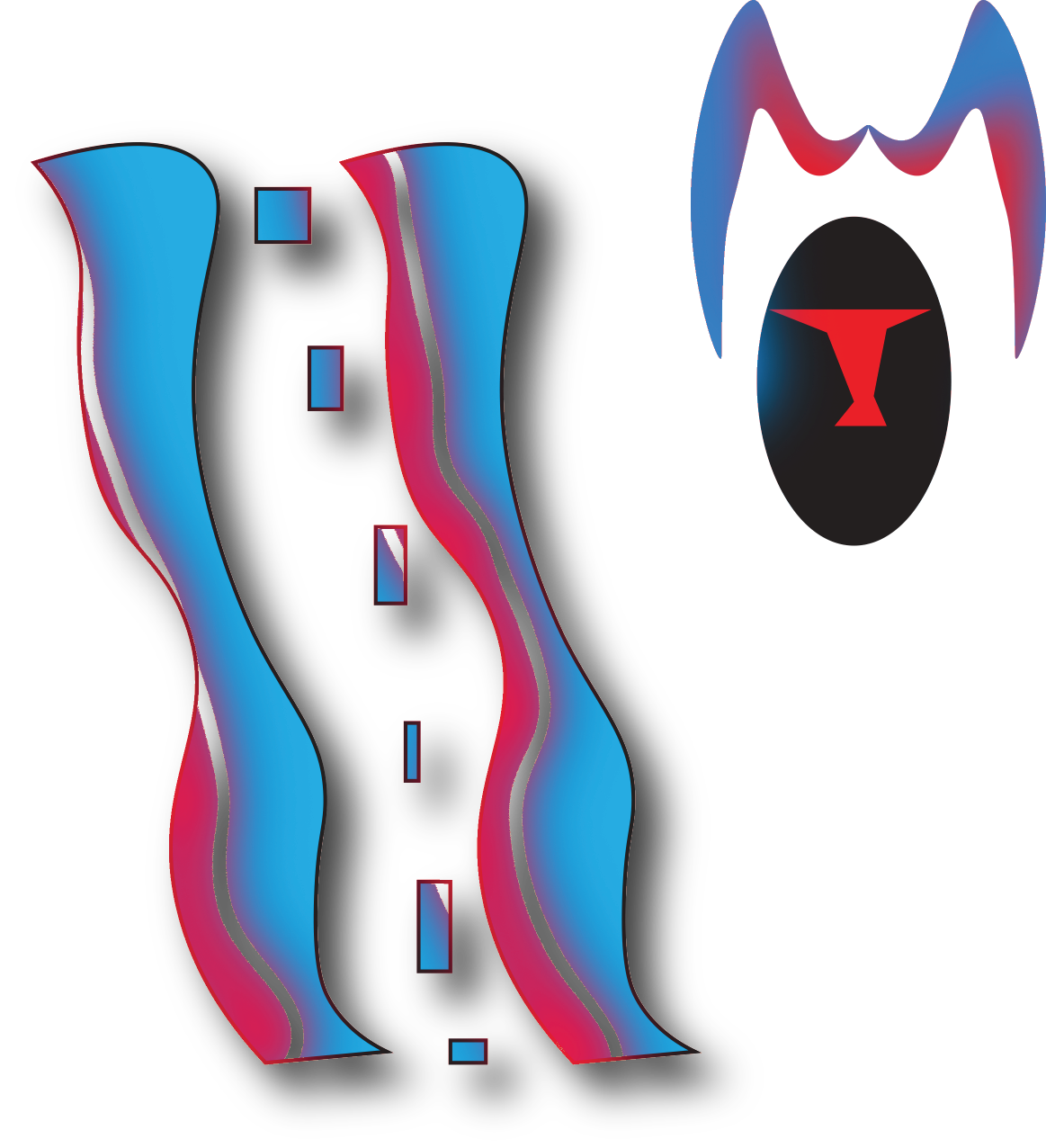
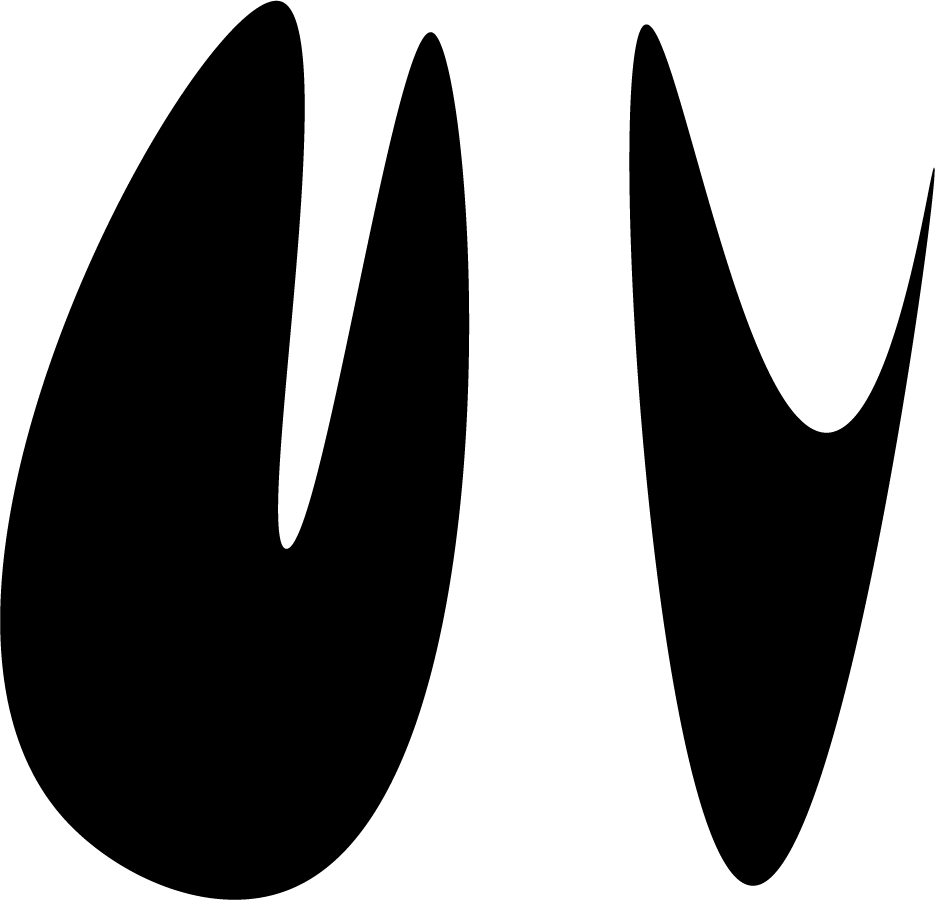

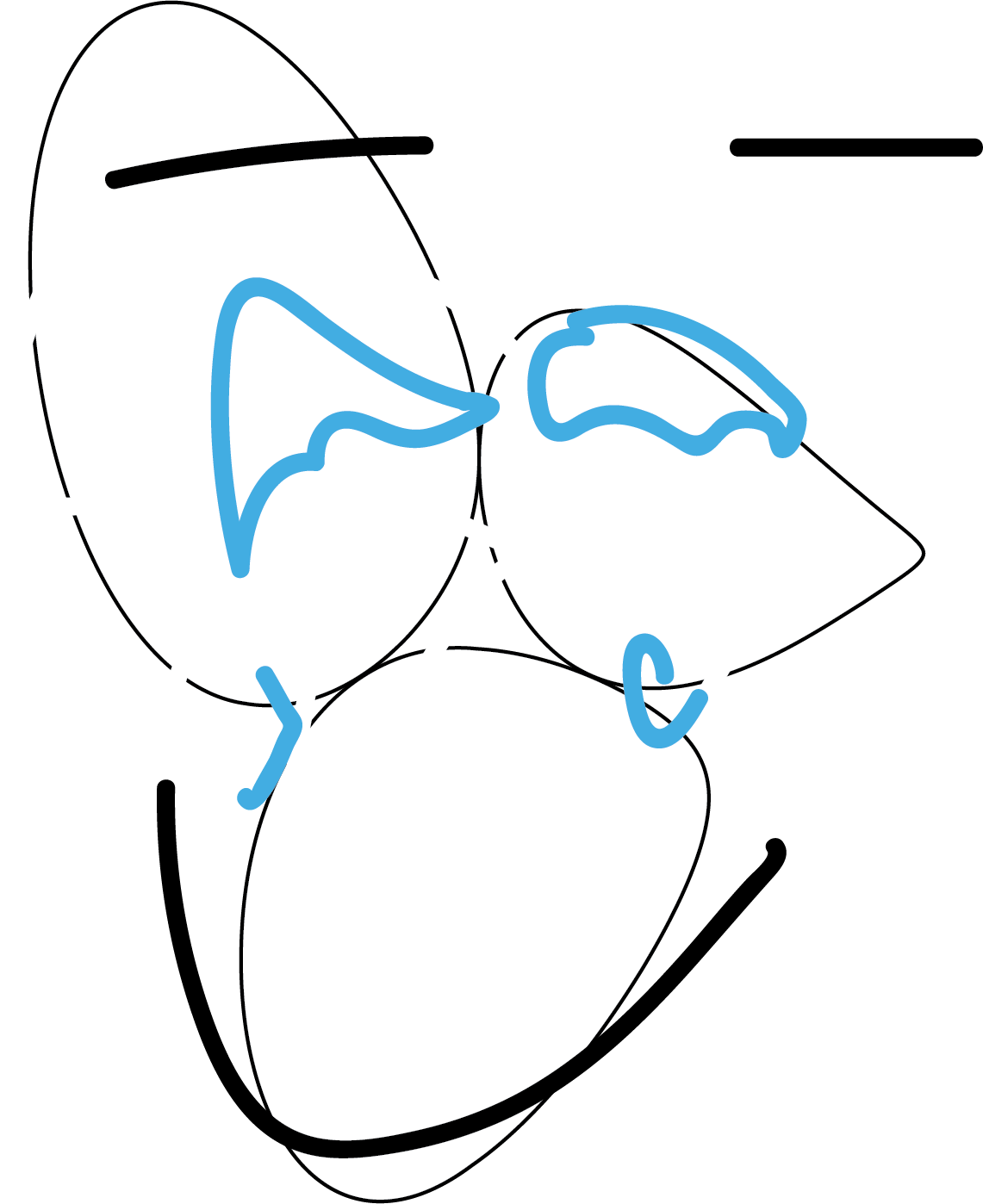
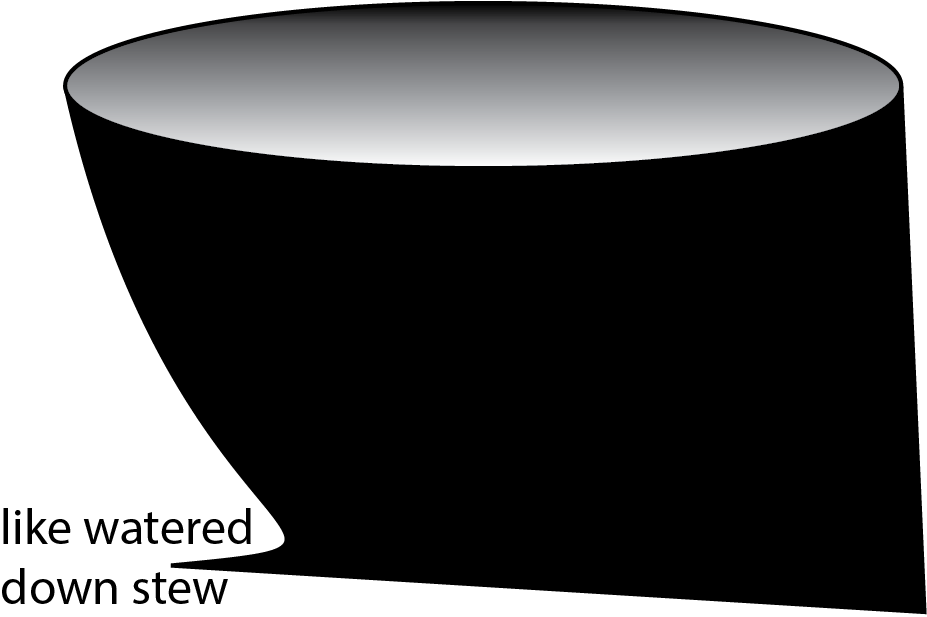
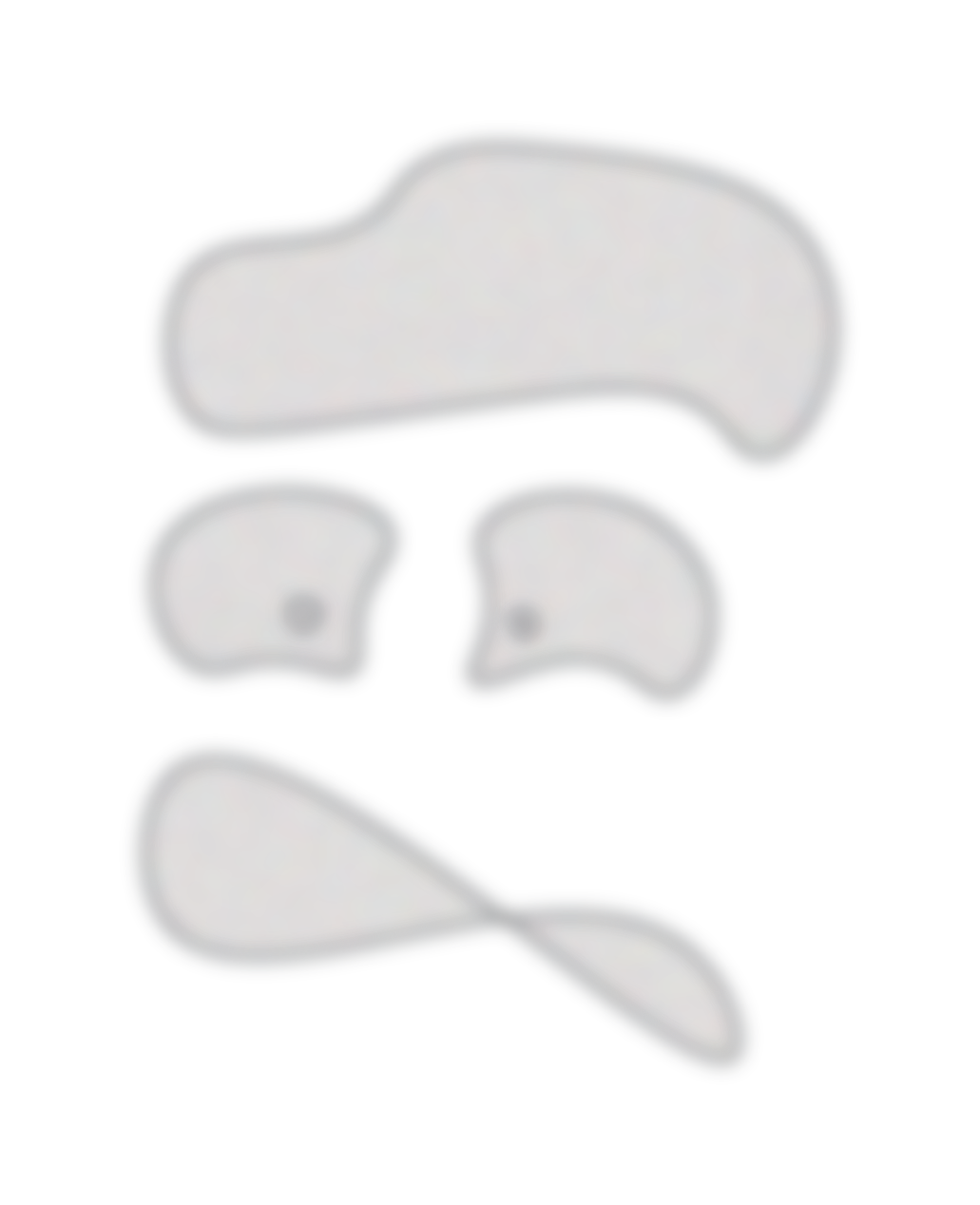
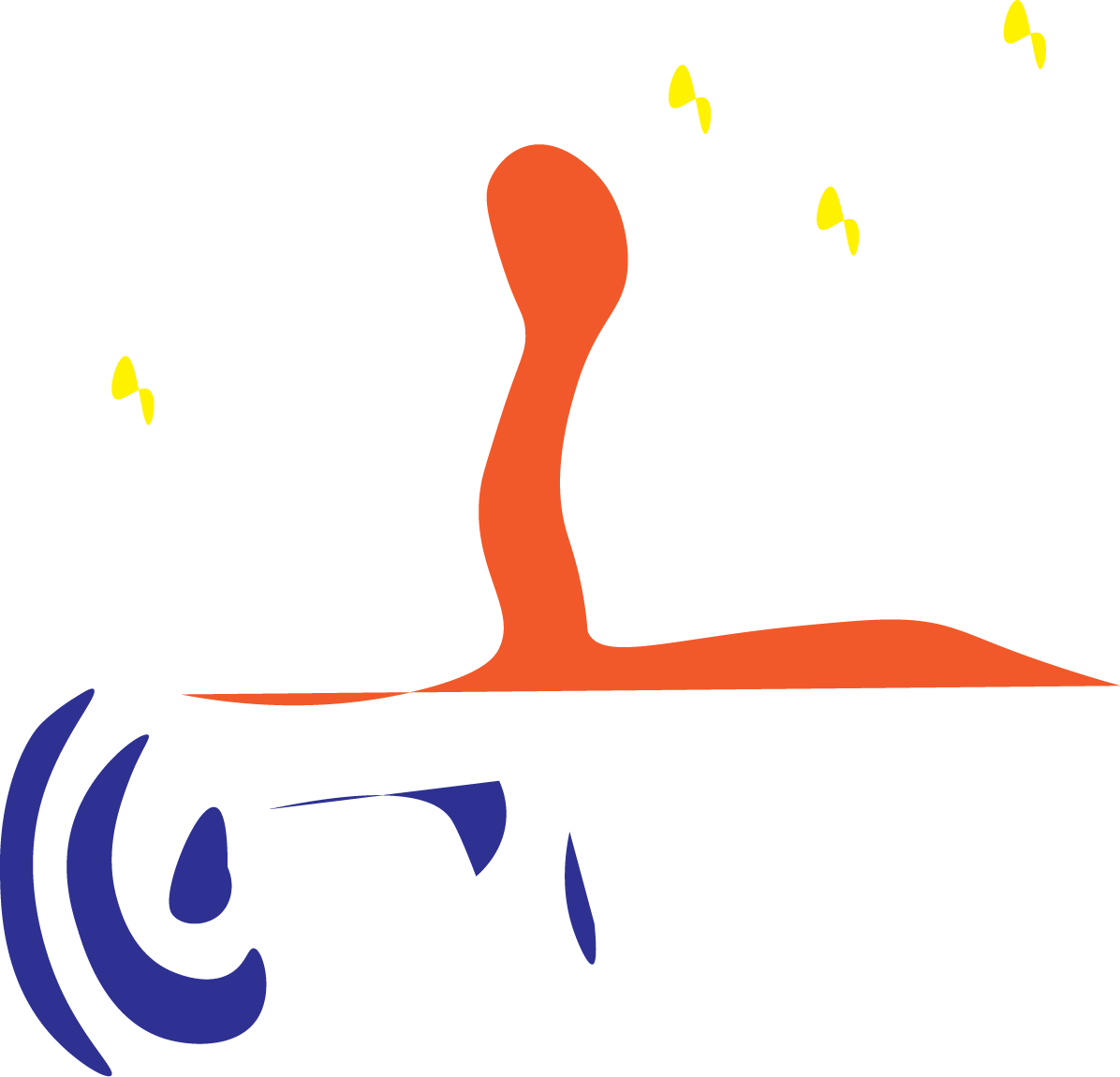
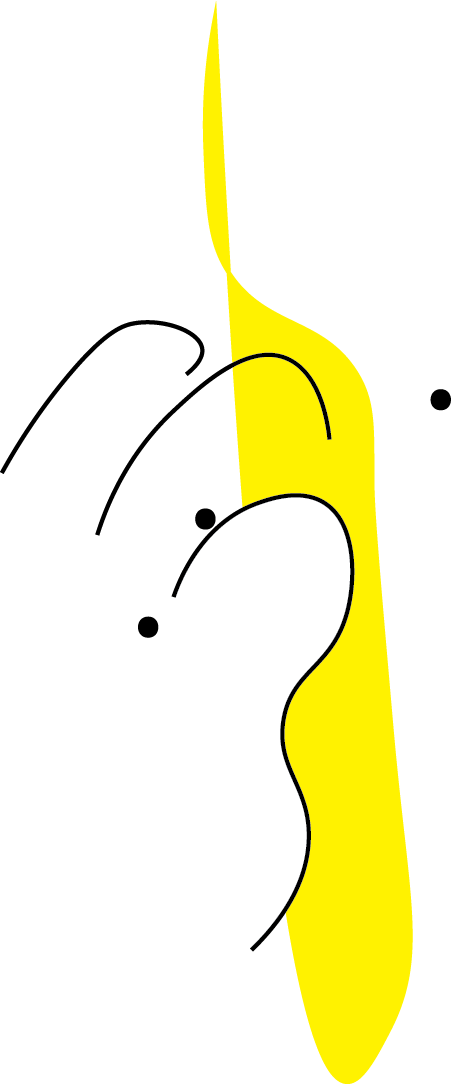
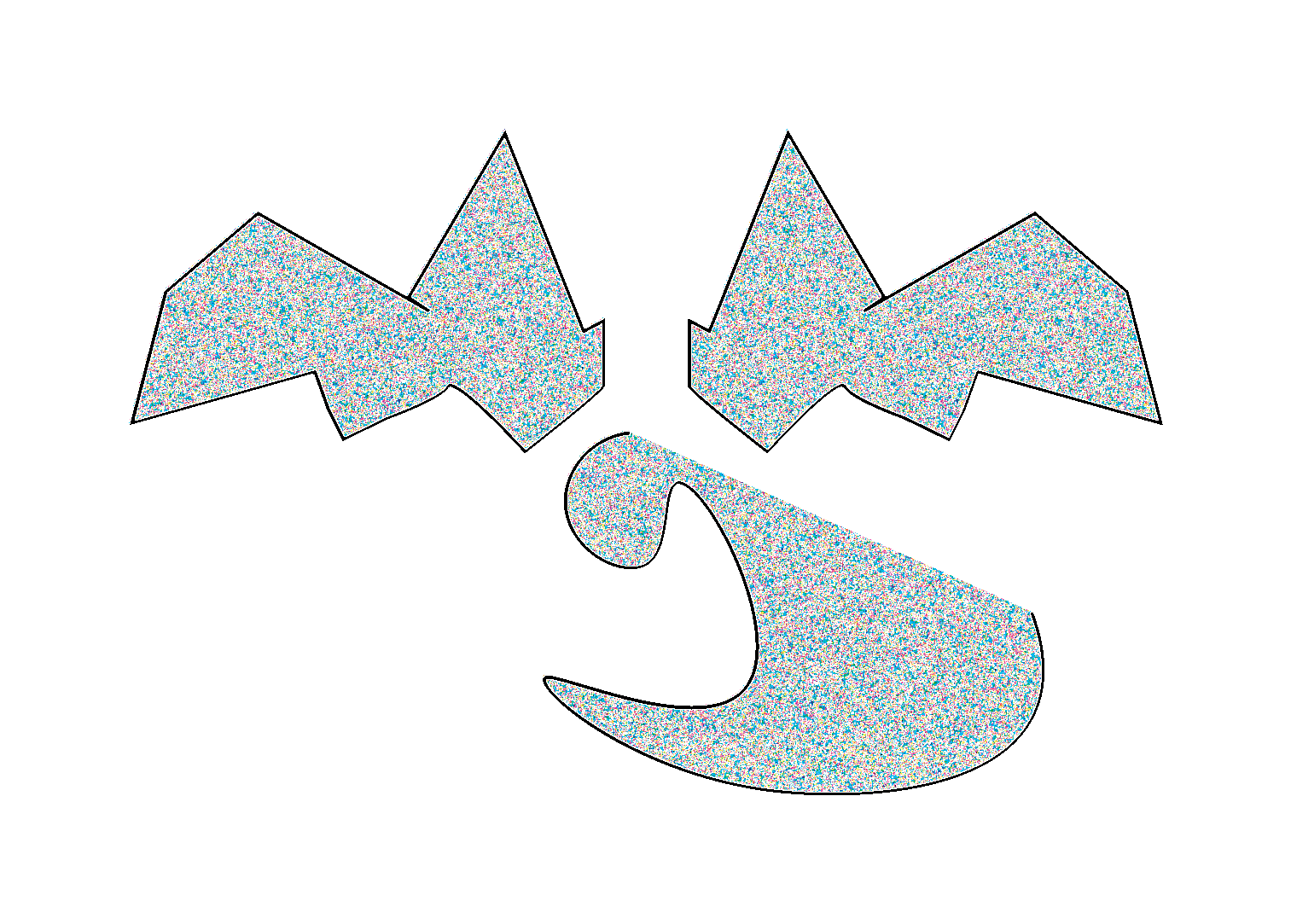

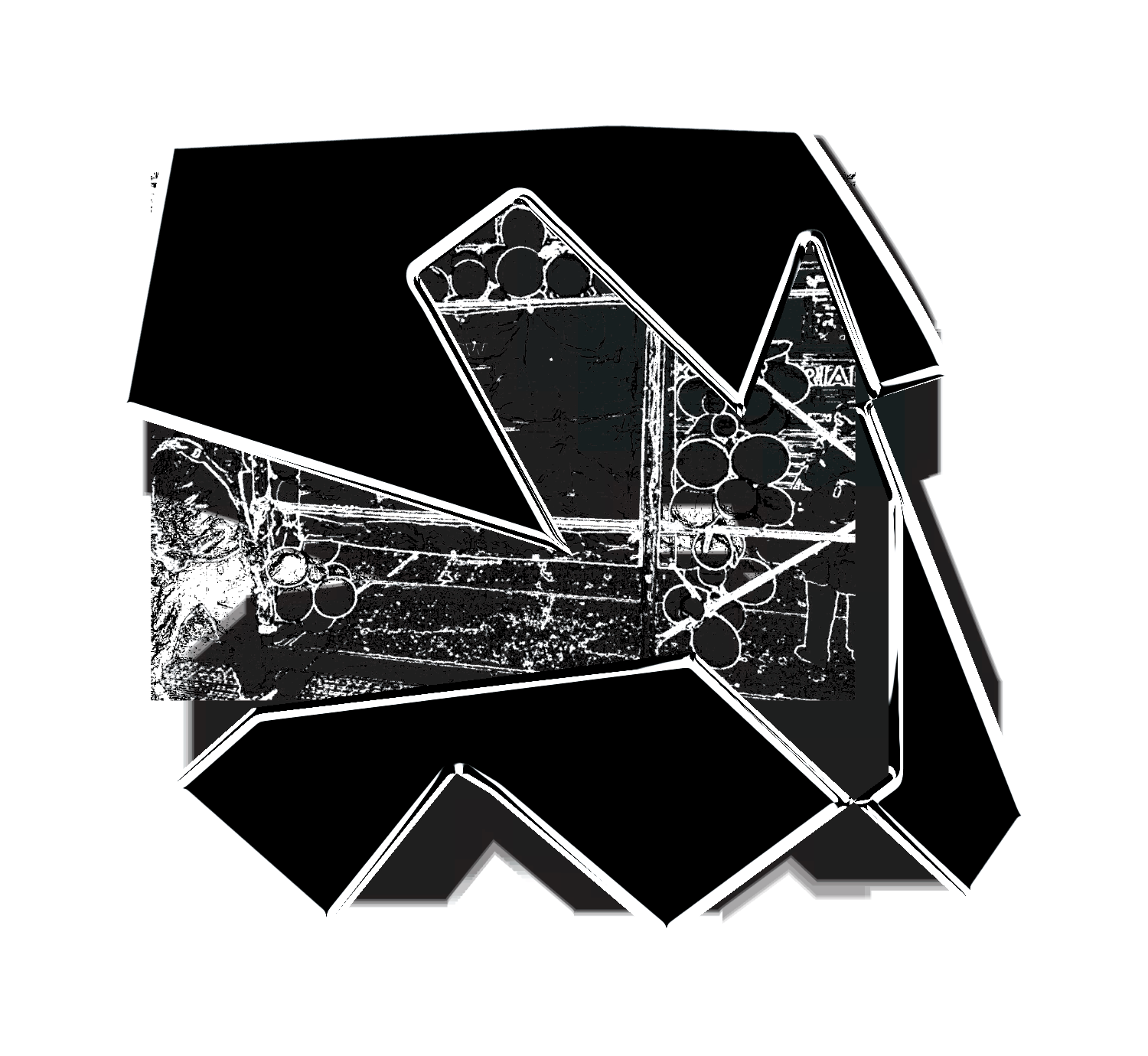
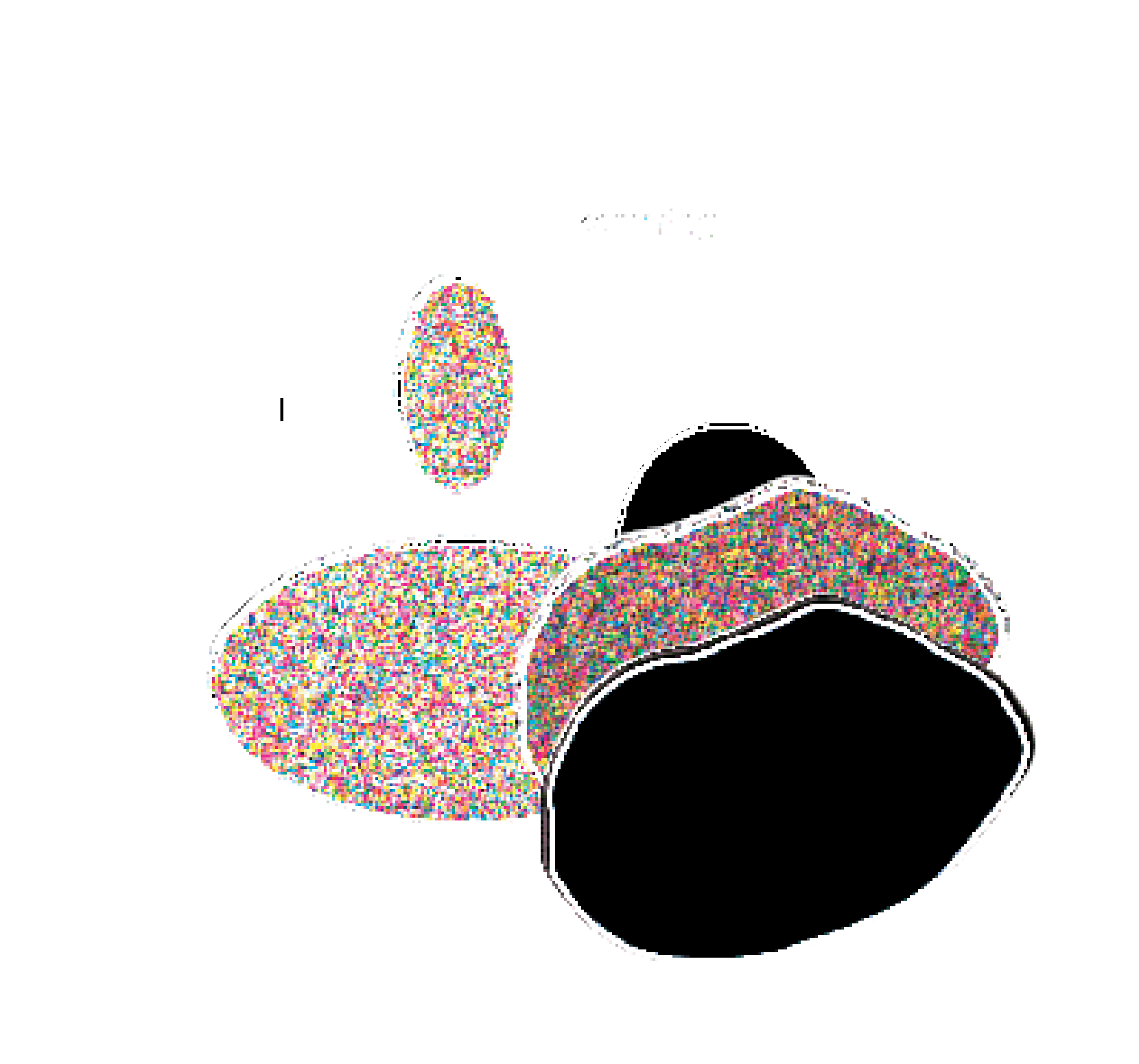
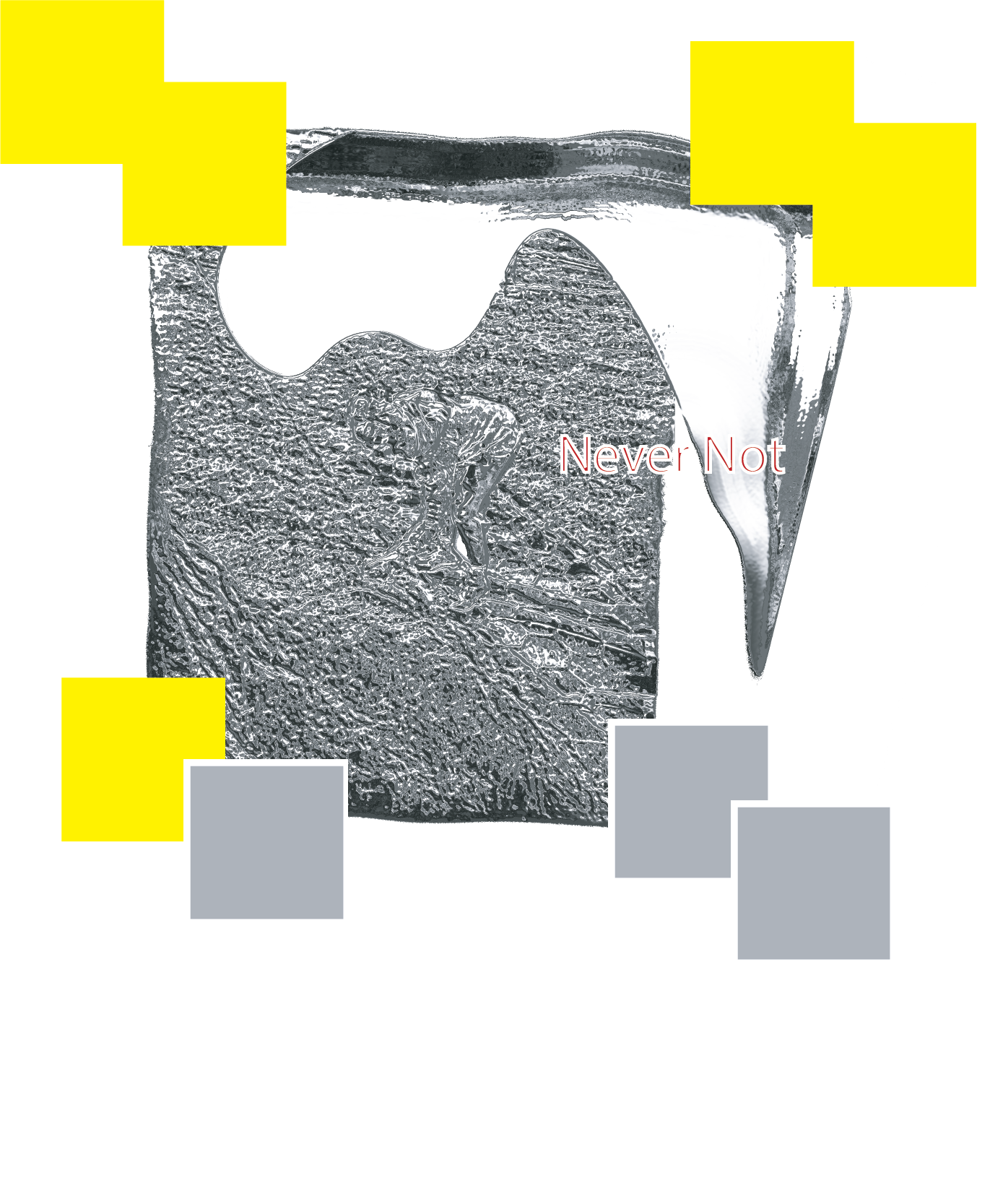
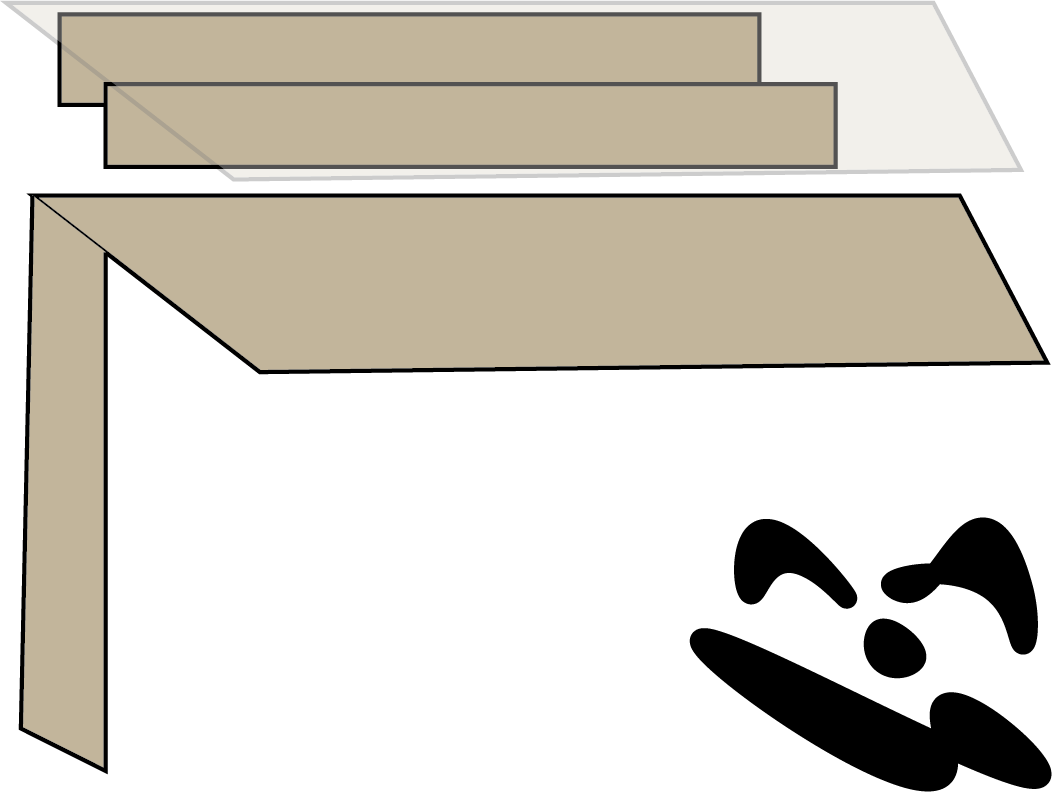
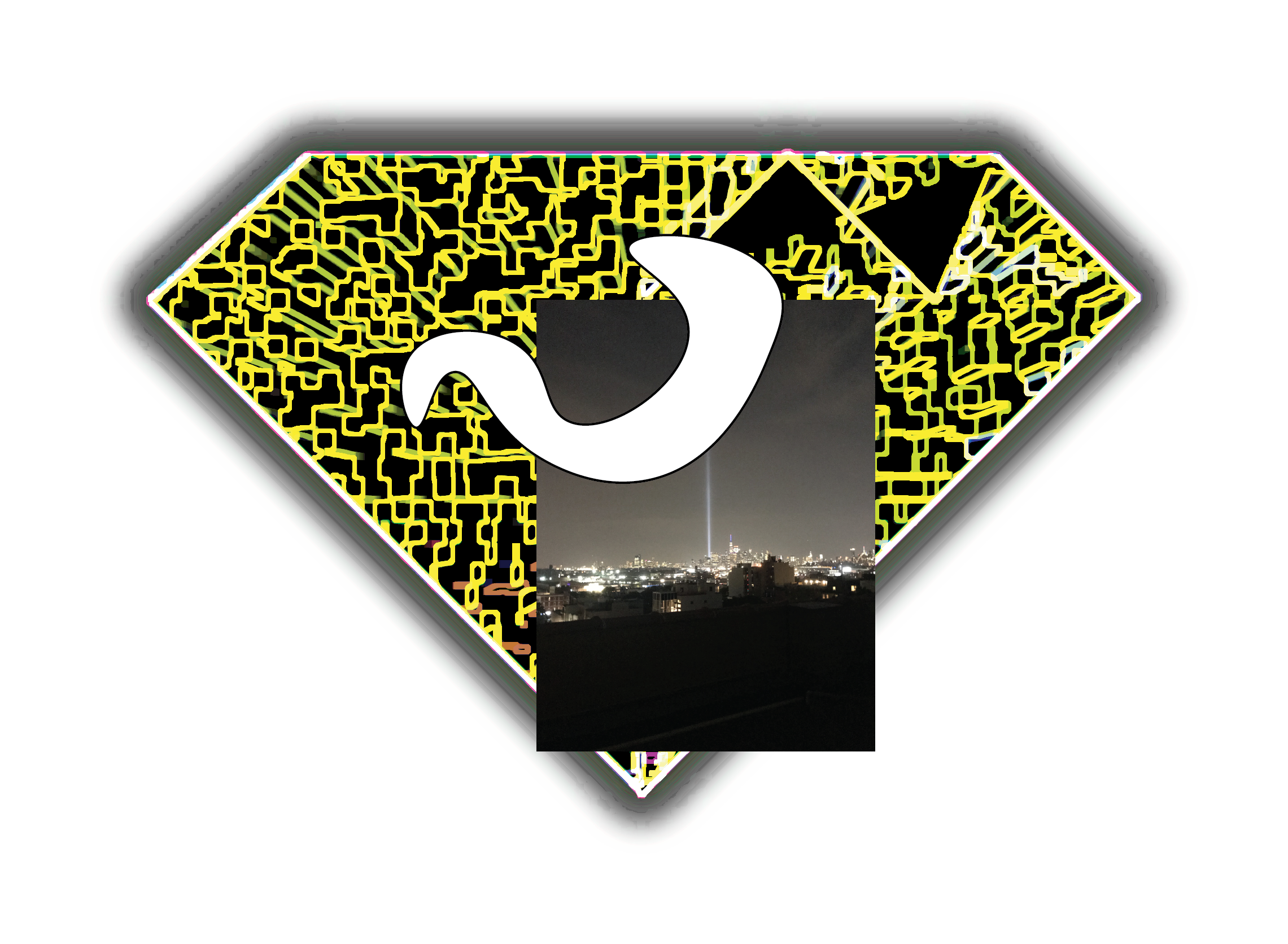
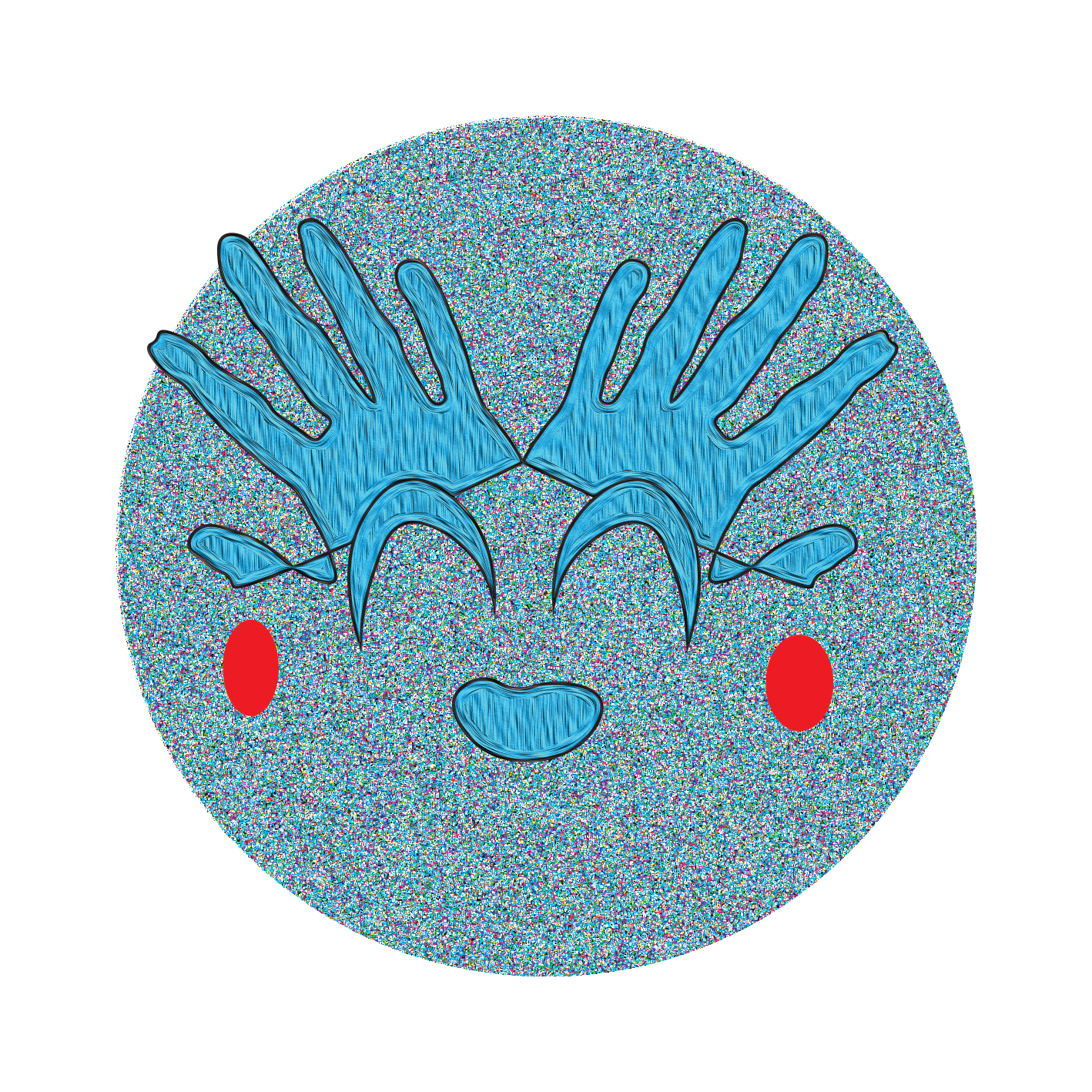

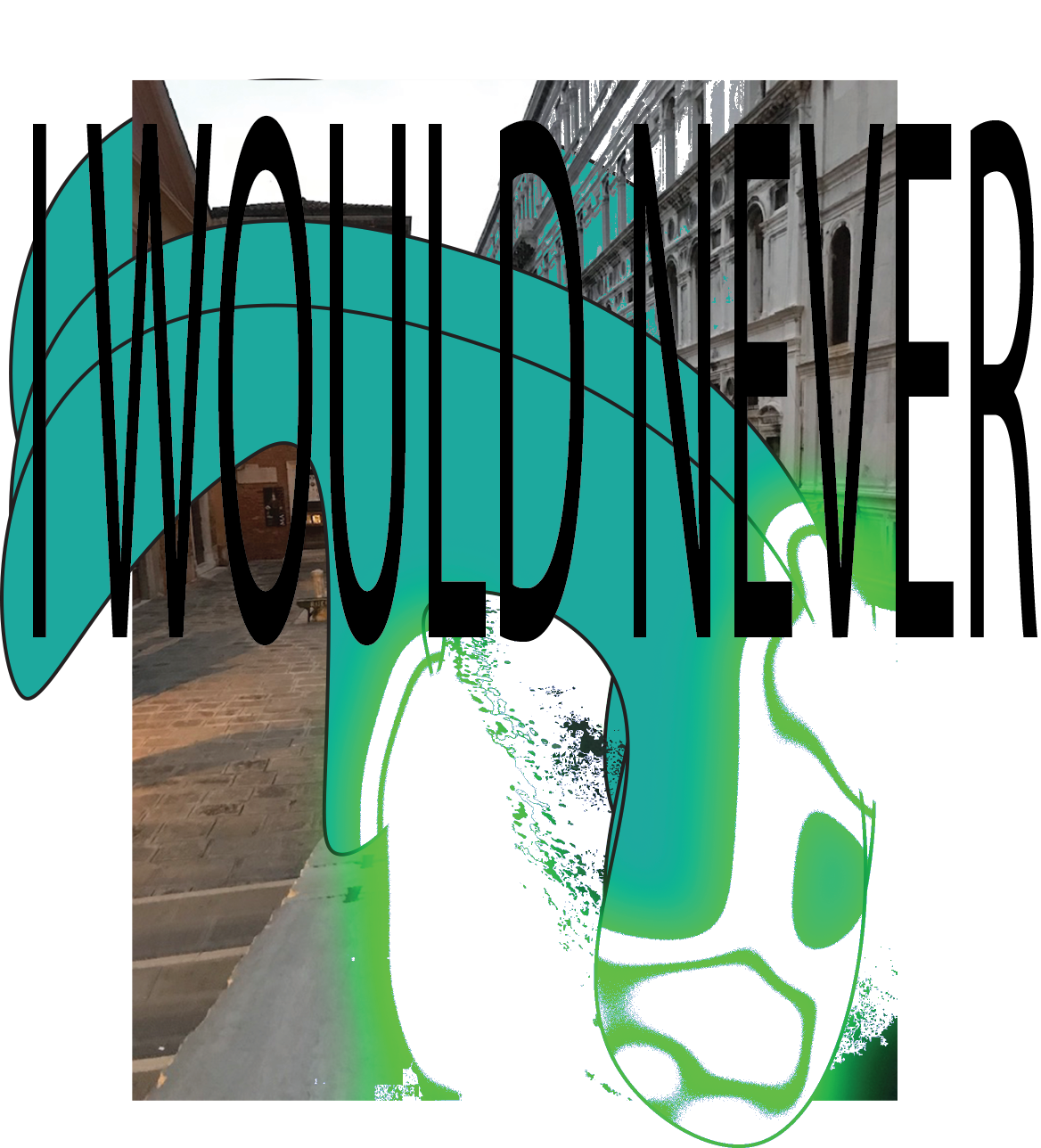
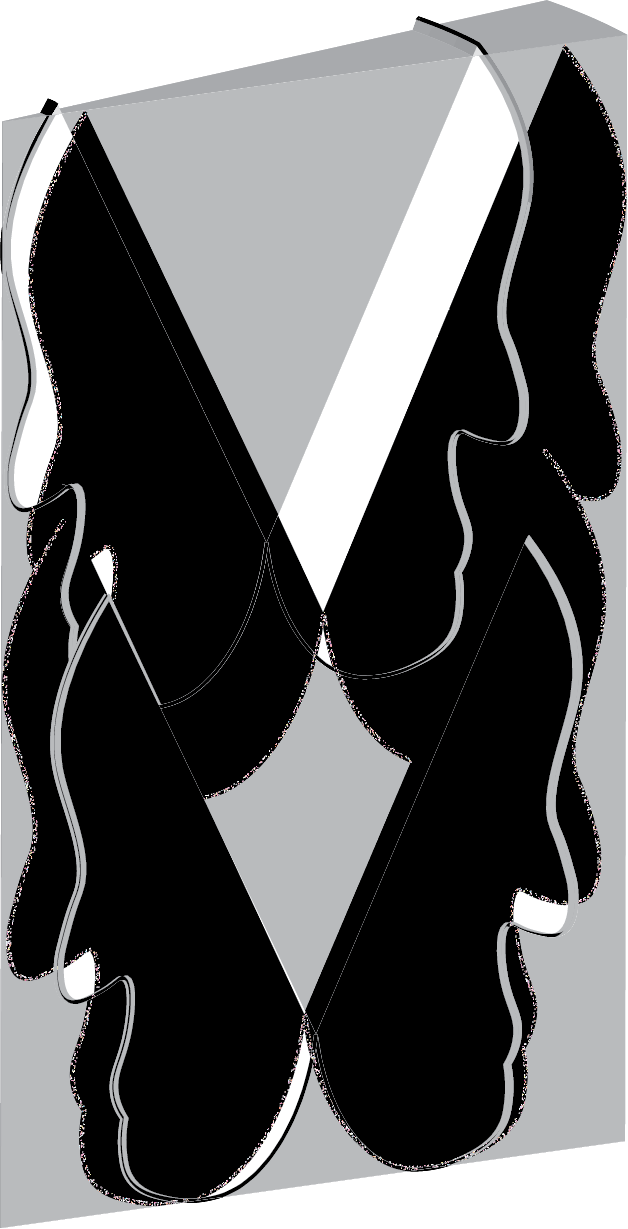
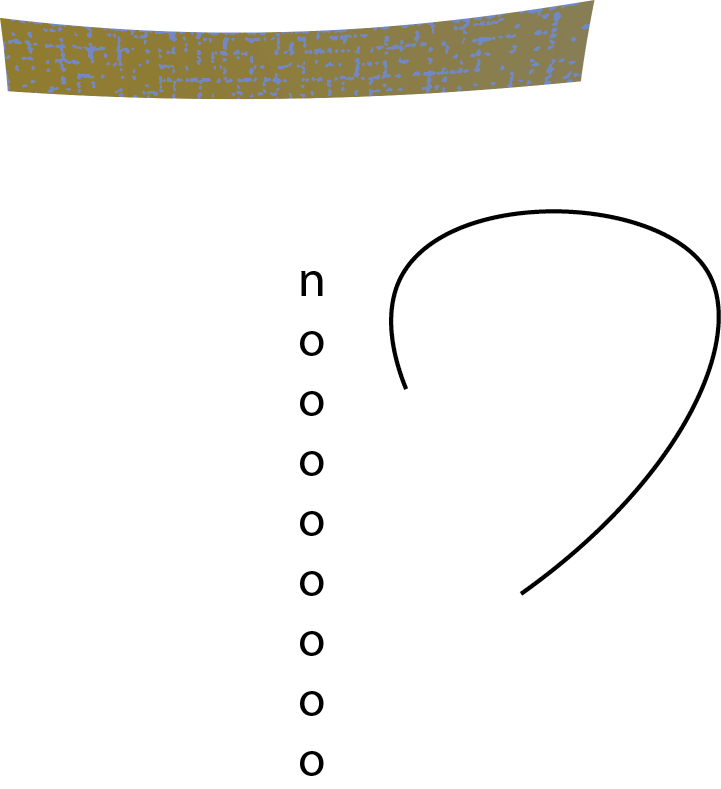


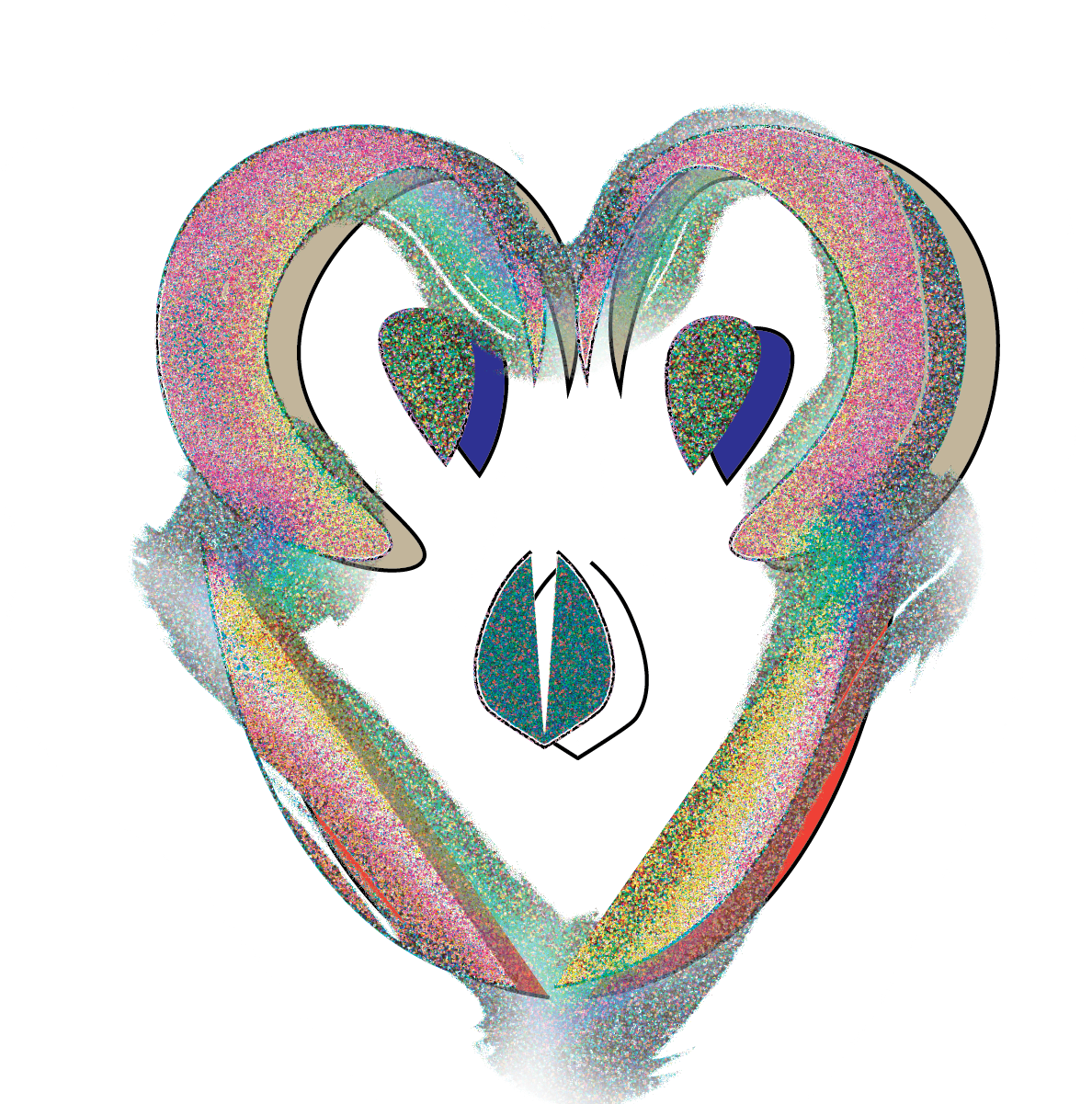
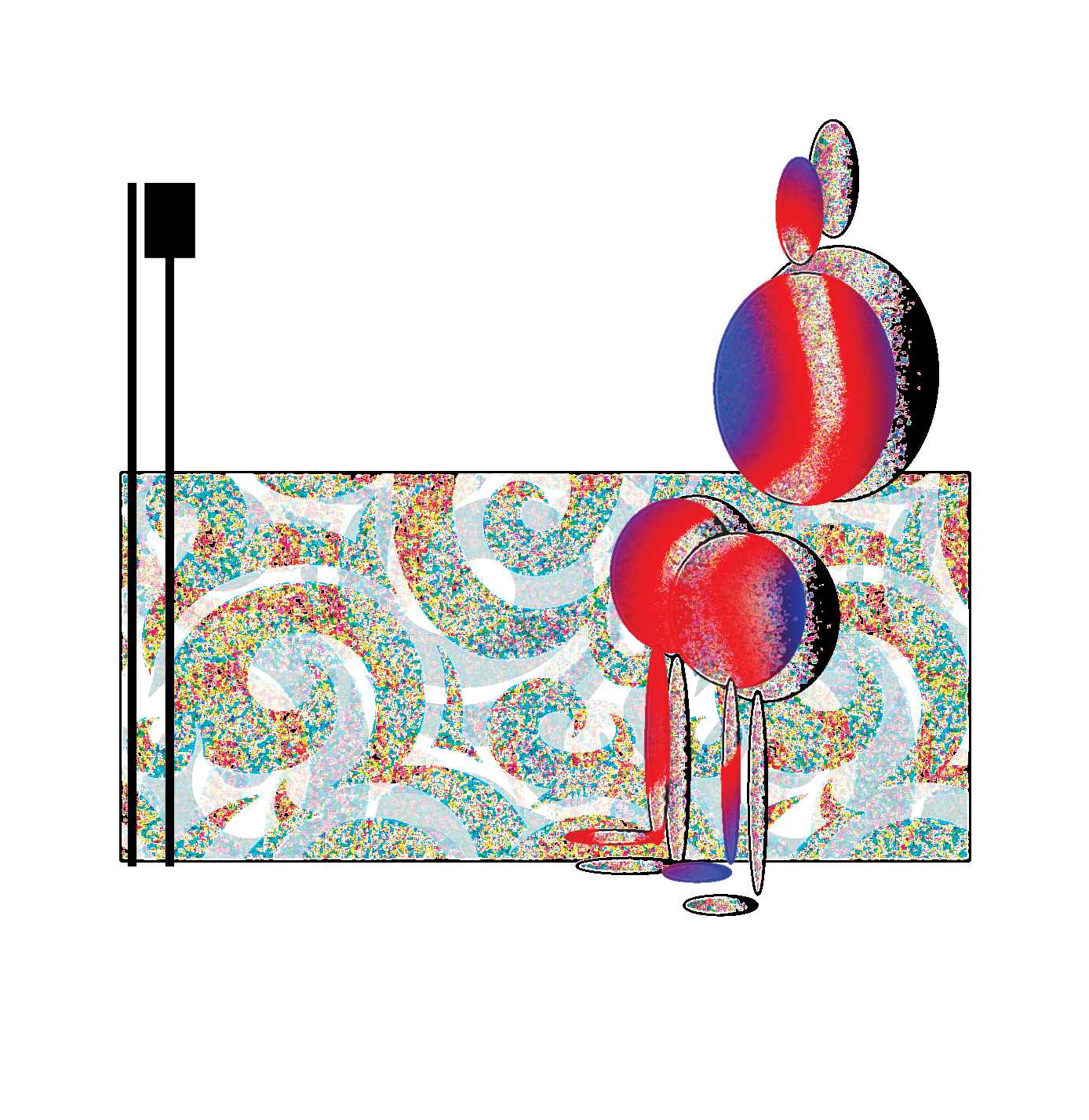

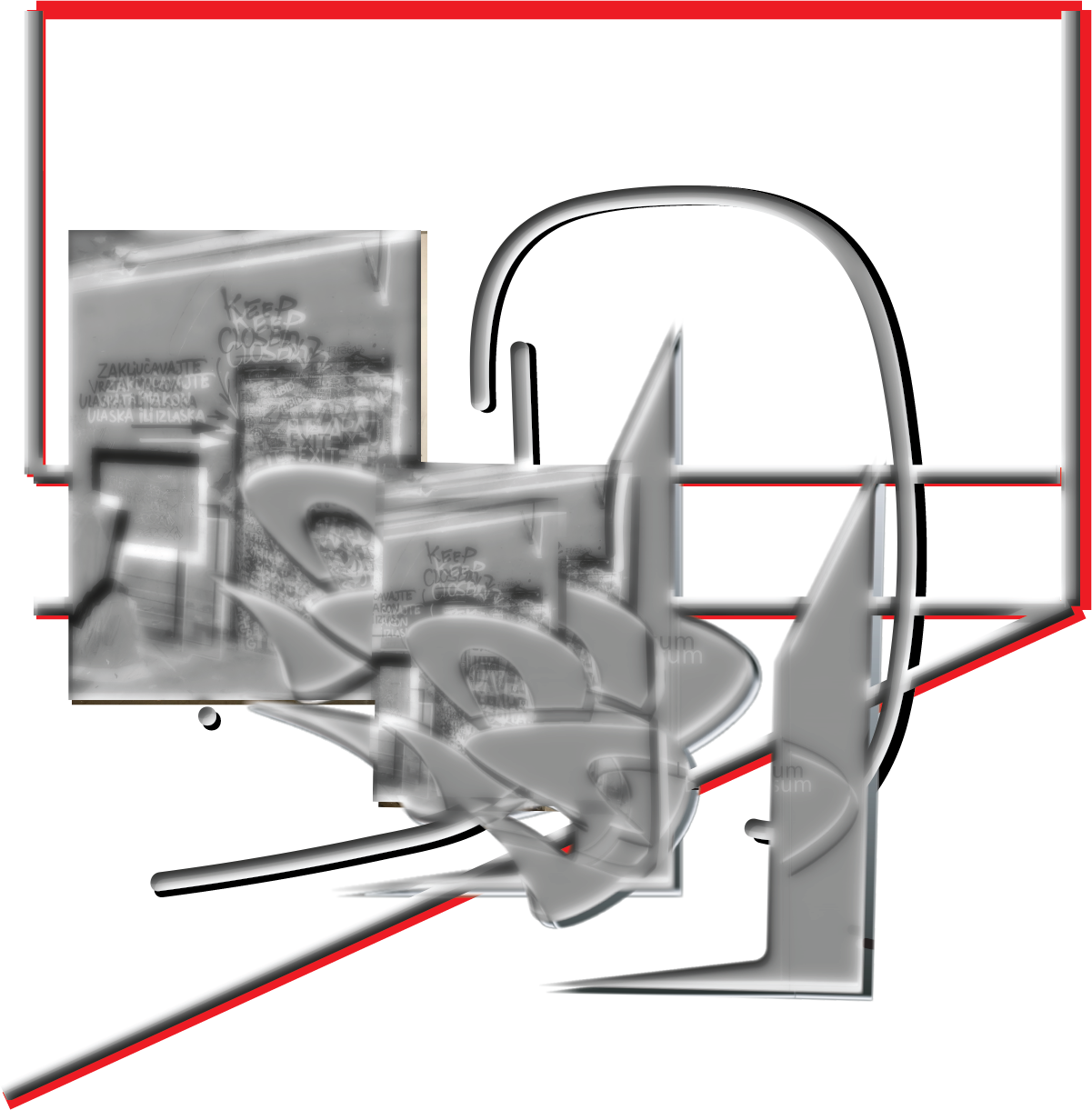
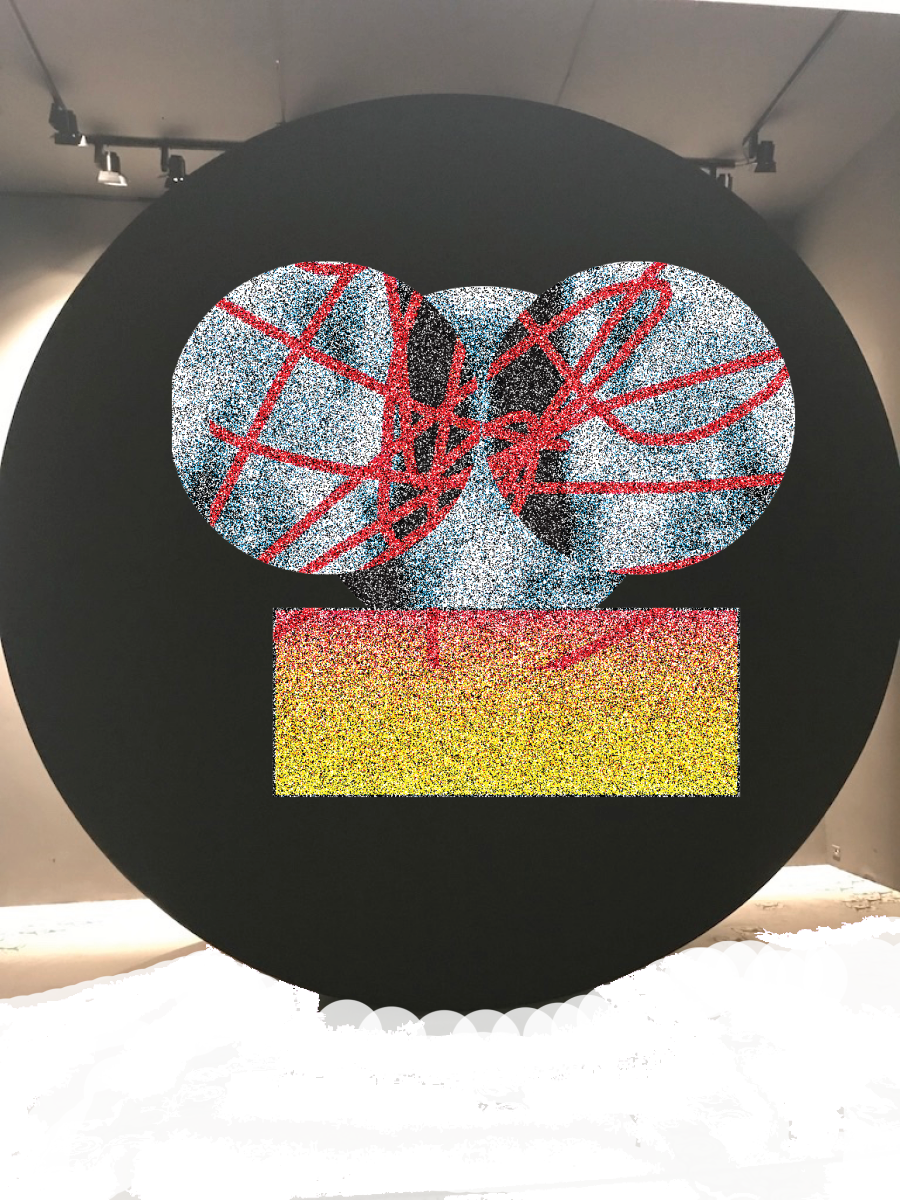
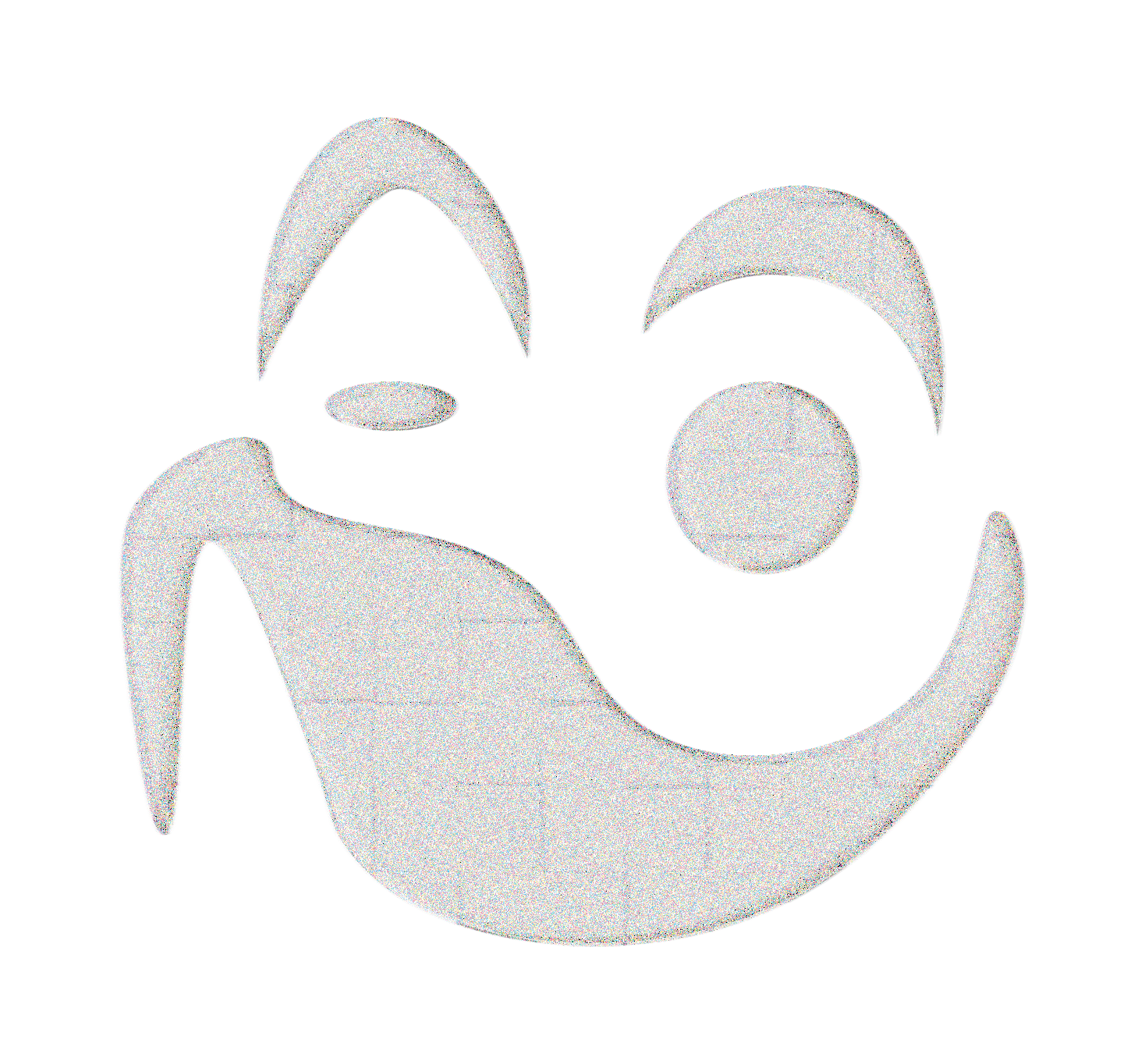
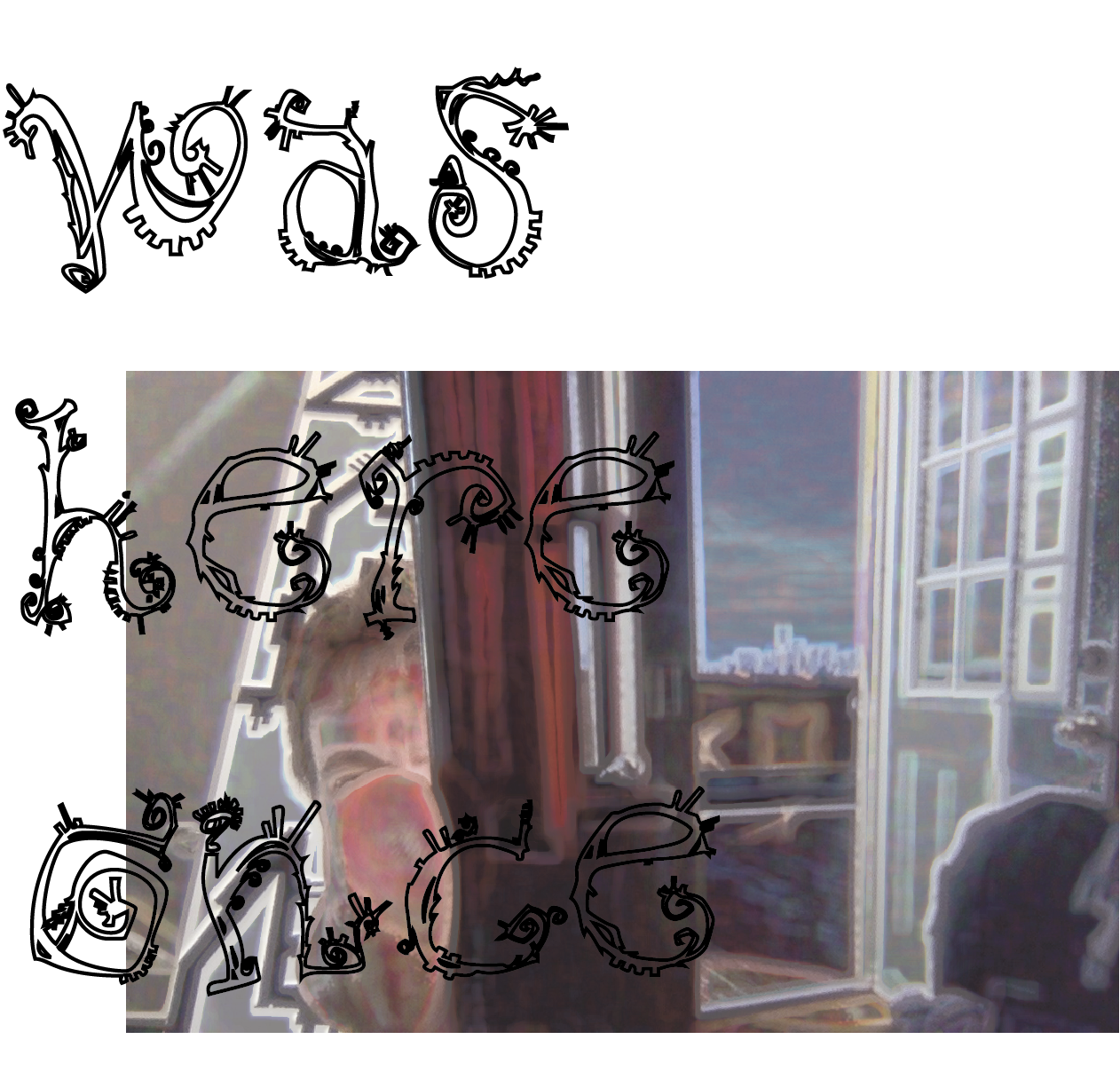


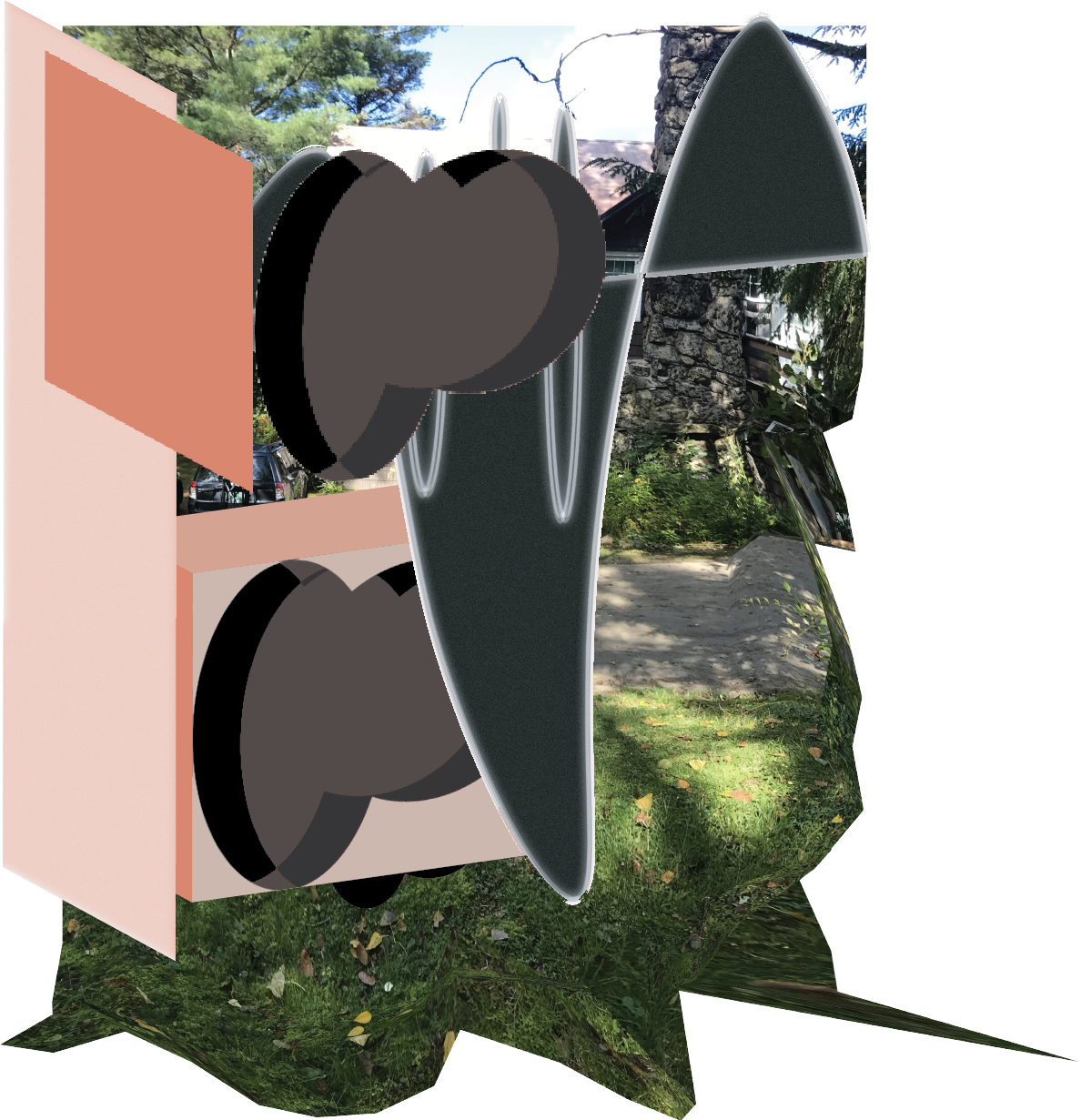
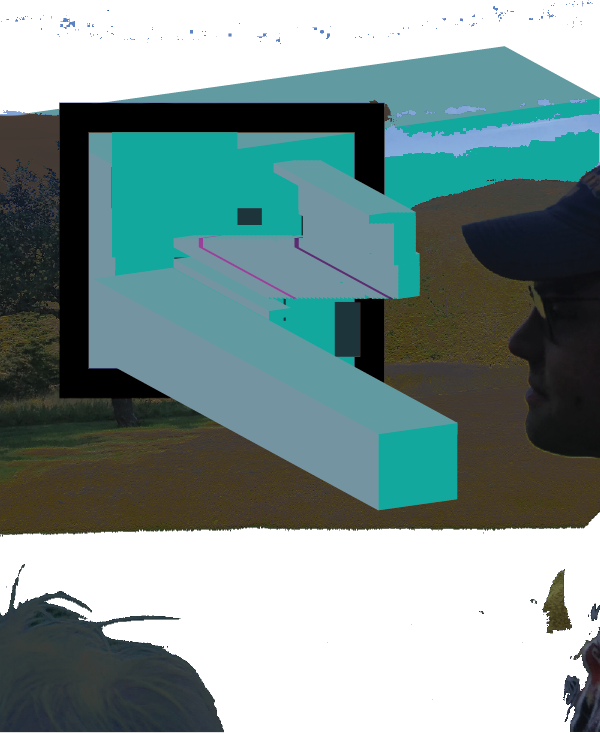
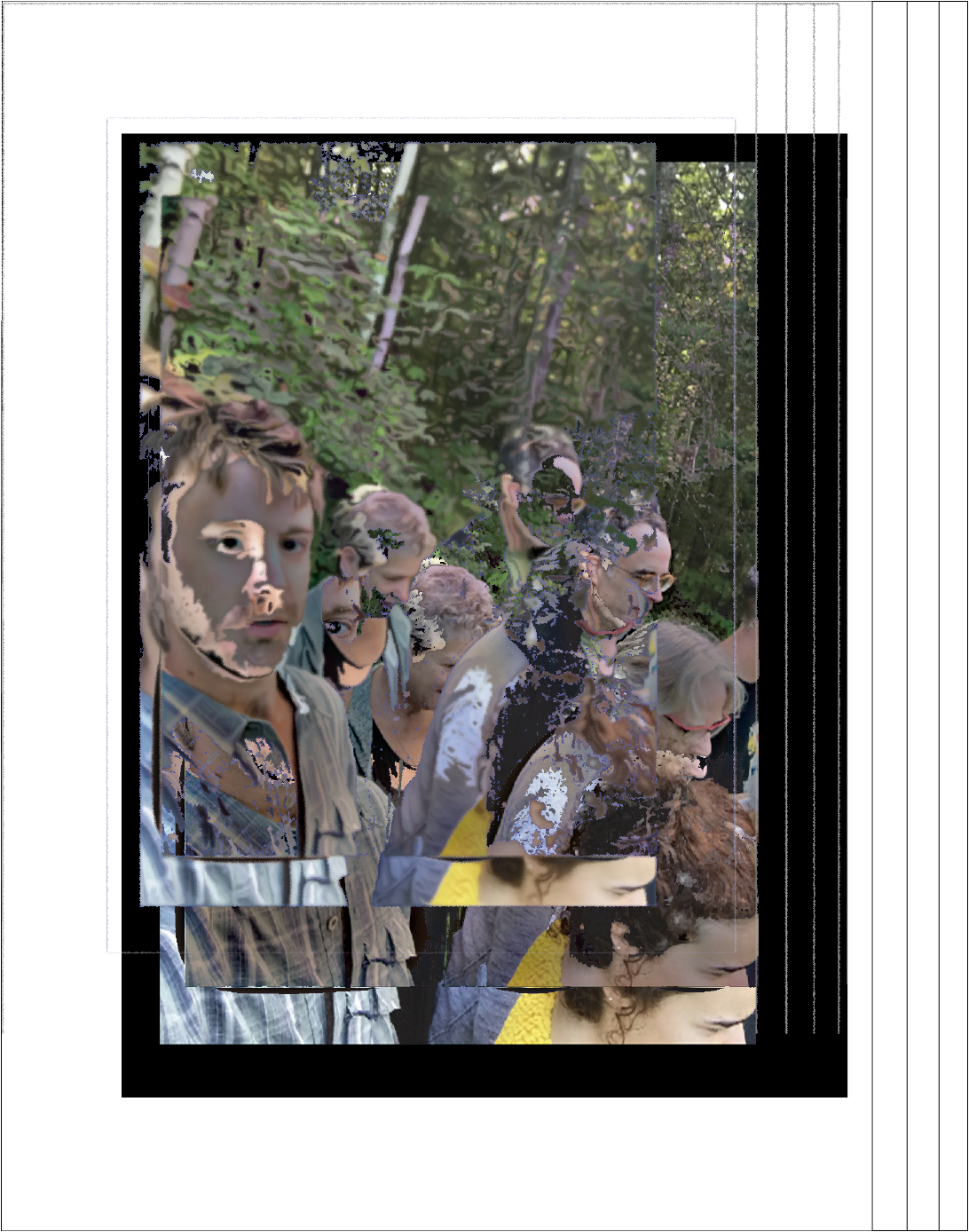
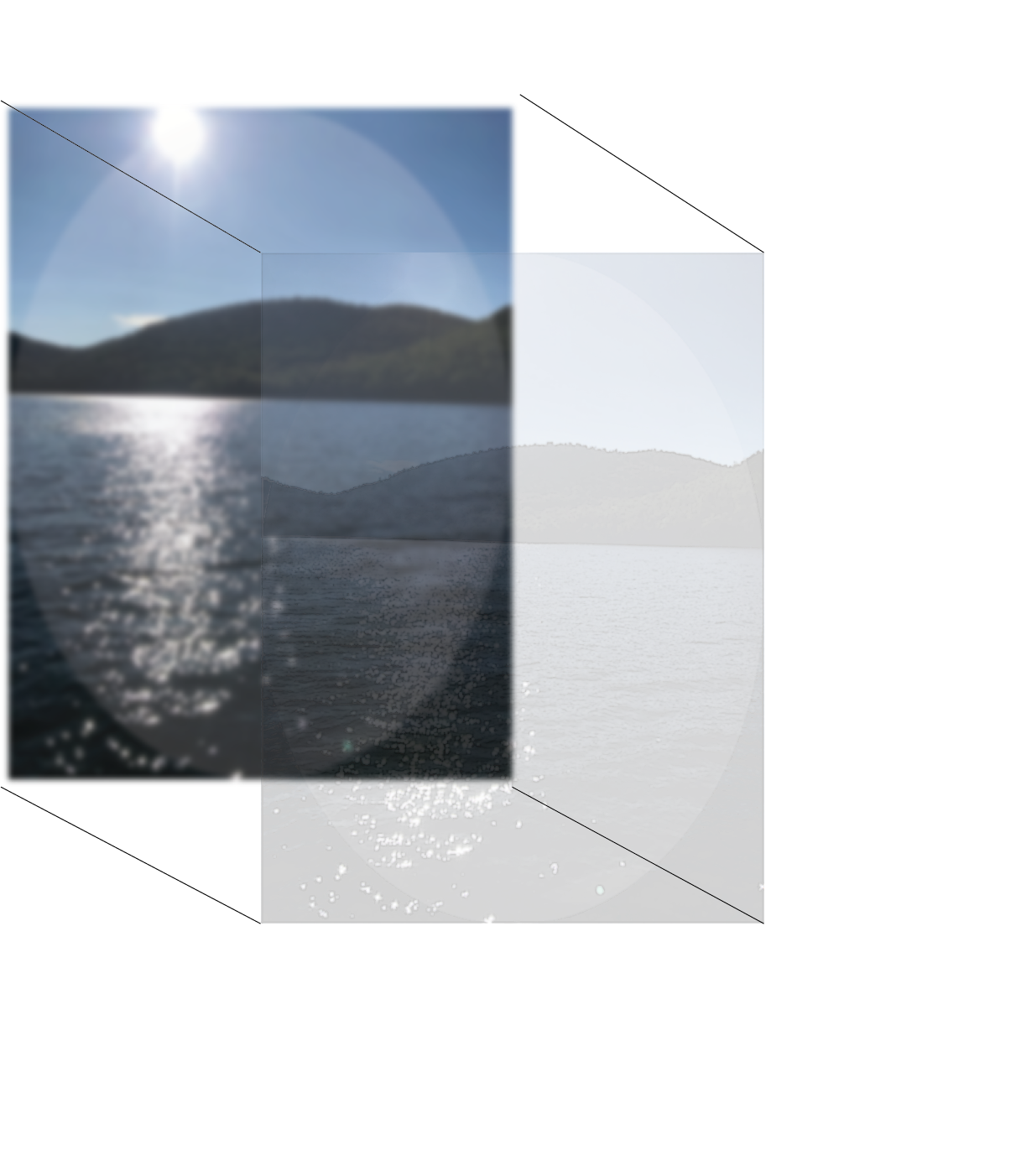
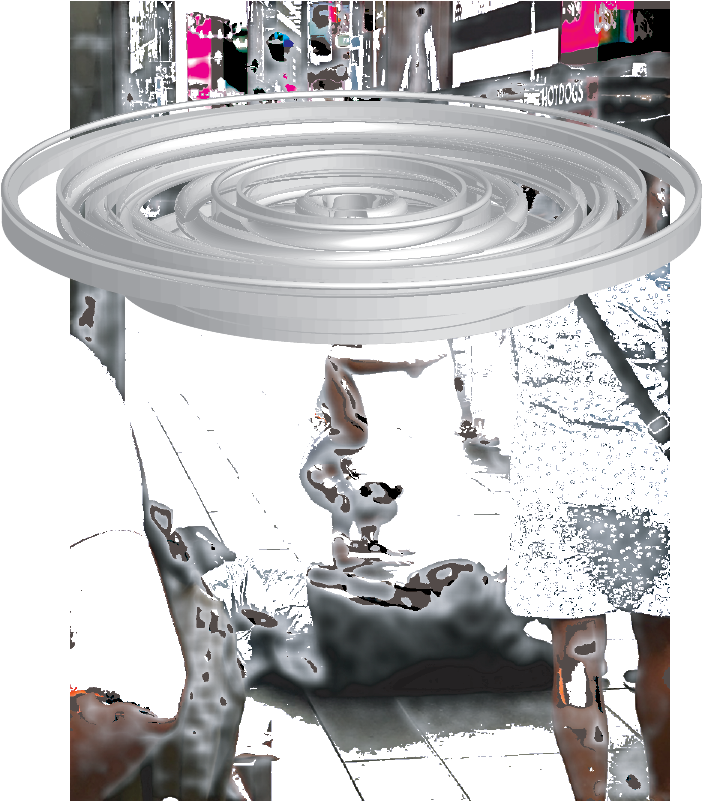




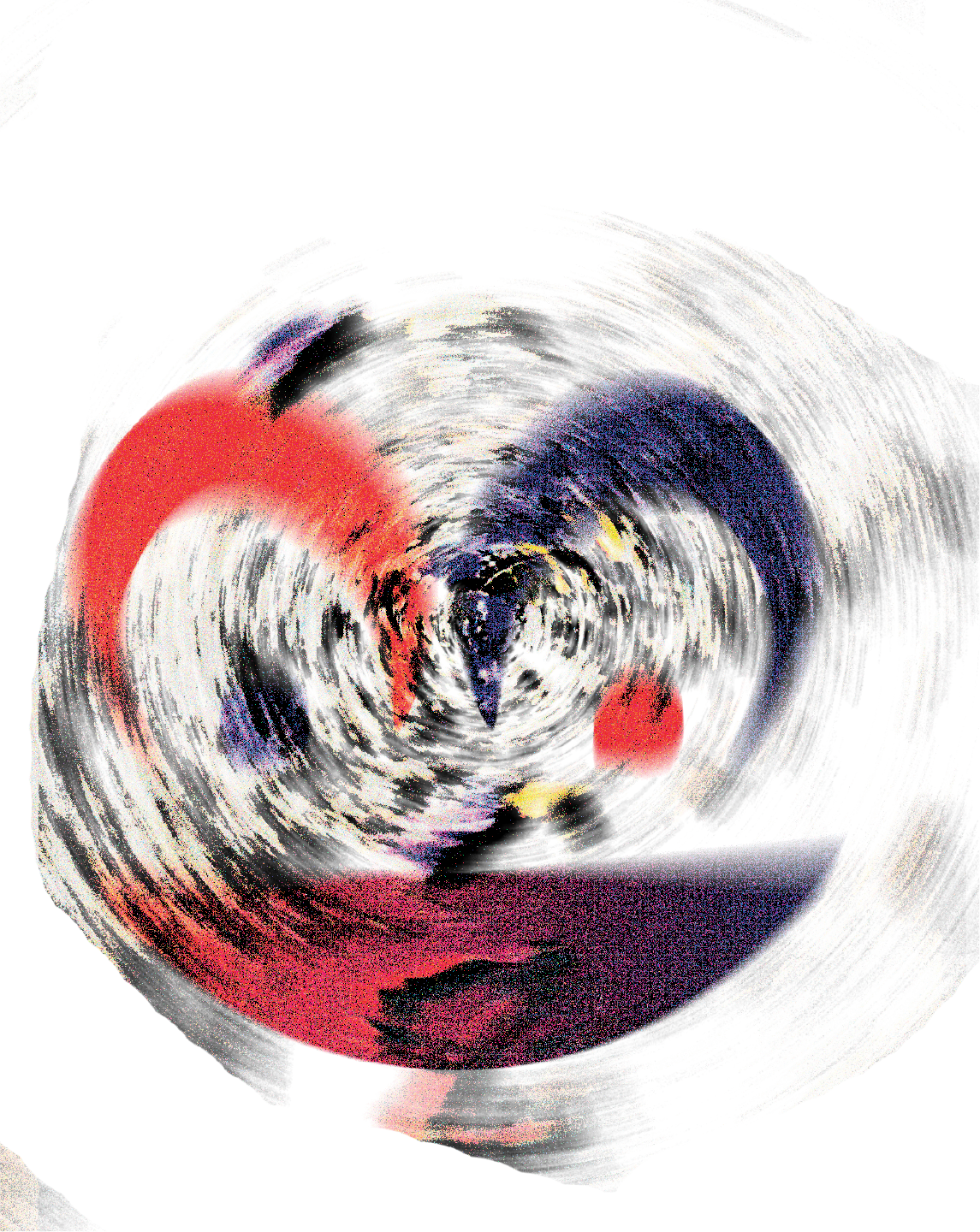

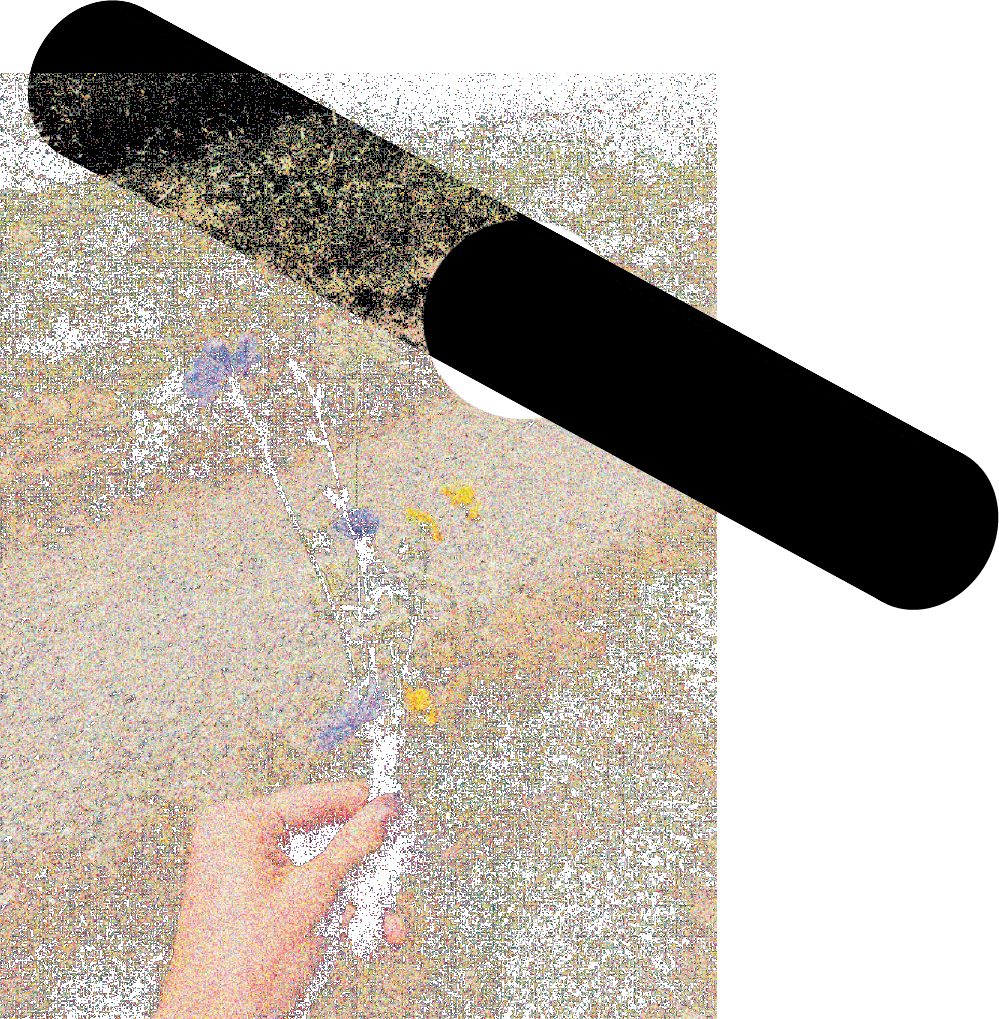
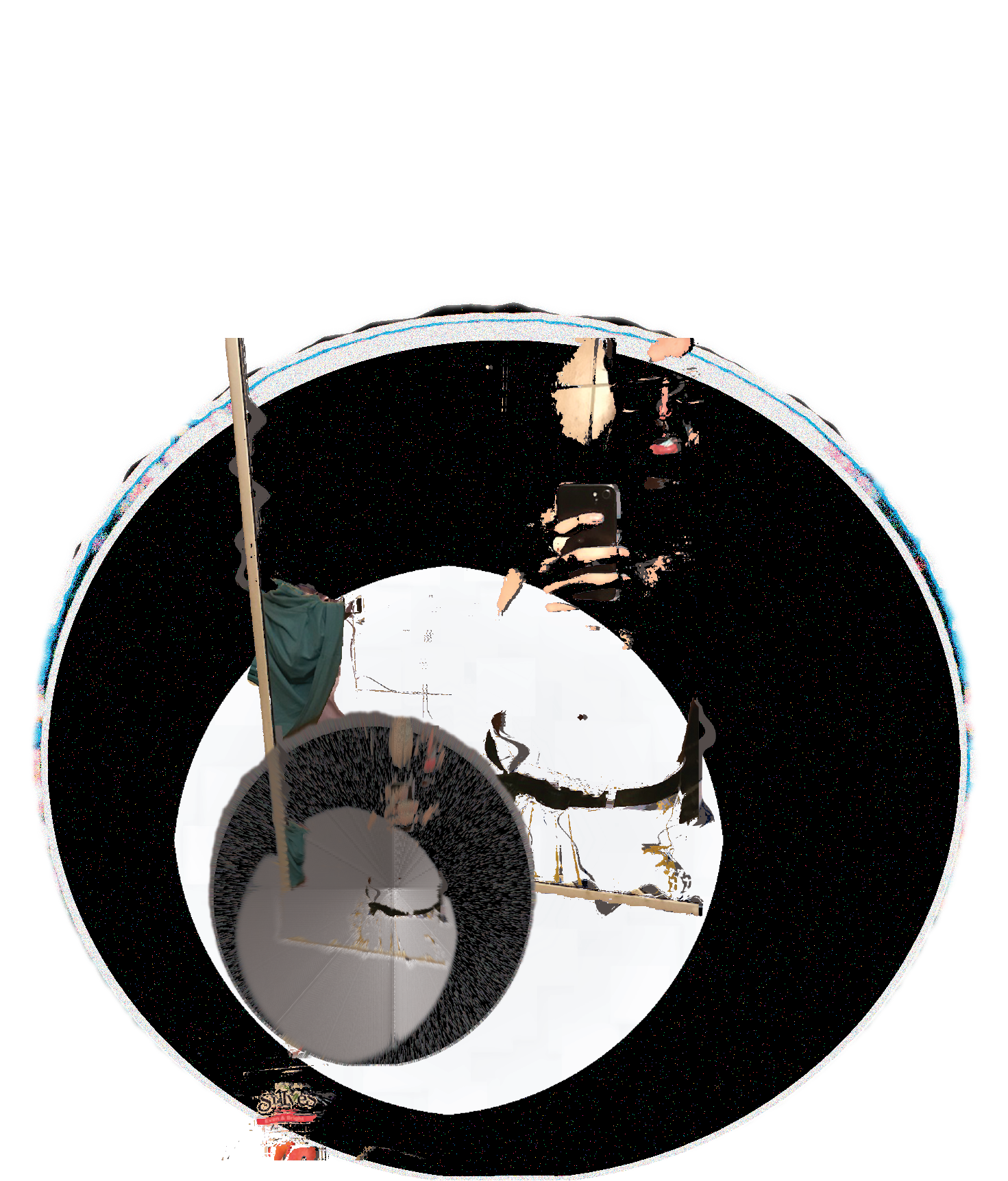
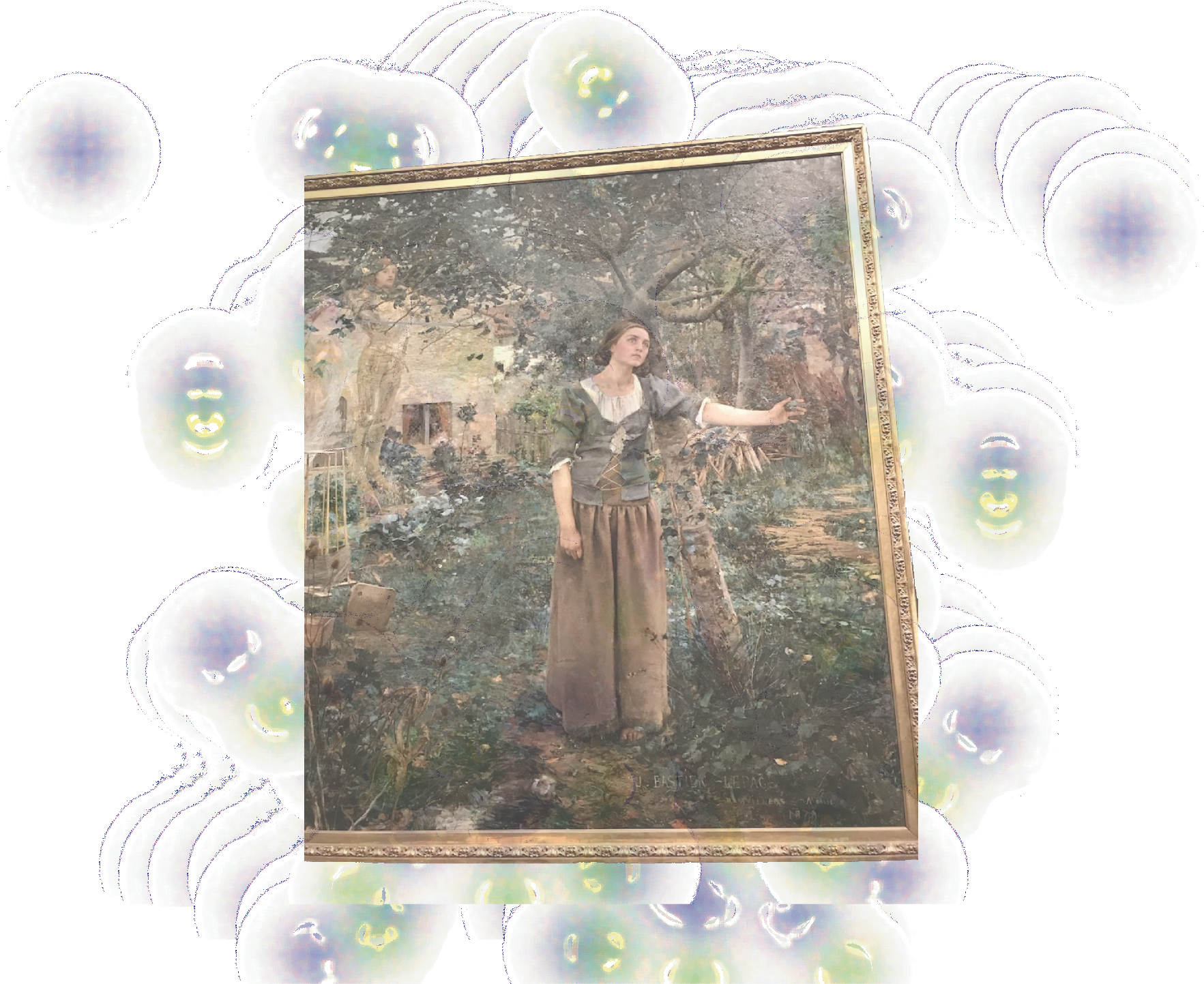


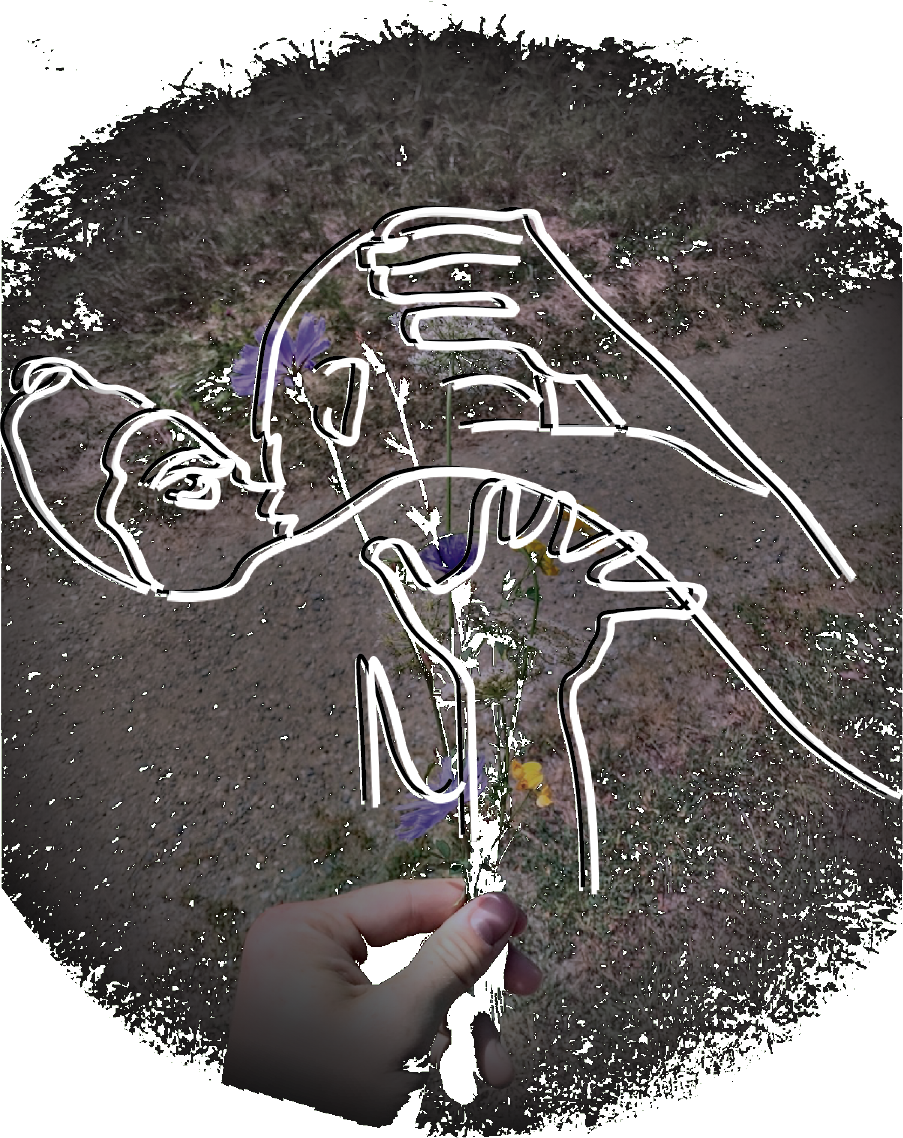
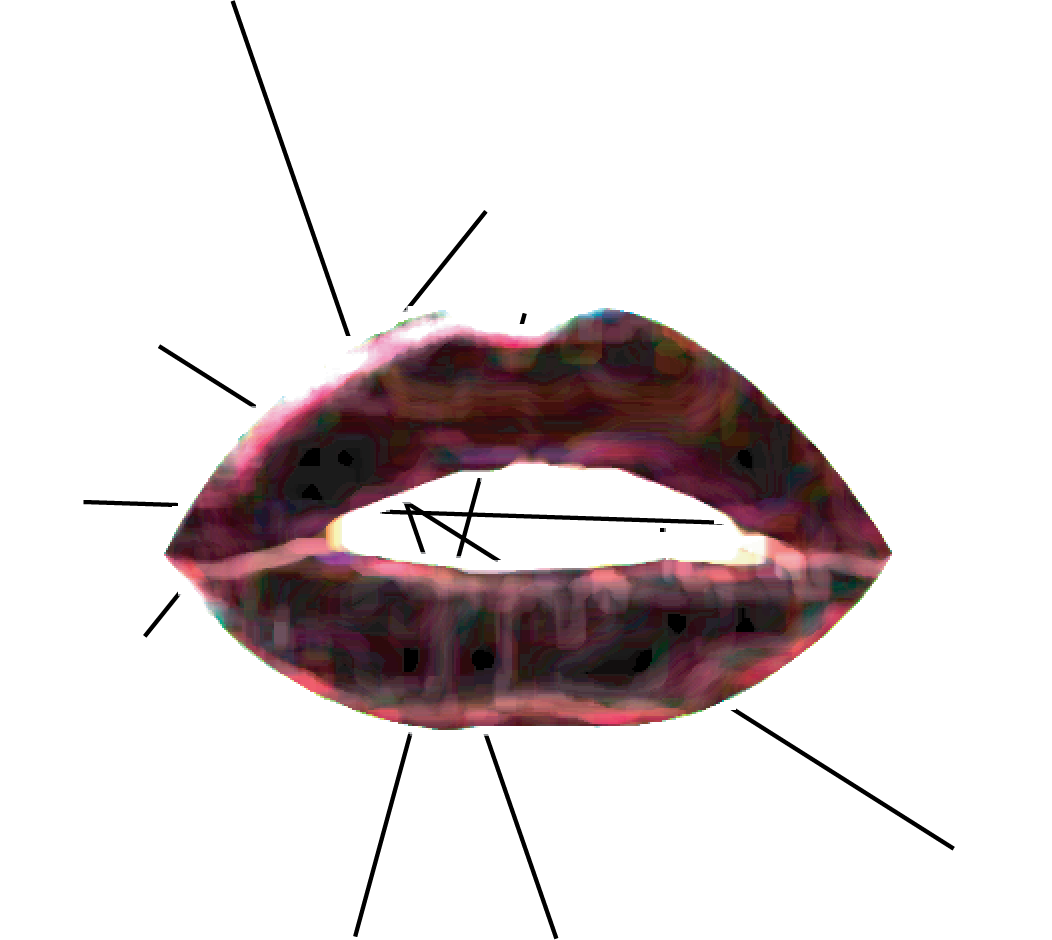


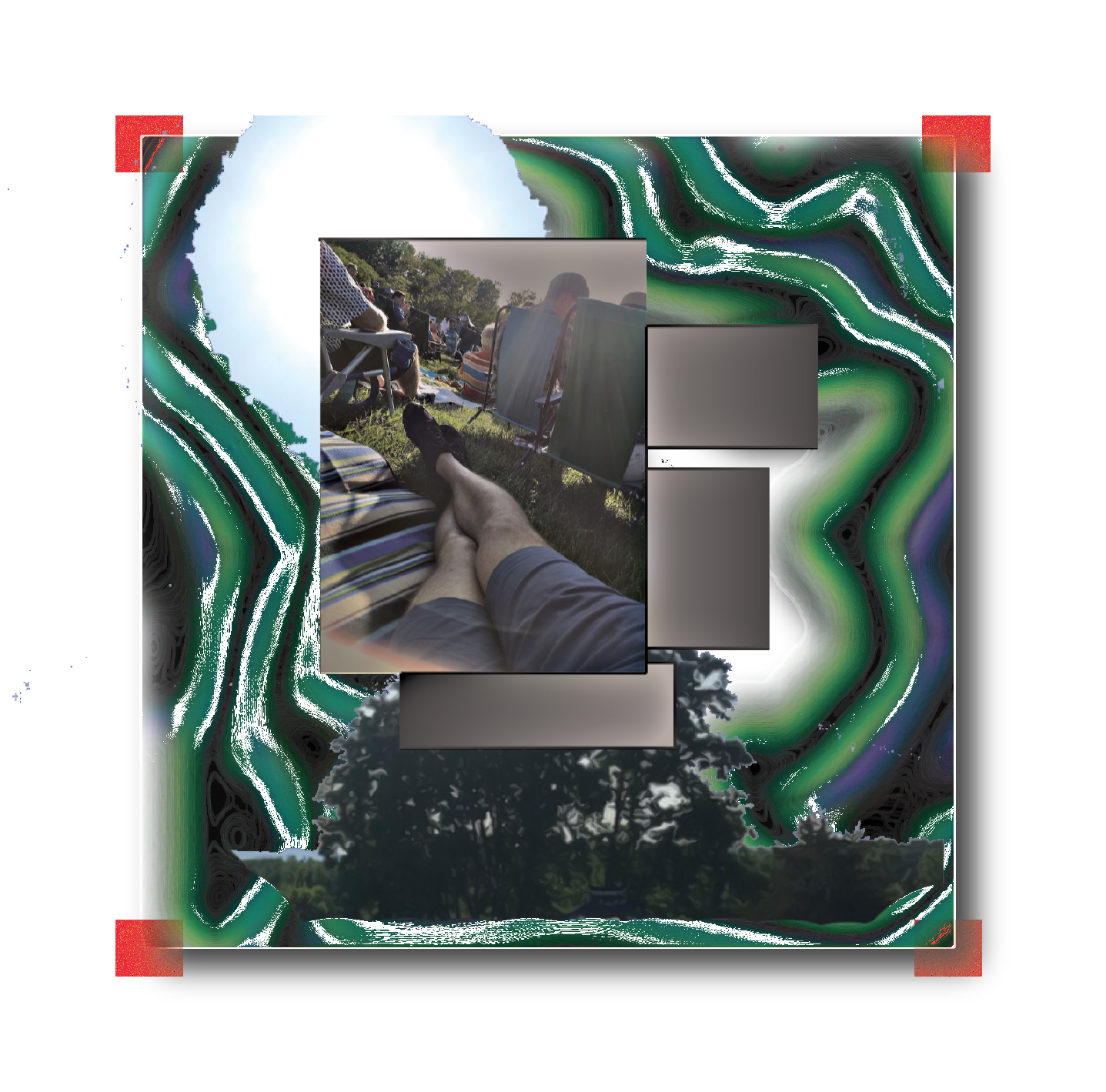
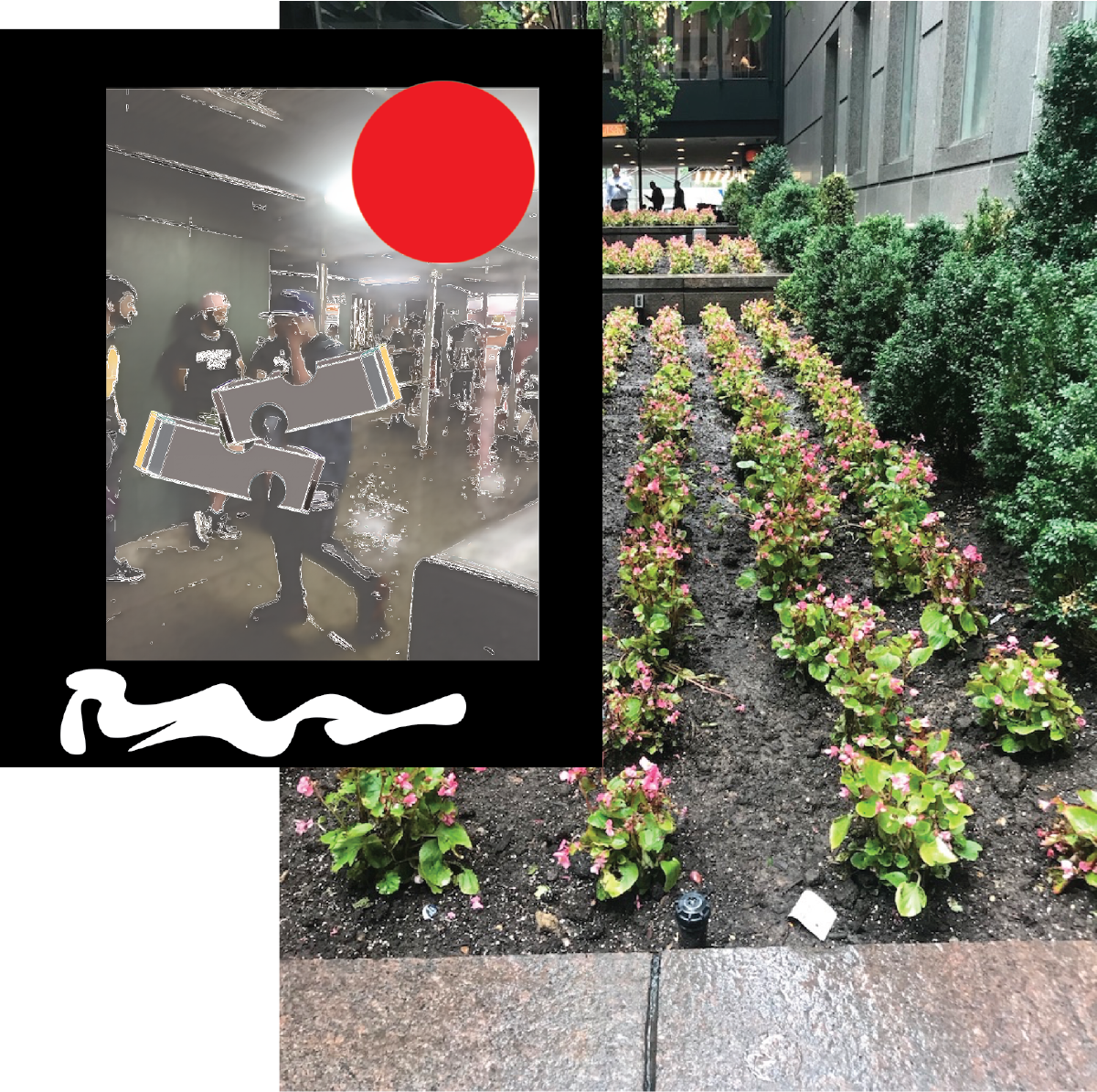
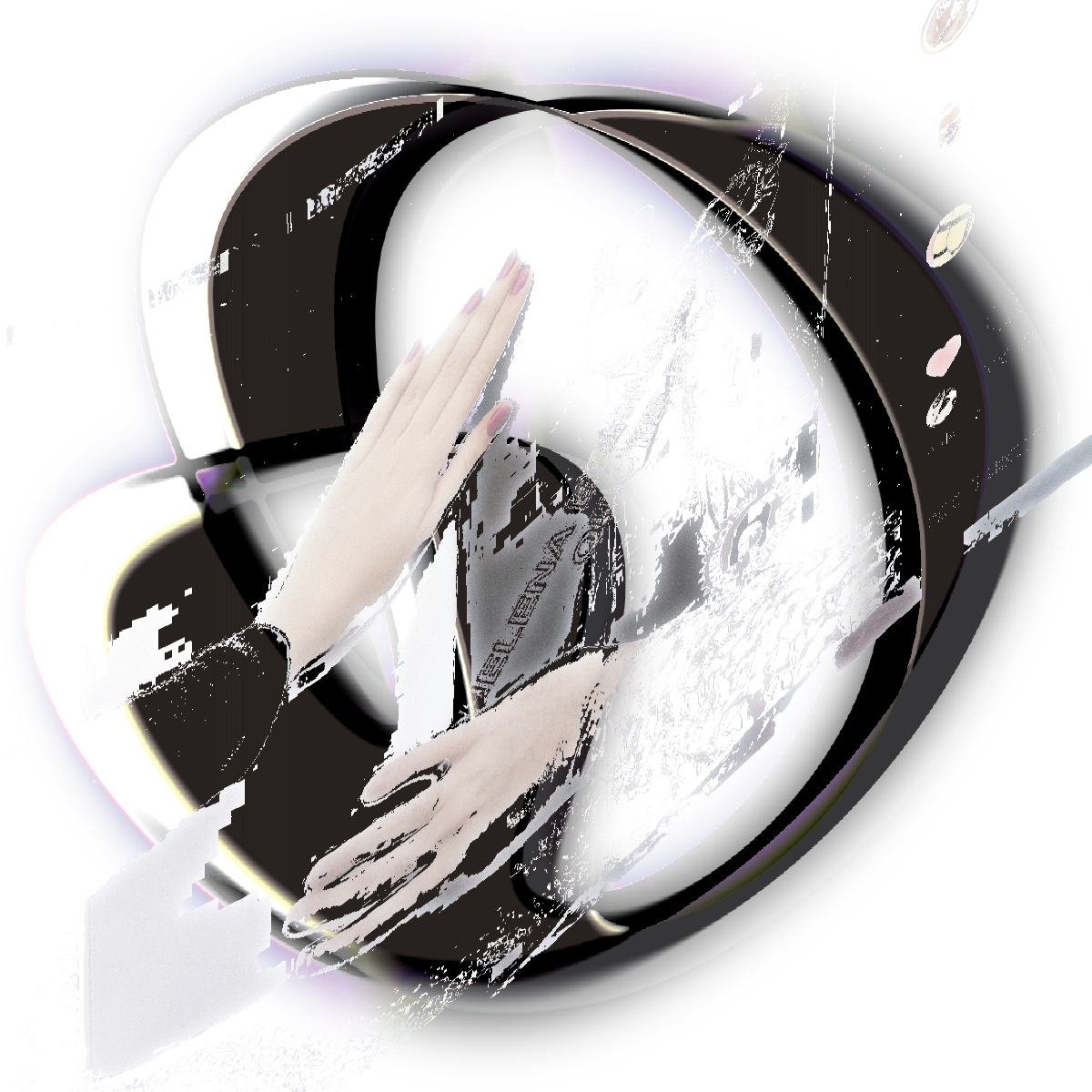


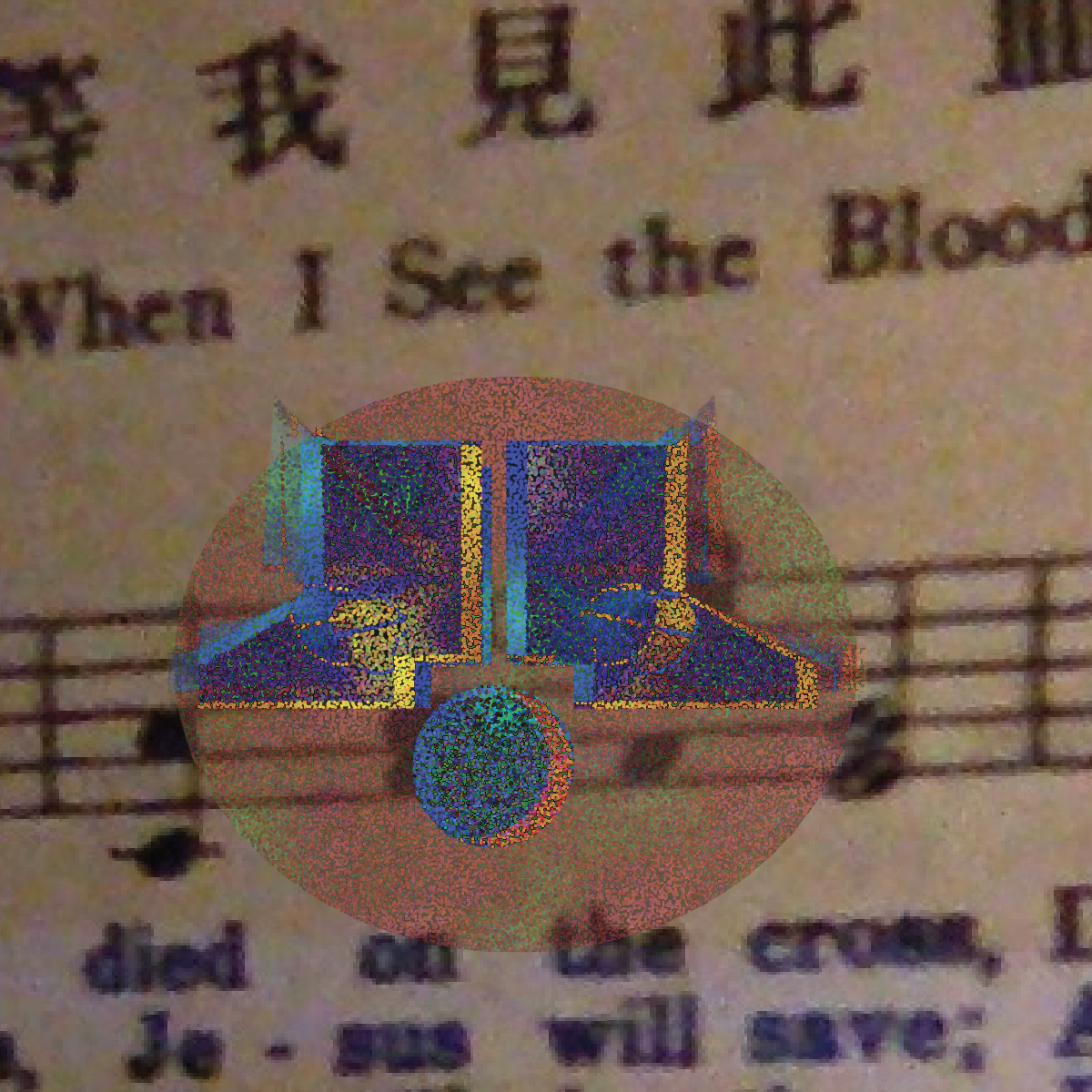

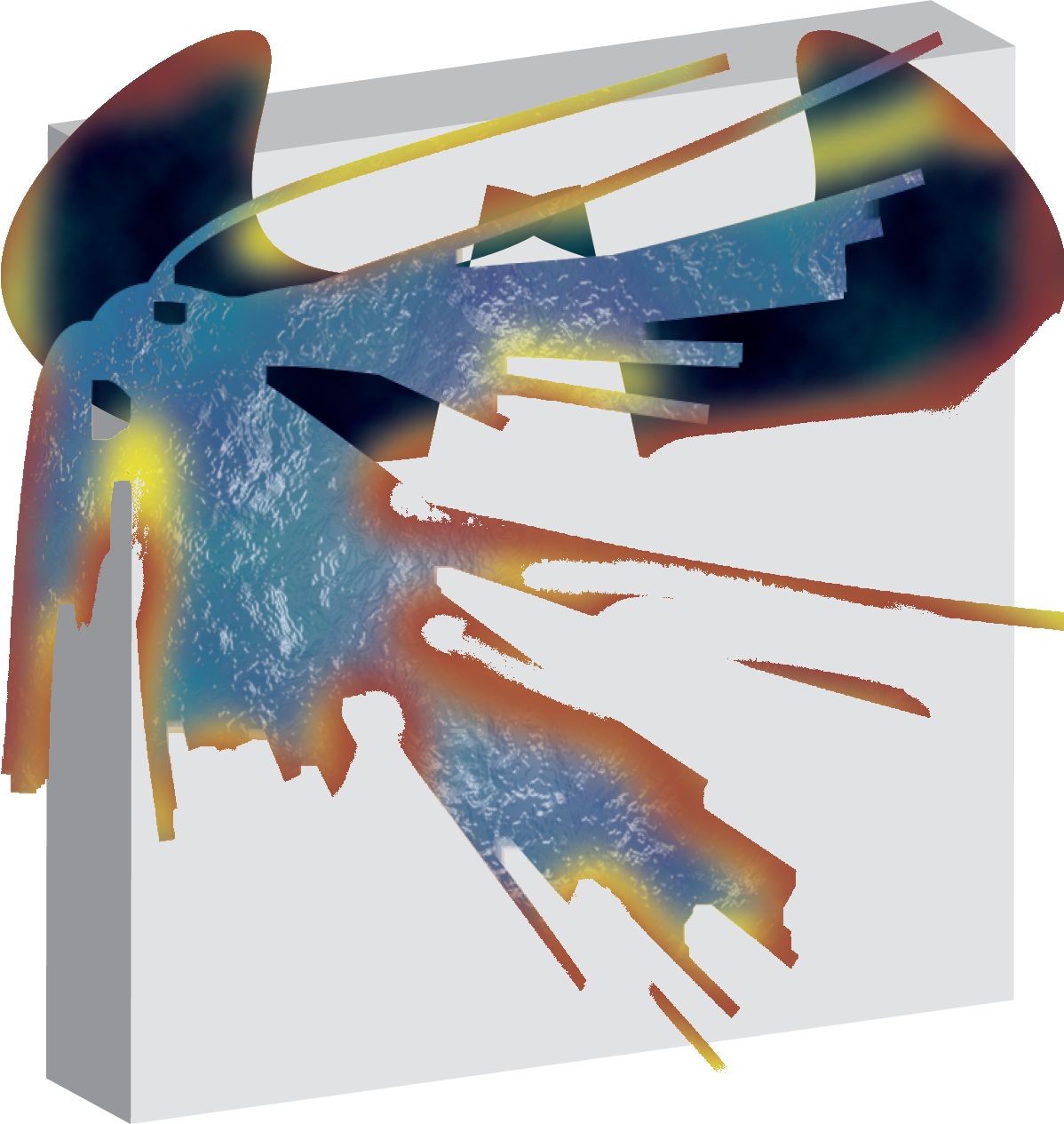

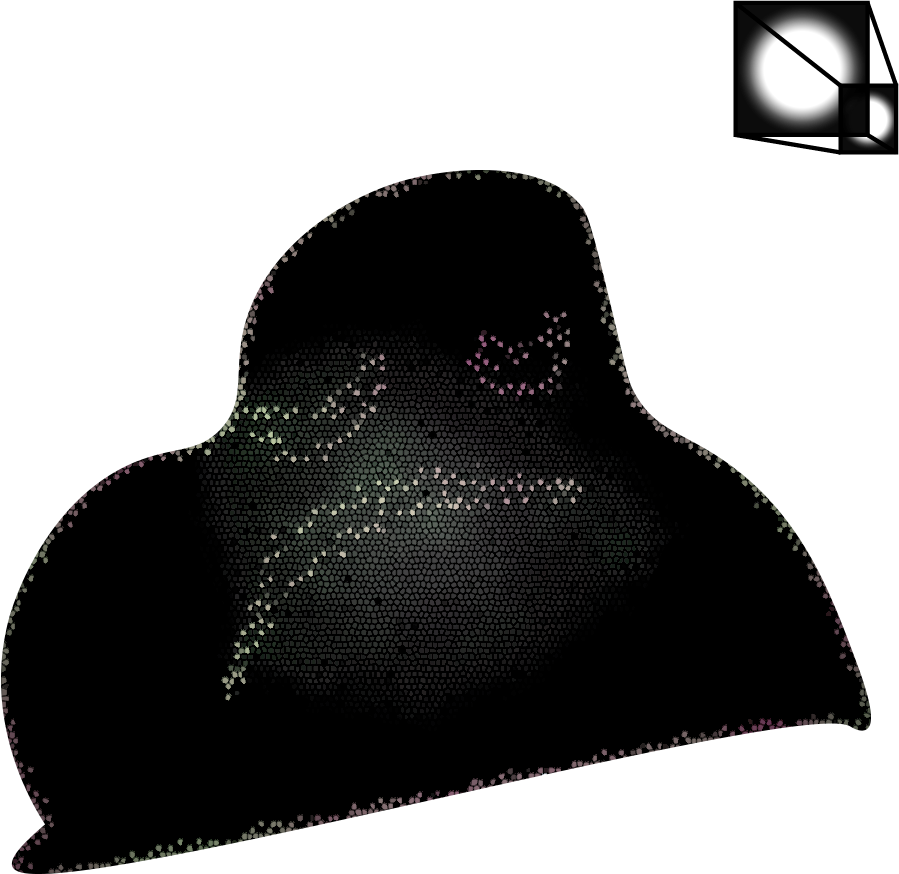
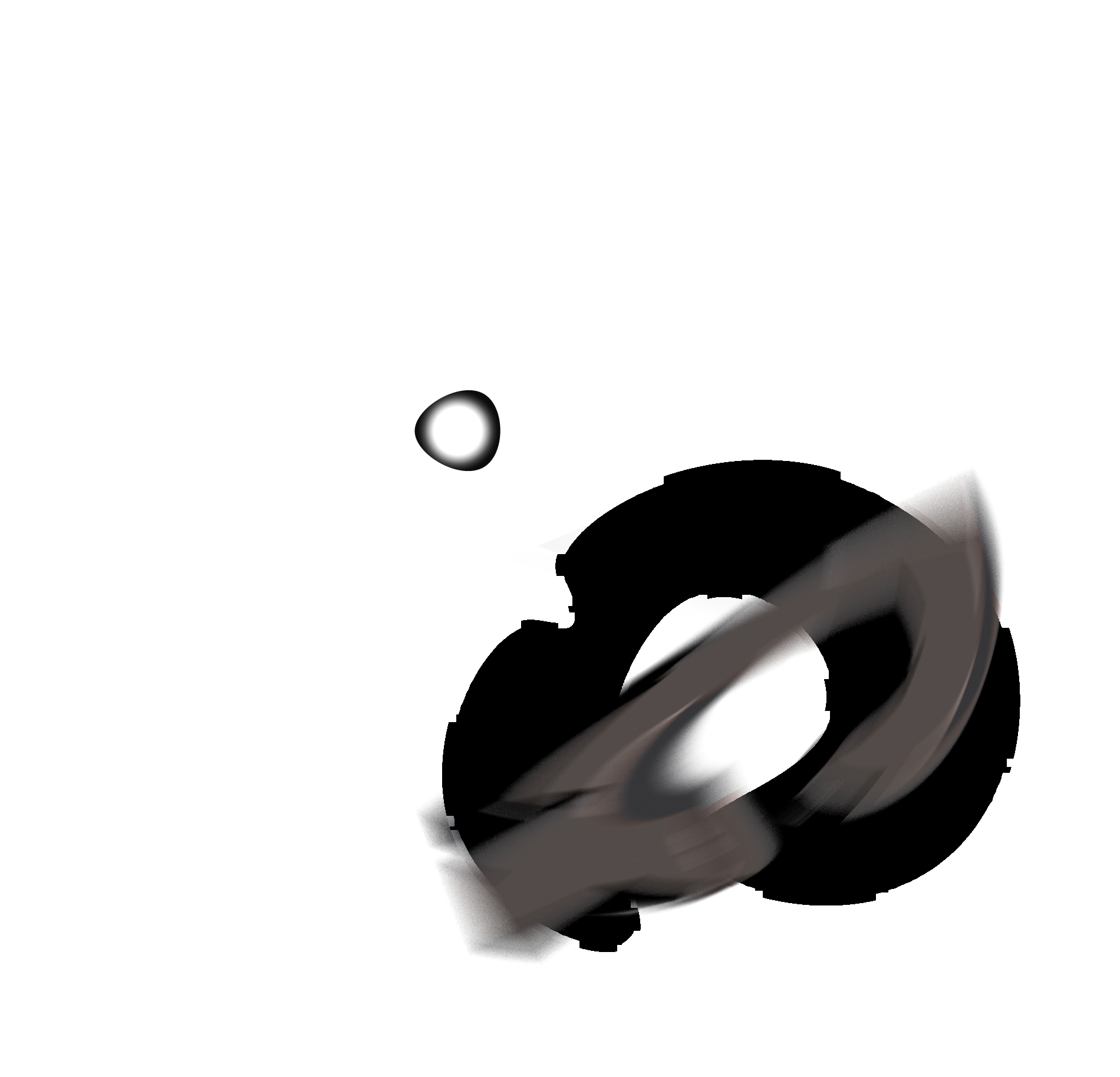 hi. its been a second. ANGER
hi. its been a second. ANGER

